BLISS
October 9, 2022PRESS RELEASE
Exhibition Text by Marie Ségolène
I am thrilled to invite you to the opening of Bliss: a two-day pop up group exhibition at babayaga in Hudson (New York)
on October 8th from 3 to 9pm.
Bliss: presents a selection of works by Julien Parant-Marquis, Cléo Sjӧlander, éli del and Alex Patrick Dyck exploring Chepurin’s definition of “bliss”. In Chepurin’s text, bliss is an alternative to the modern world, it is a state ofundivided immanence, akin to Levinas’ escape. Bliss frees us from thelos into a state of non-temporal oneness. Bliss is the answer to alienation, it is non-productive and utopic.
The paintings, sculptures and text-based works that will be shown operate in states of in between - in between temporalities and in between materialities. They are works that push the viewers in a state of uncertainty and uncanniness by combining precision to excess, and beauty to the grotesque. If bliss is the aftermath of annihilation (like Chepurin posits) it is also the essence of rebirth, the beatitude of resilience and joy in revolution.
While Parant-Marquis’ surreal paintings invite the viewer into an abstract interior reminiscent of organs, plant life and caves; Sjӧlander combines elements found in nature (insects, vegetation) to tentacular ceramic objects that penetrate the space like stalagmites. éli del’s work is imbued in spiritual ritual: bioengineered skins and animal hides are tattooed with sigils and suspended, evoking the gut bacteria’s wisdom and celebrating the parasitic relationships intrinsic to nature. Finally, Patick-Dyck’s text based works act as altars, poems celebrating states of devotion, intoxication, grief and ecstasy. These are maximalist calls to the divine, that celebrate all over-pouring. Ink drips on fabric, images are collaged between flower petals, wine stains and dirt dye surfaces with urgency.
This exhibition is my first curatorial project in the US and it is particularly exciting to me since it brings together artists that I am completely in awe of, in a place that profoundly enchants me. I am so grateful to Tomm Roeschlein and babayaga for hosting this project.
BLISS
“Bliss collapses the categorial structure of the world’s articulation and equals an absolute freedom from the world, in which all binaries that serve to constitute the world are immediately revealed as null and void – including the binaries of subject and object, self and other, being and nothingness, life and death, day and night. Bliss is apocalyptic: it dissolves the world as in water, consumes it as in fire, so that nothing remains except the ecstasy of the world’s “annihilation” or “termination”.
K. Chepurin, Romantic Bliss –or, Romanticism Is Not an Optimism.
“Thus, escape is the need to get out of oneself, that is, to break the most radical and unalterably binding of chains, the fact that the I [moi] is oneself [soi-même].”
E. Levinas tr. B. Bergo, On Escape (De l’évasion)
“ - Yes, well they stuck their tongues between the rose petals. And, I think that right in the middle, there, they must have found a garden - the gap garden. And if you’d ask the tongue what it found it’d tell ya that the apertures are all around, a true collection of conduits, or veins. Some of those holes will leave you breathless - like grief. And others breathfull- like ecstasy. But they are one and the same.
In the butthole of the rose, like a belly, you’ll be nurtured. It's the incision into bliss. At this point you might say: “is it bliss that is illusory? Or is it the world?”1 and I’d reply: just think of it like an eden, between inner and outer, between prehistory and future, between ghostly and corporeal, between artifact or fiction.
This is our time suspended.
Let me tell you of the aftermath, it is like being swallowed. In the abdomen, the cavern is glossy, and spikey and full of tentacular shapes, that nearly touch but not quite. This is where the love spans, this is where the quiet... Some will say that the teeth of caves are stone, others will believe them to be moist like clay. Either way touch will alter the walls.
After all, they say, you shouldn’t go trying to touch ‘em.”
1 K. Chepurin, Romantic bliss – or, Romanticism Is Not an Optimism, European Romantic Review, p.520.
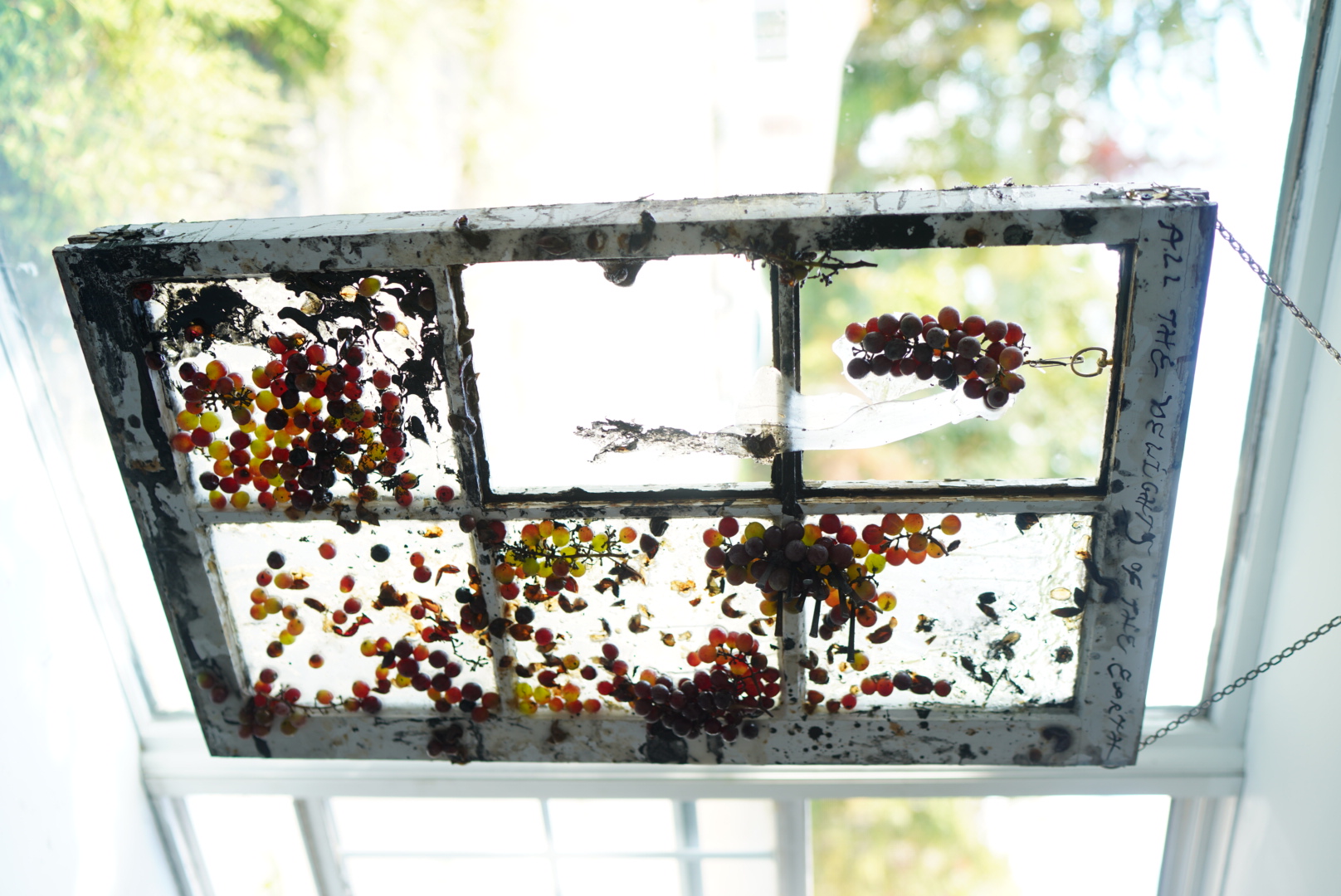
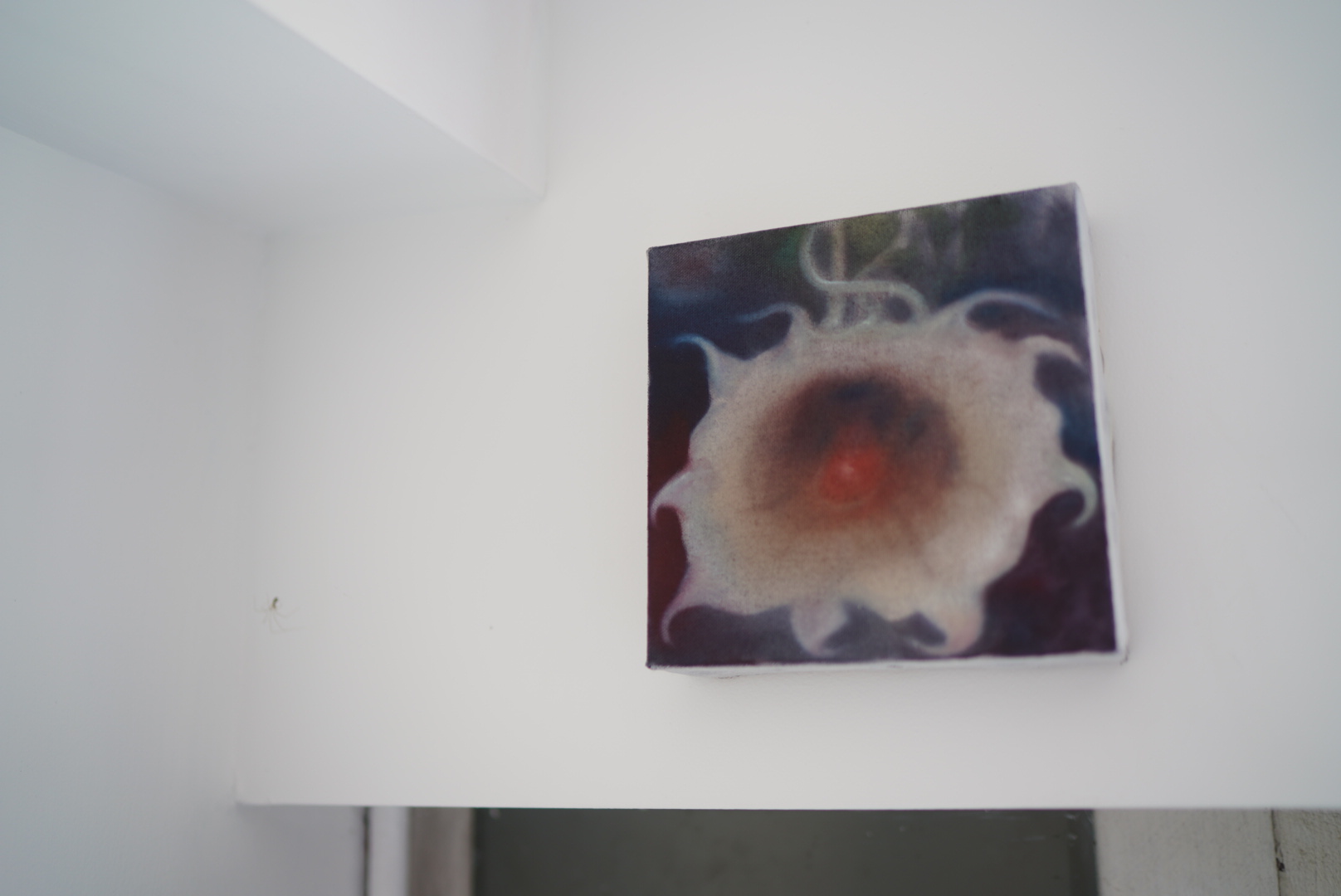
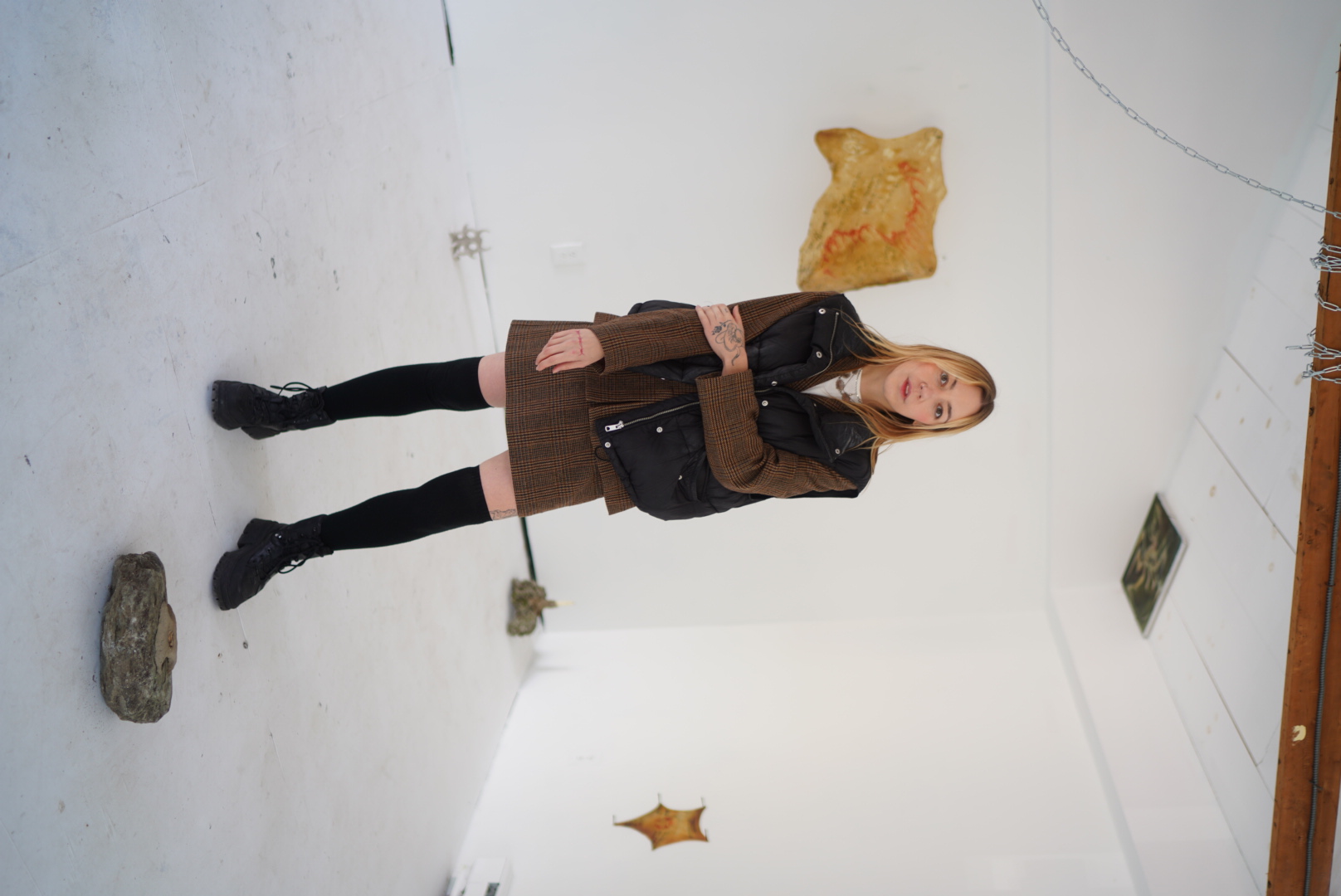
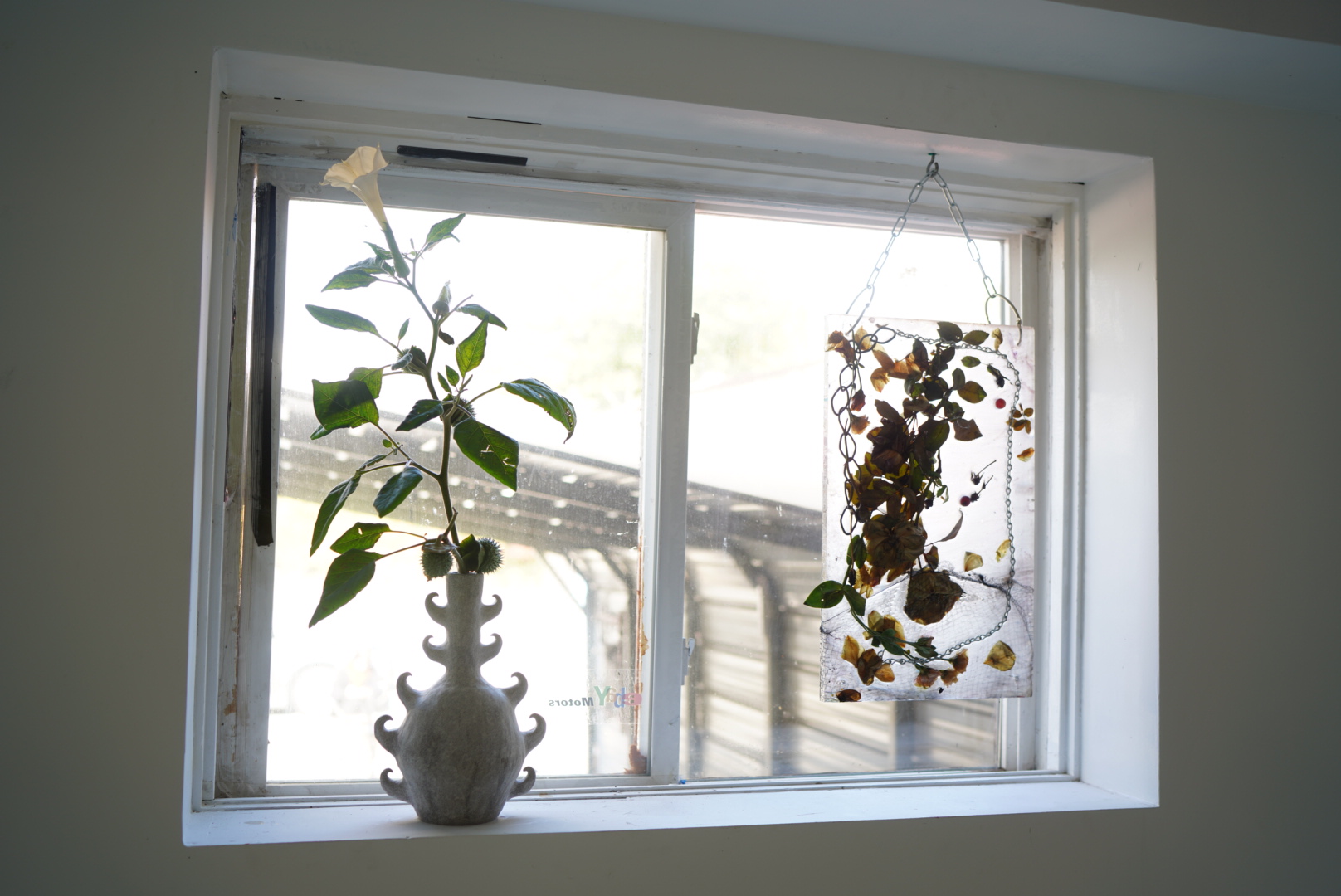


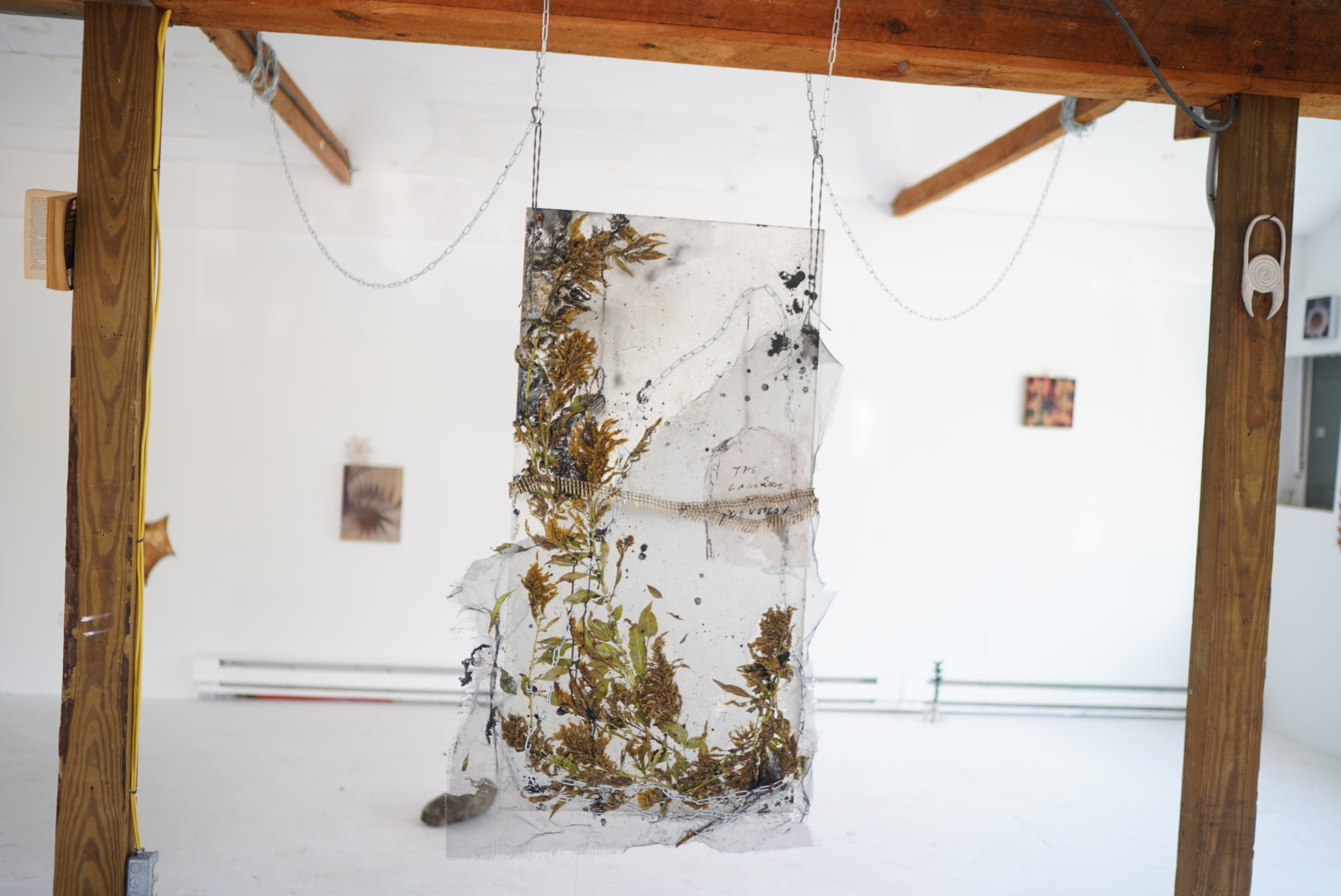
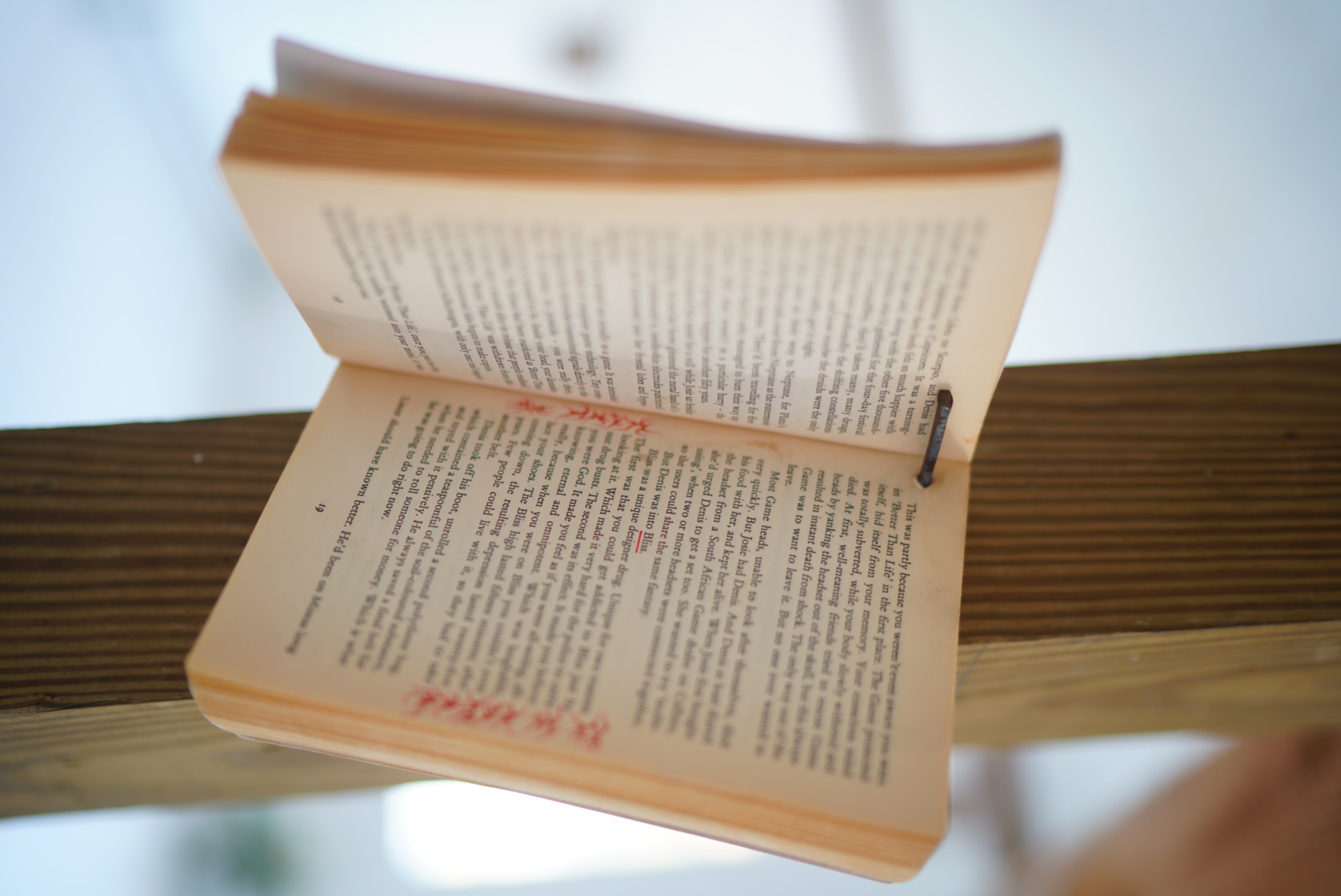
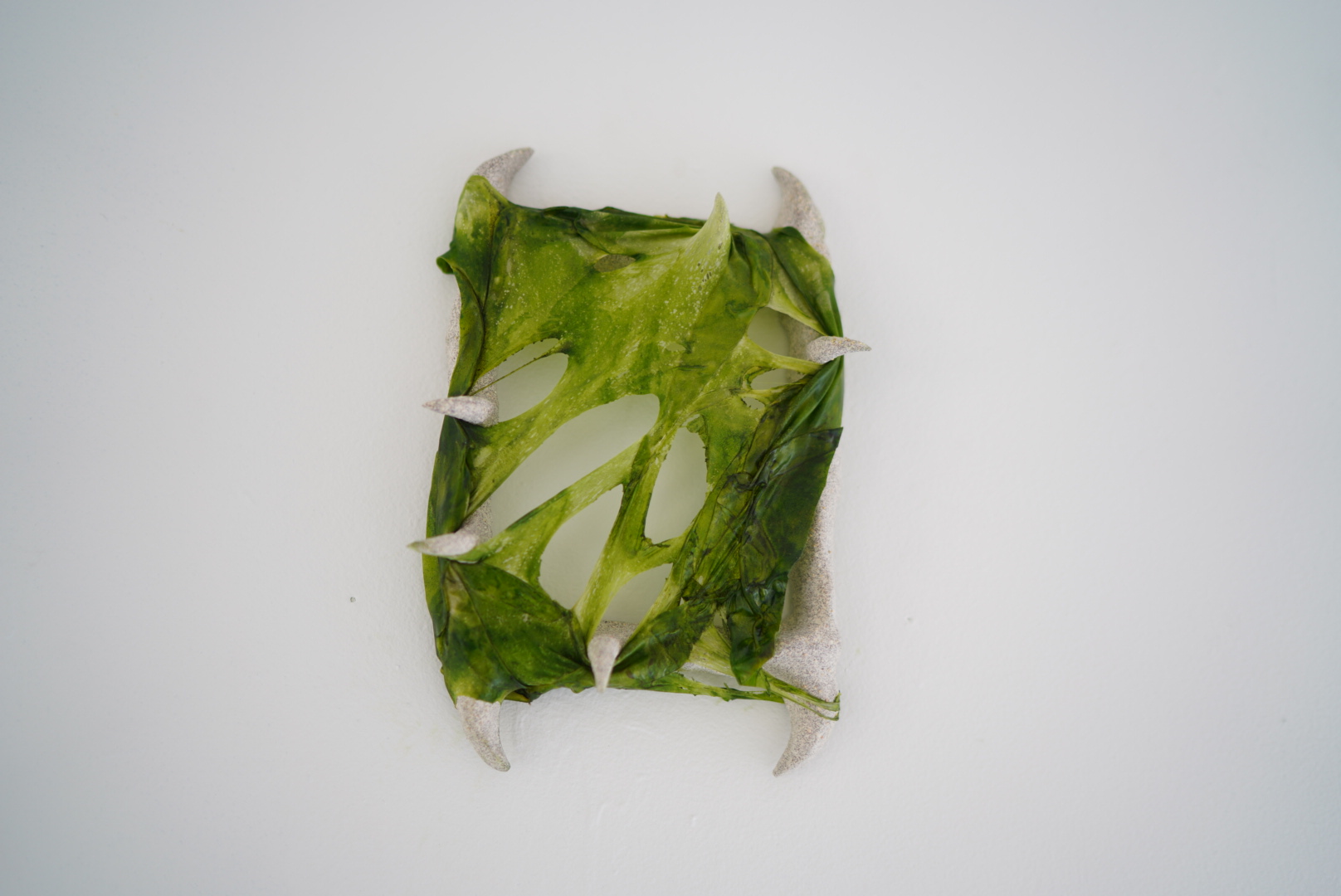
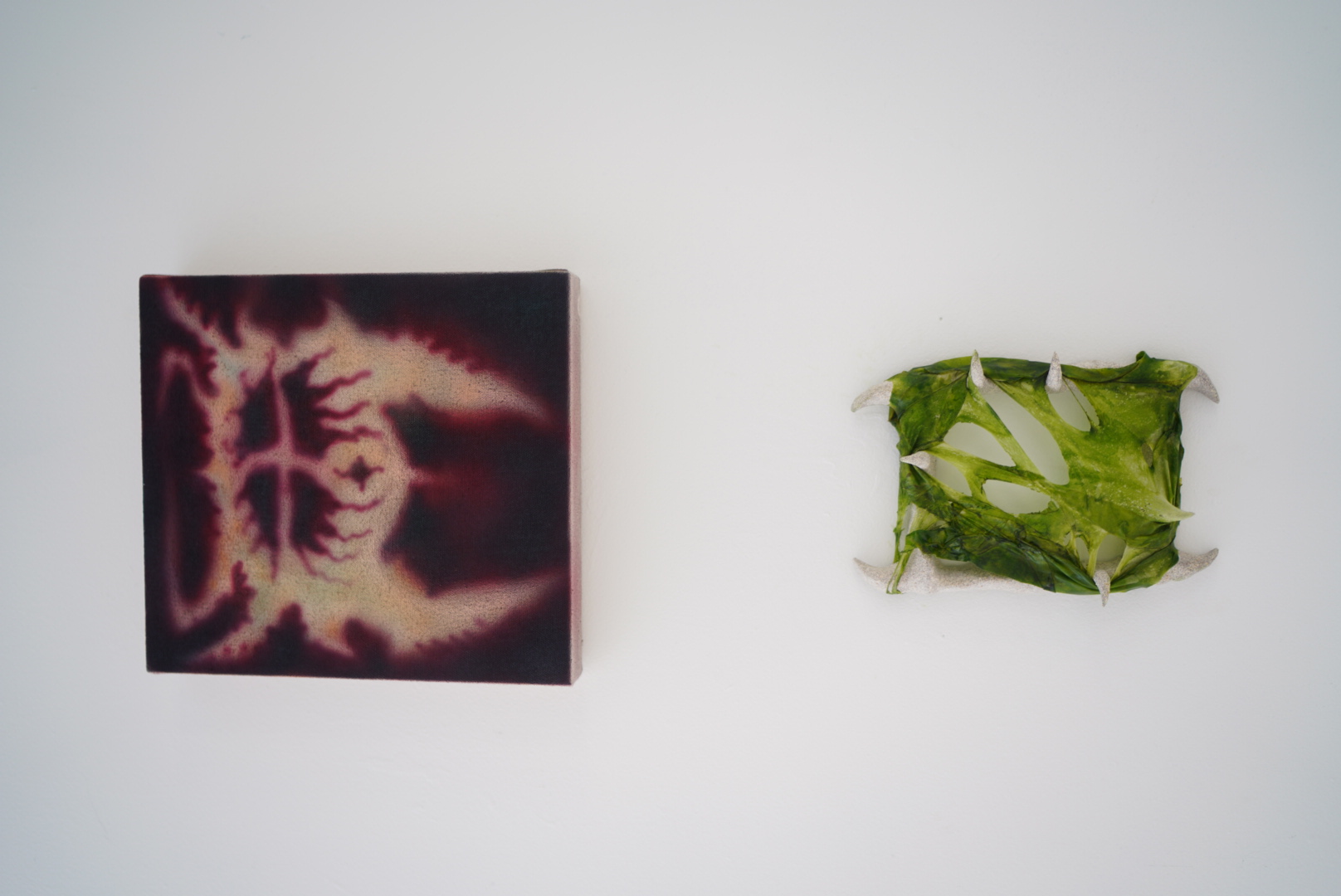


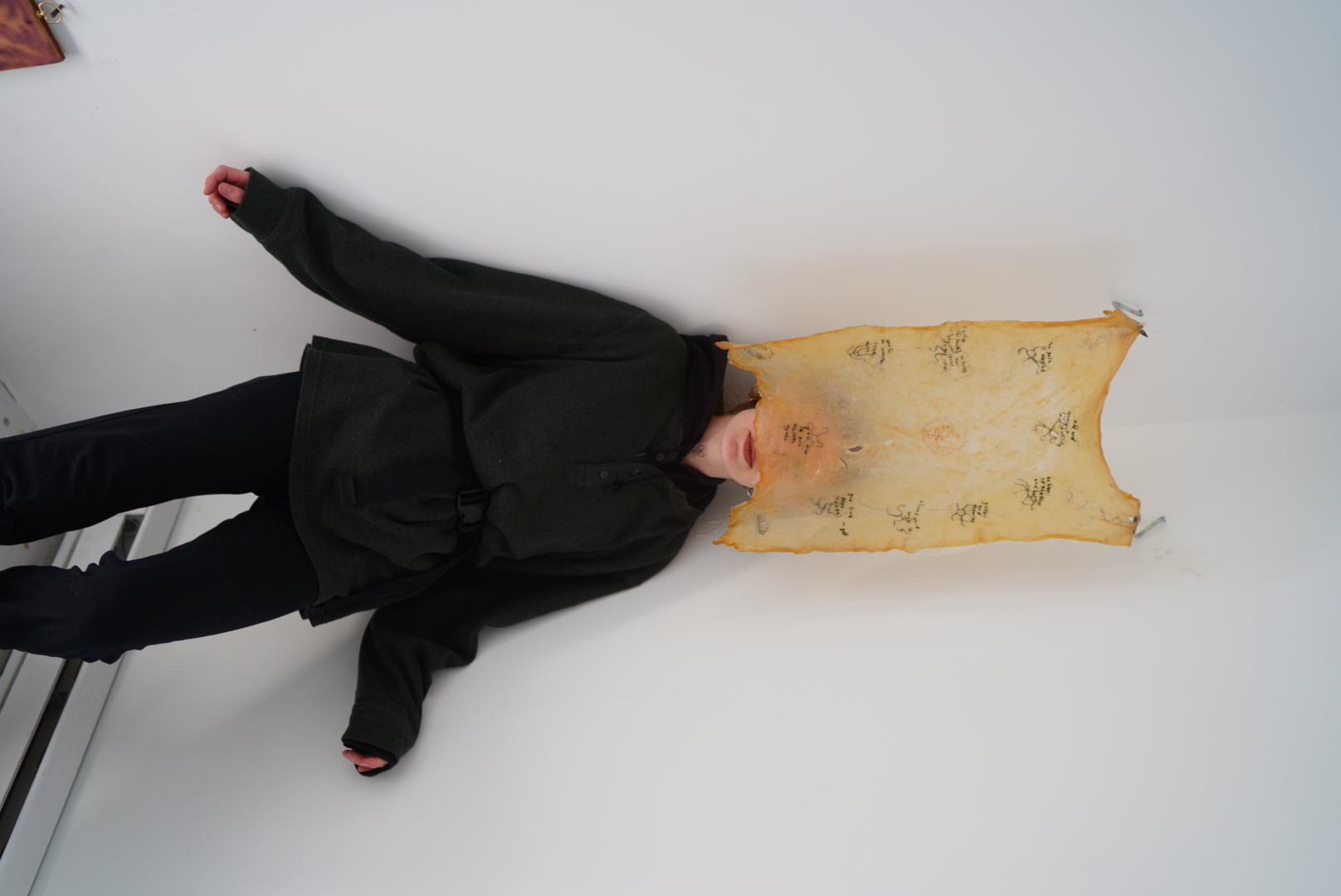
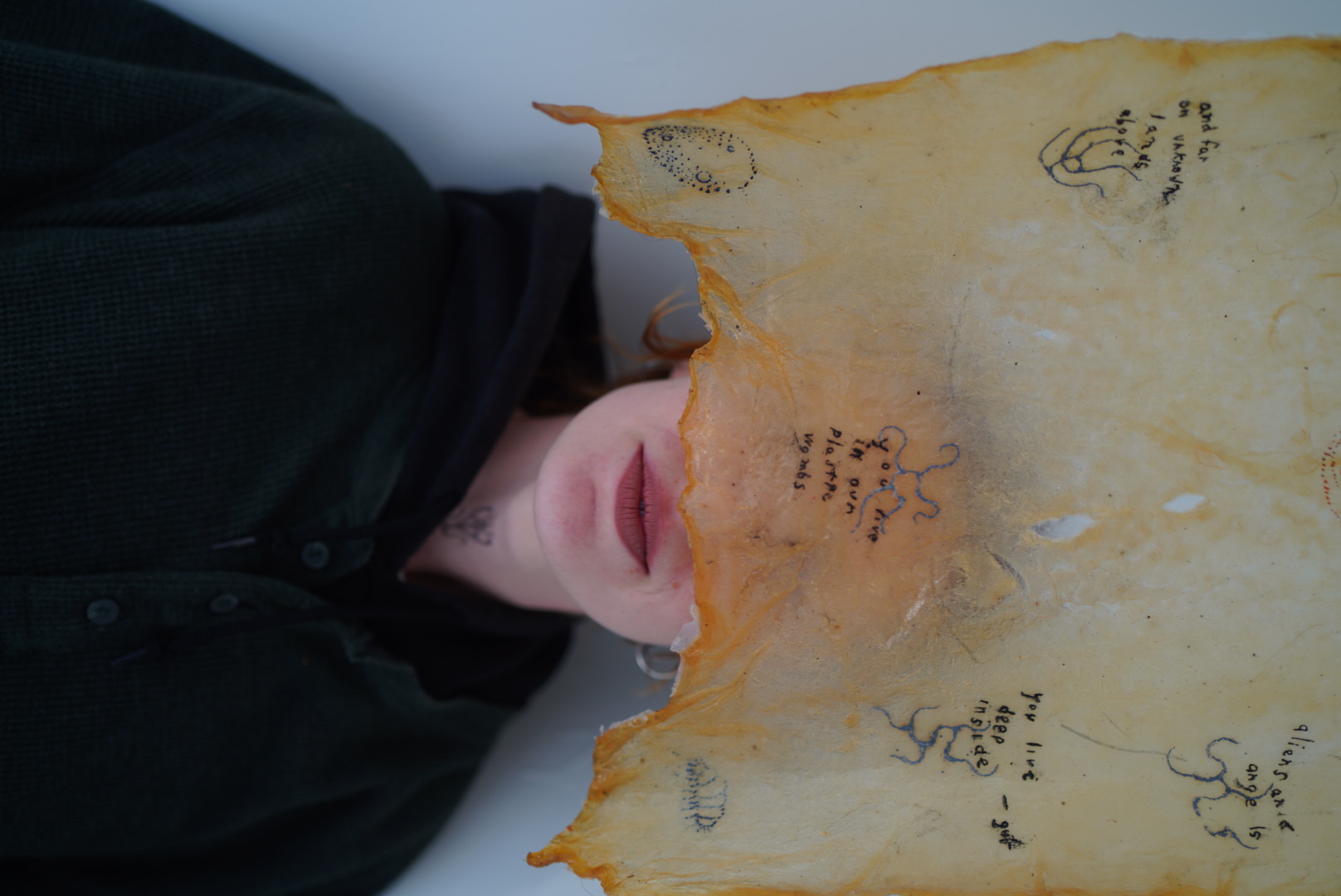
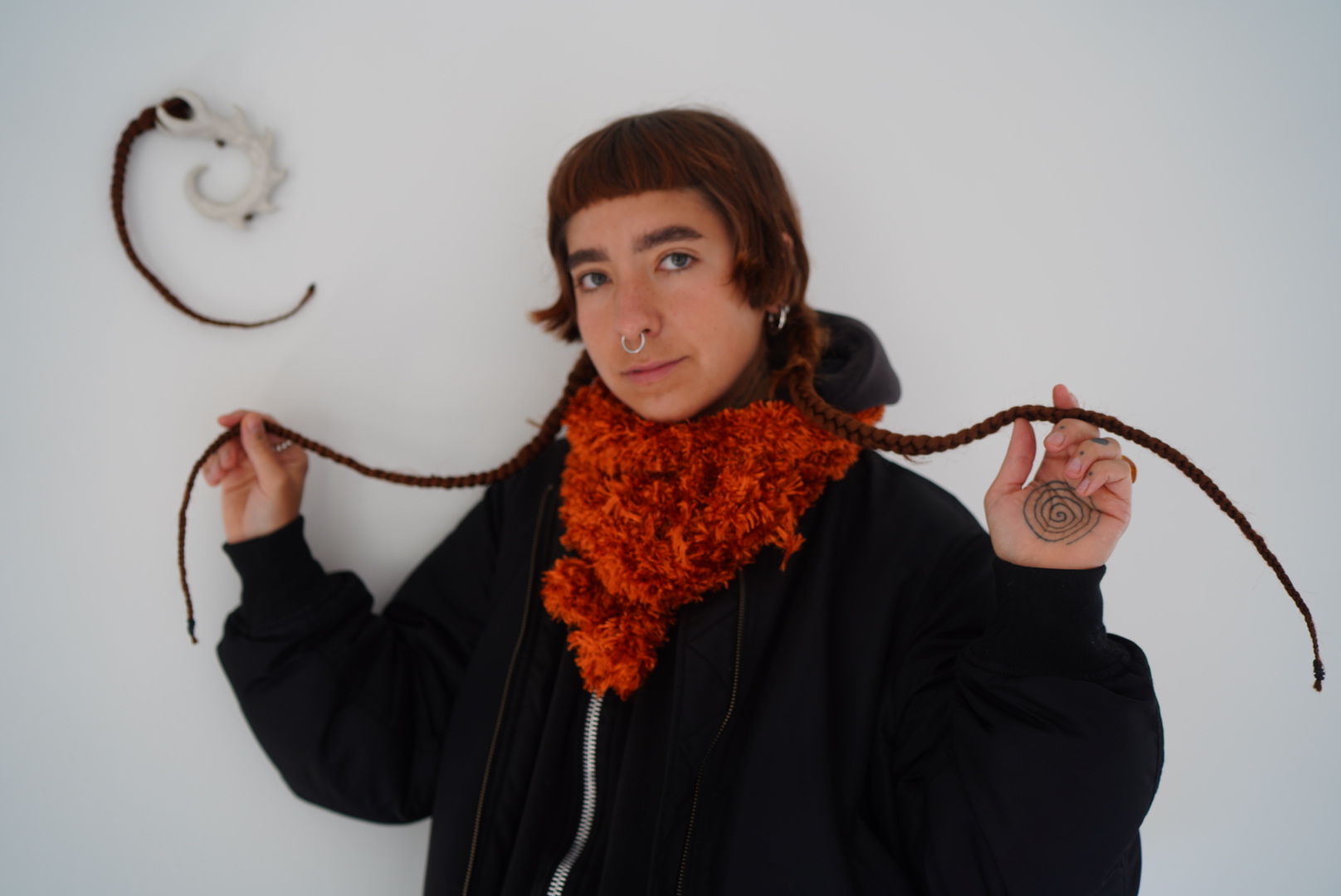
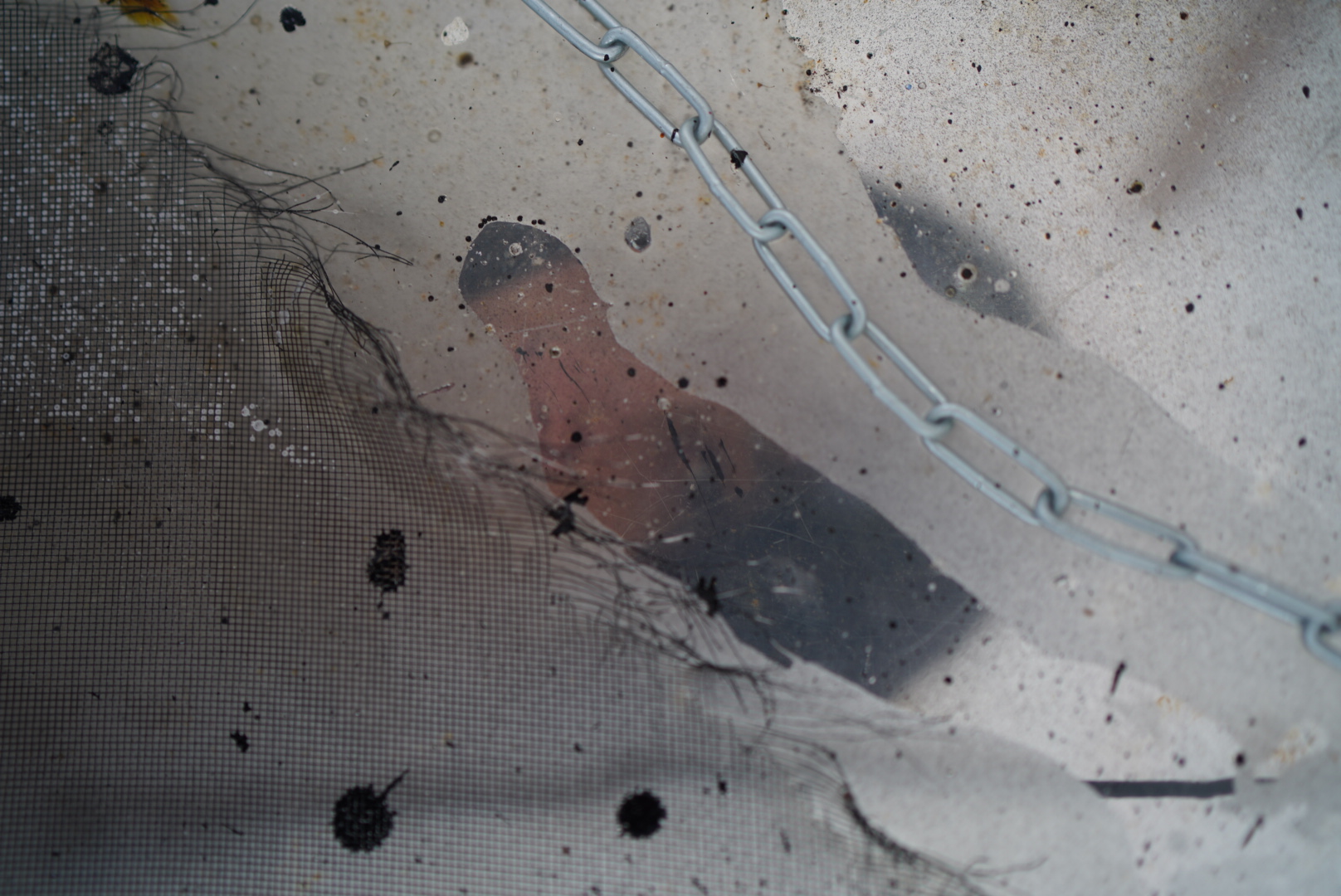

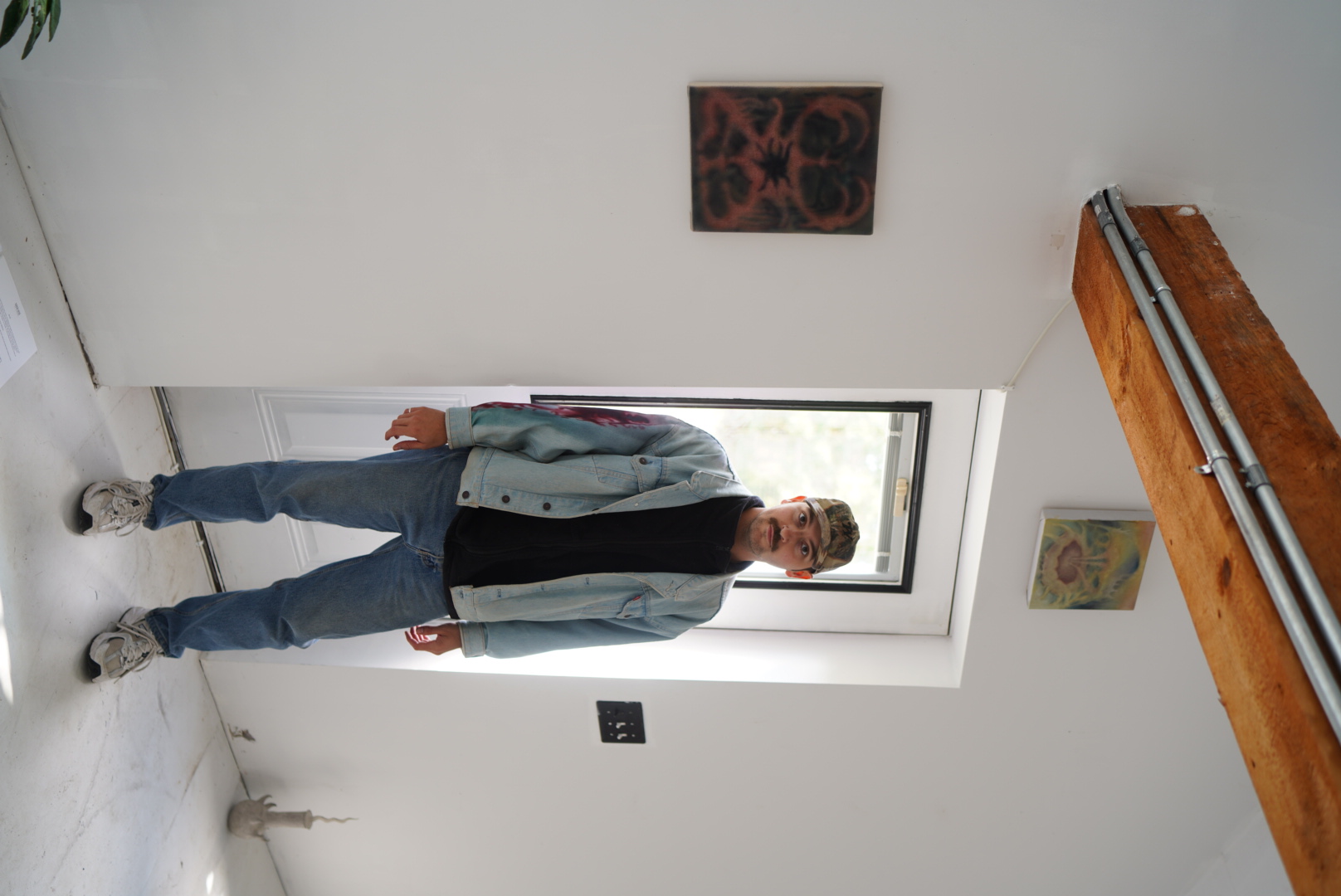
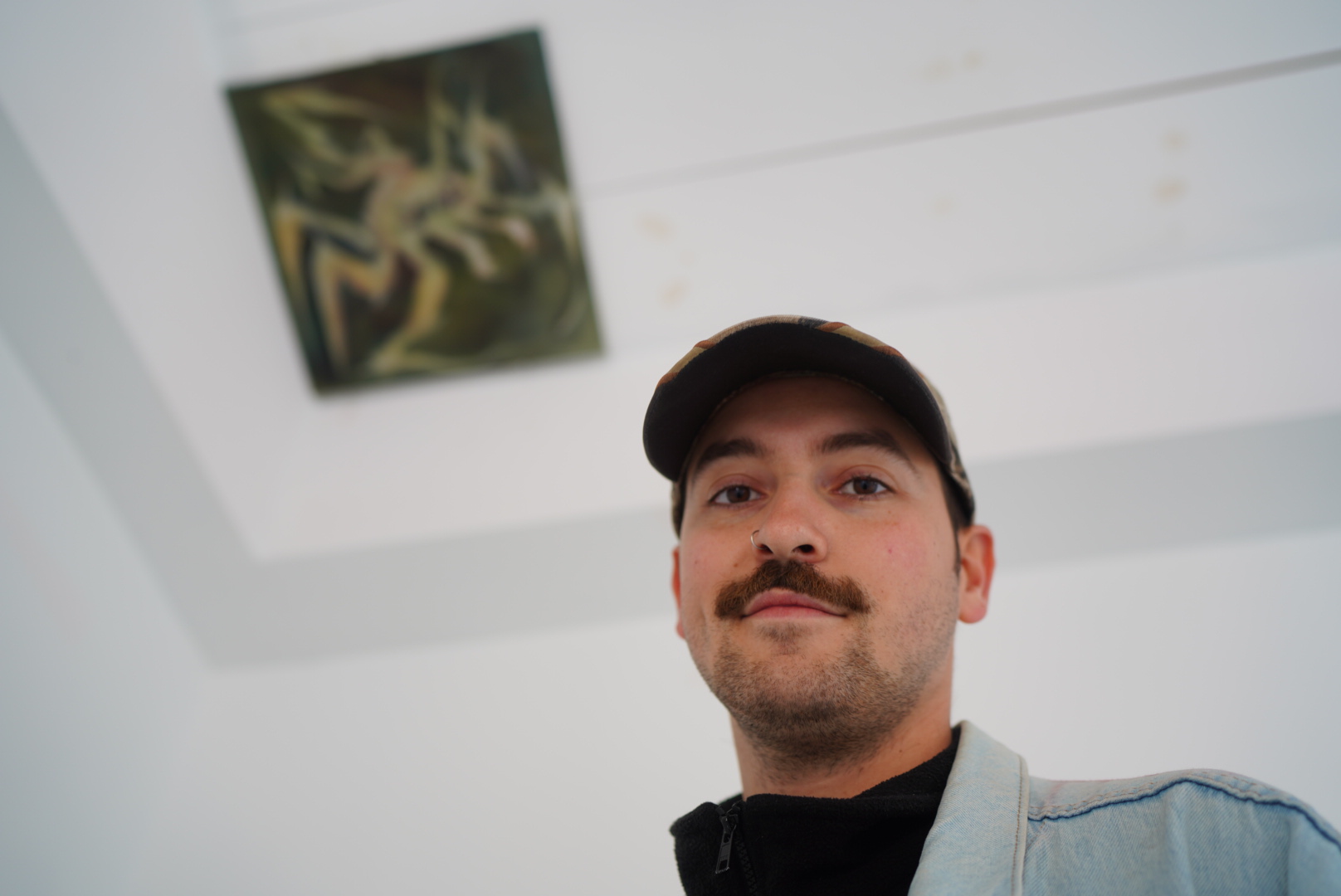
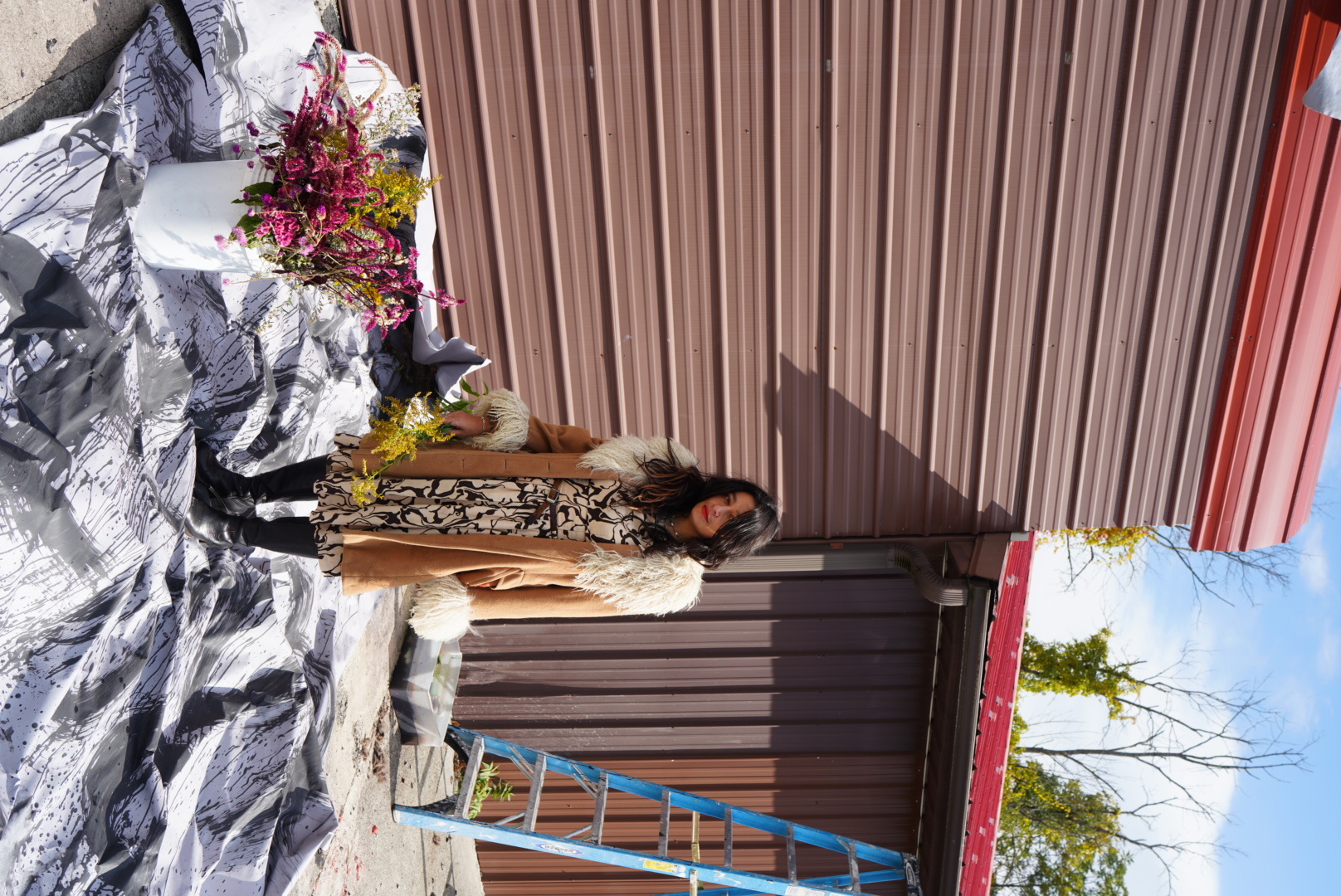
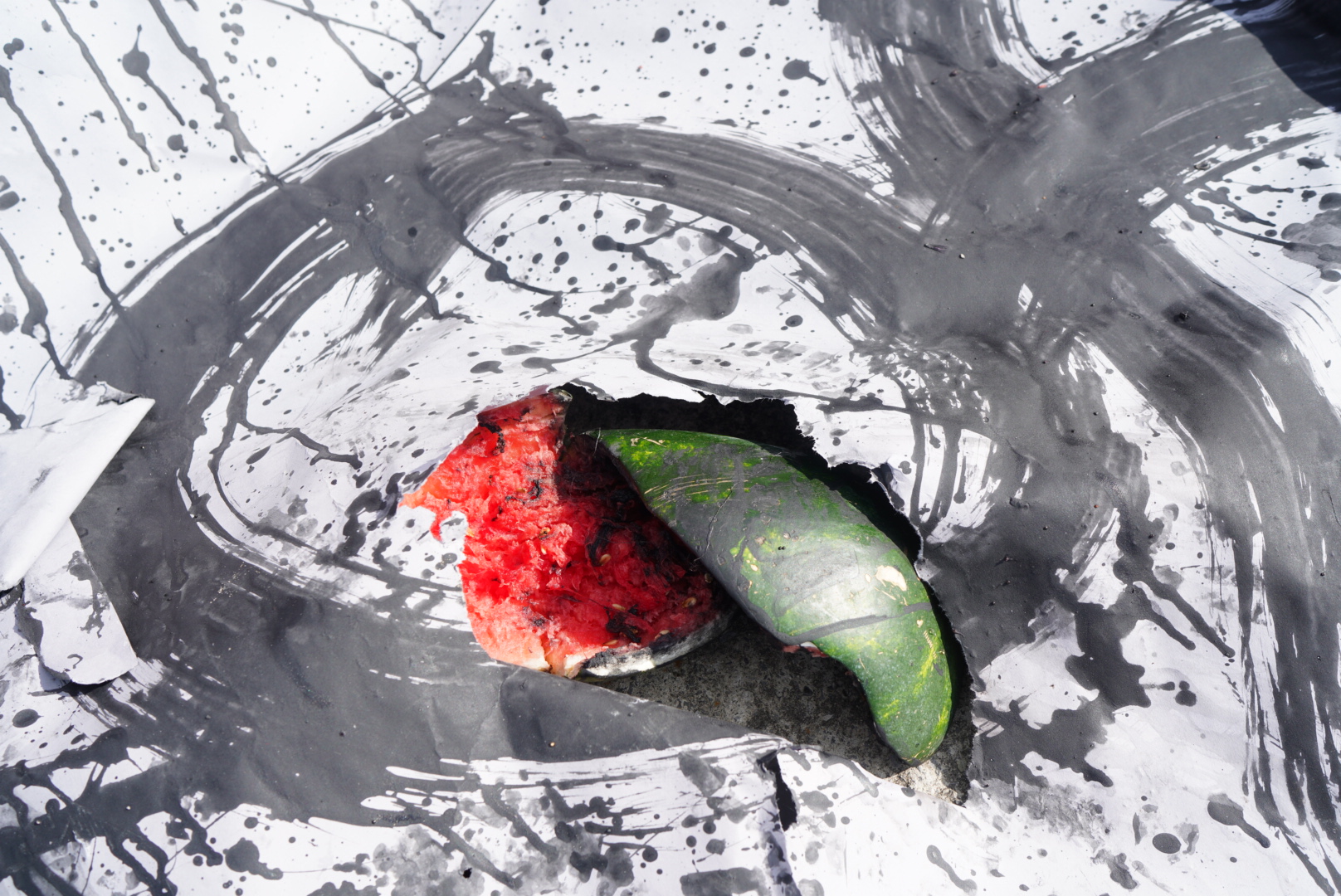



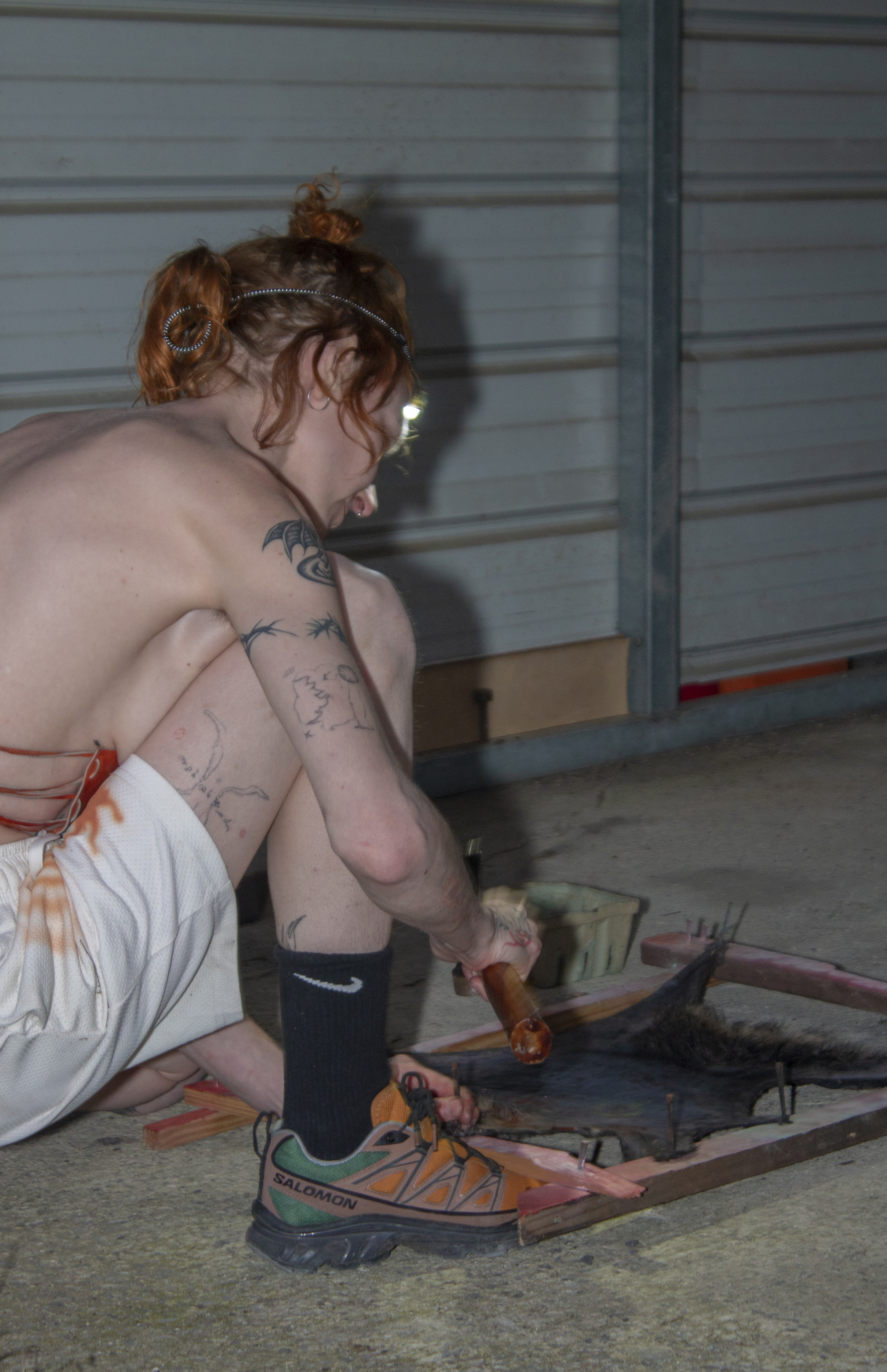
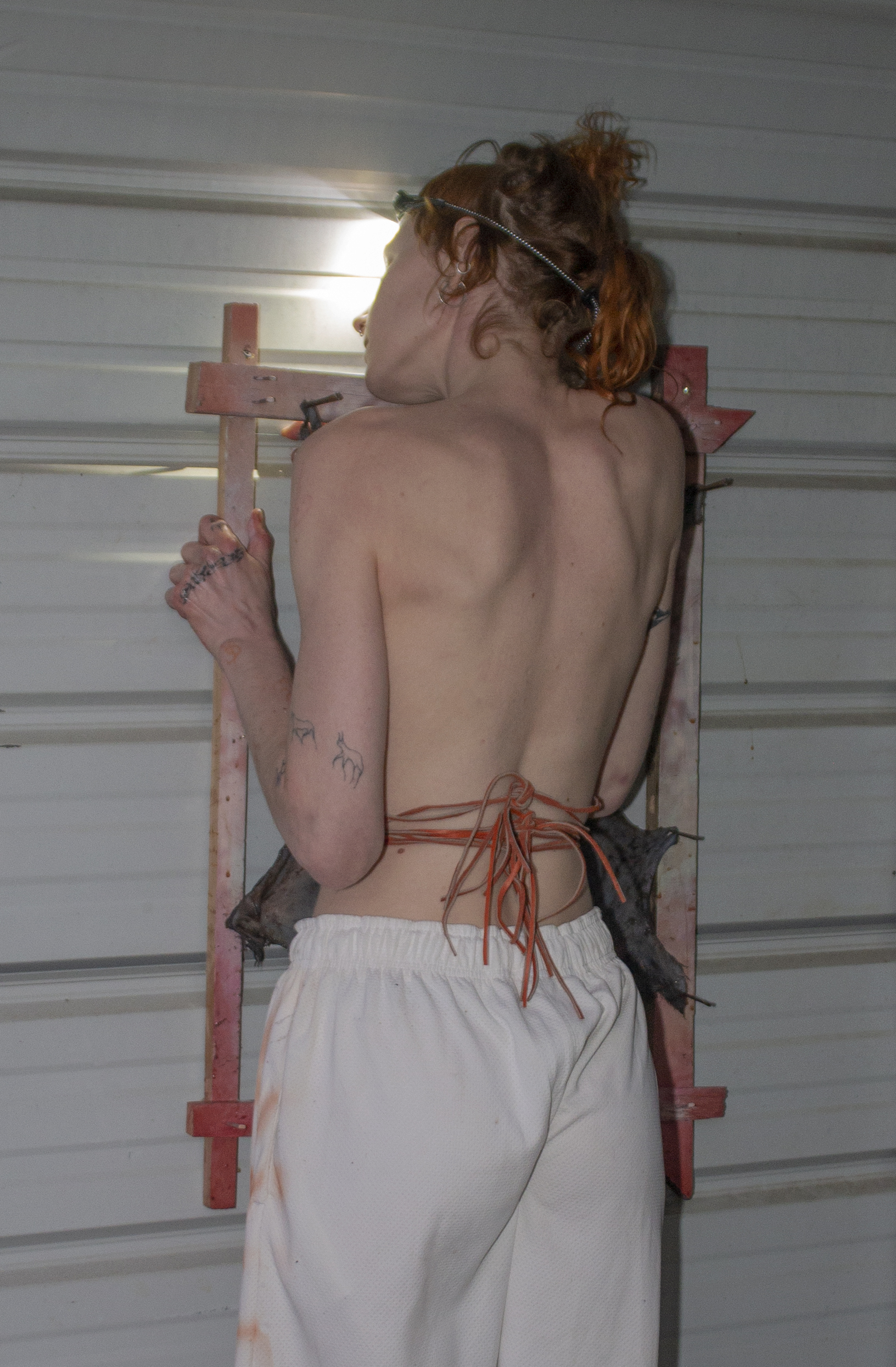
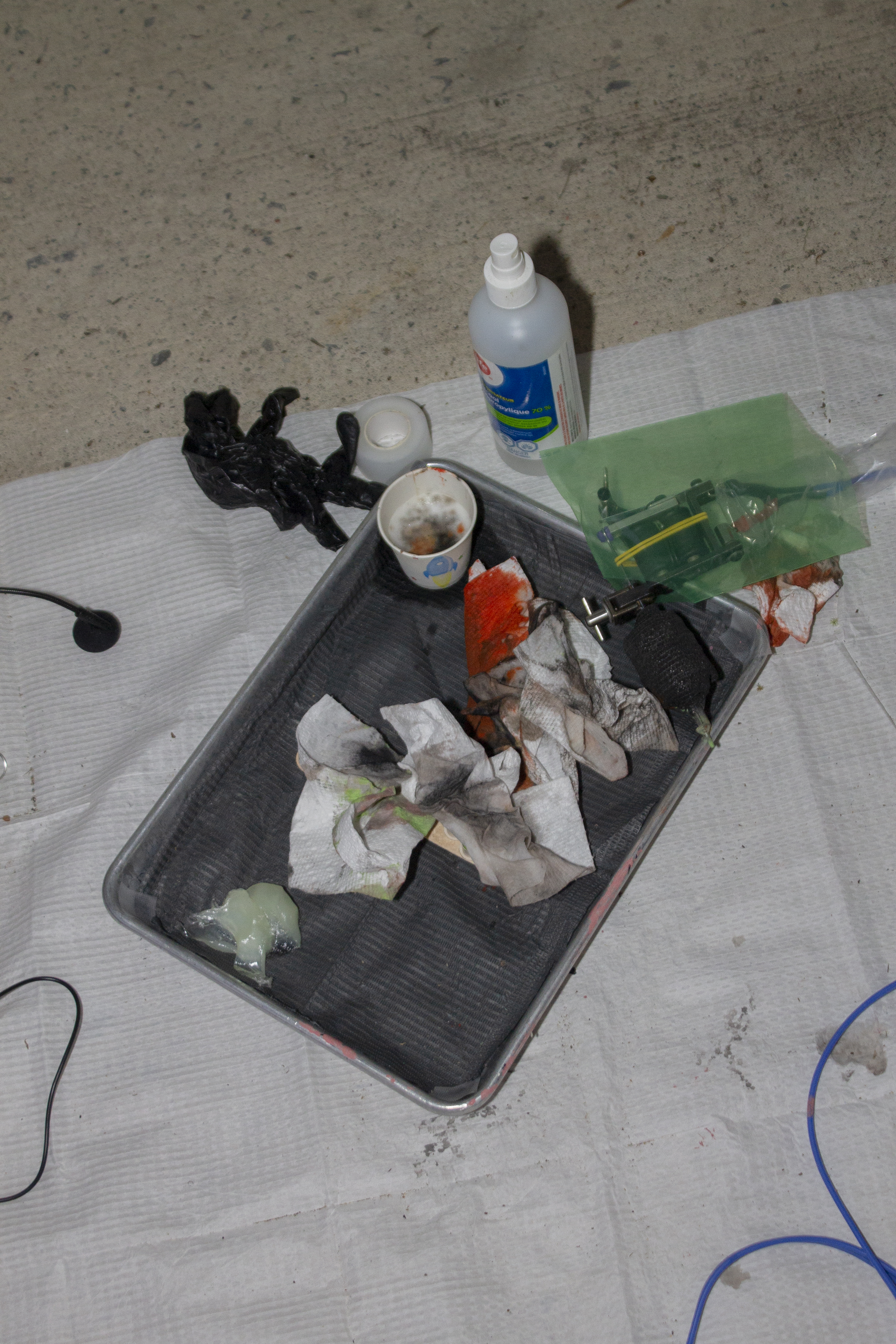
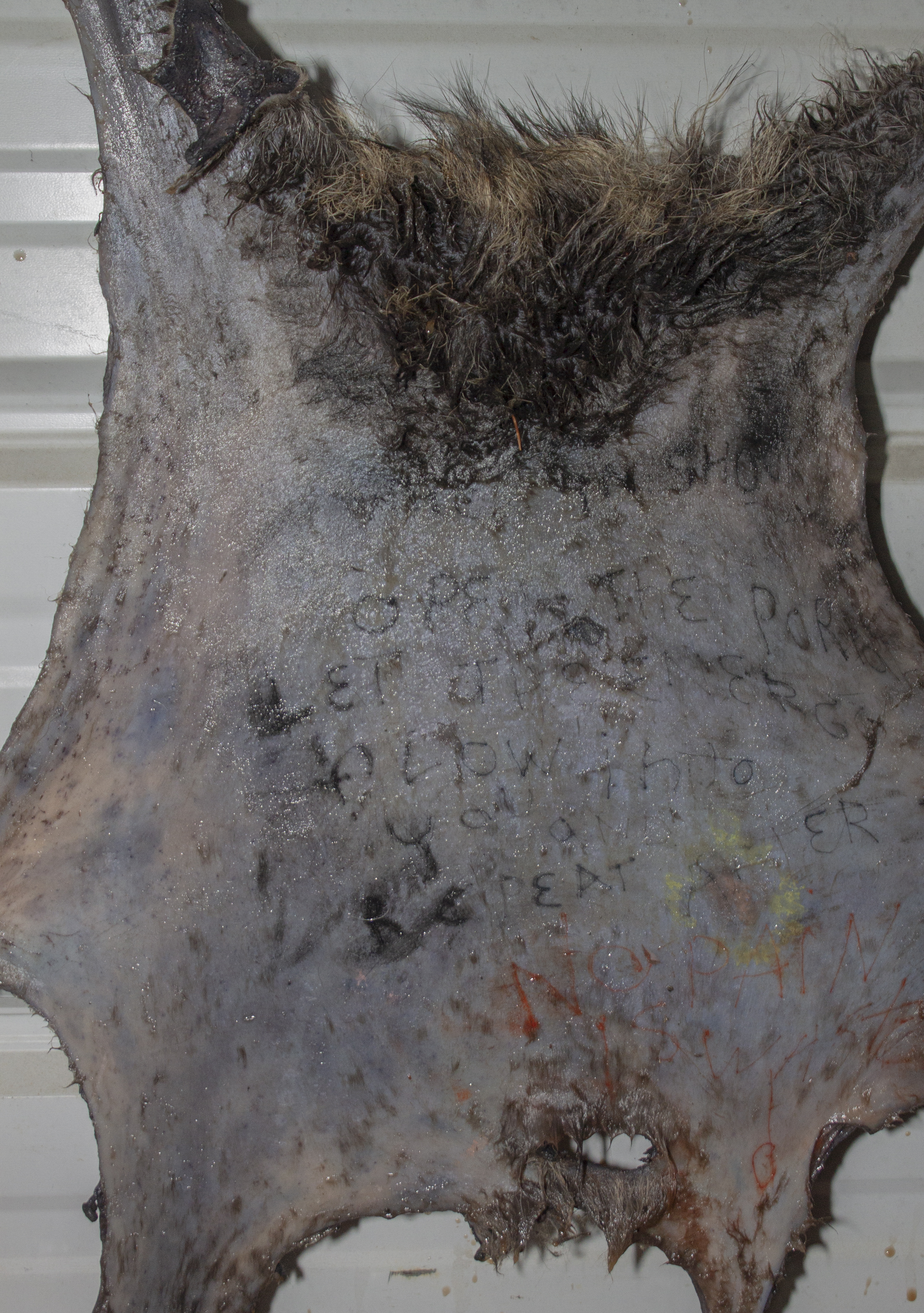
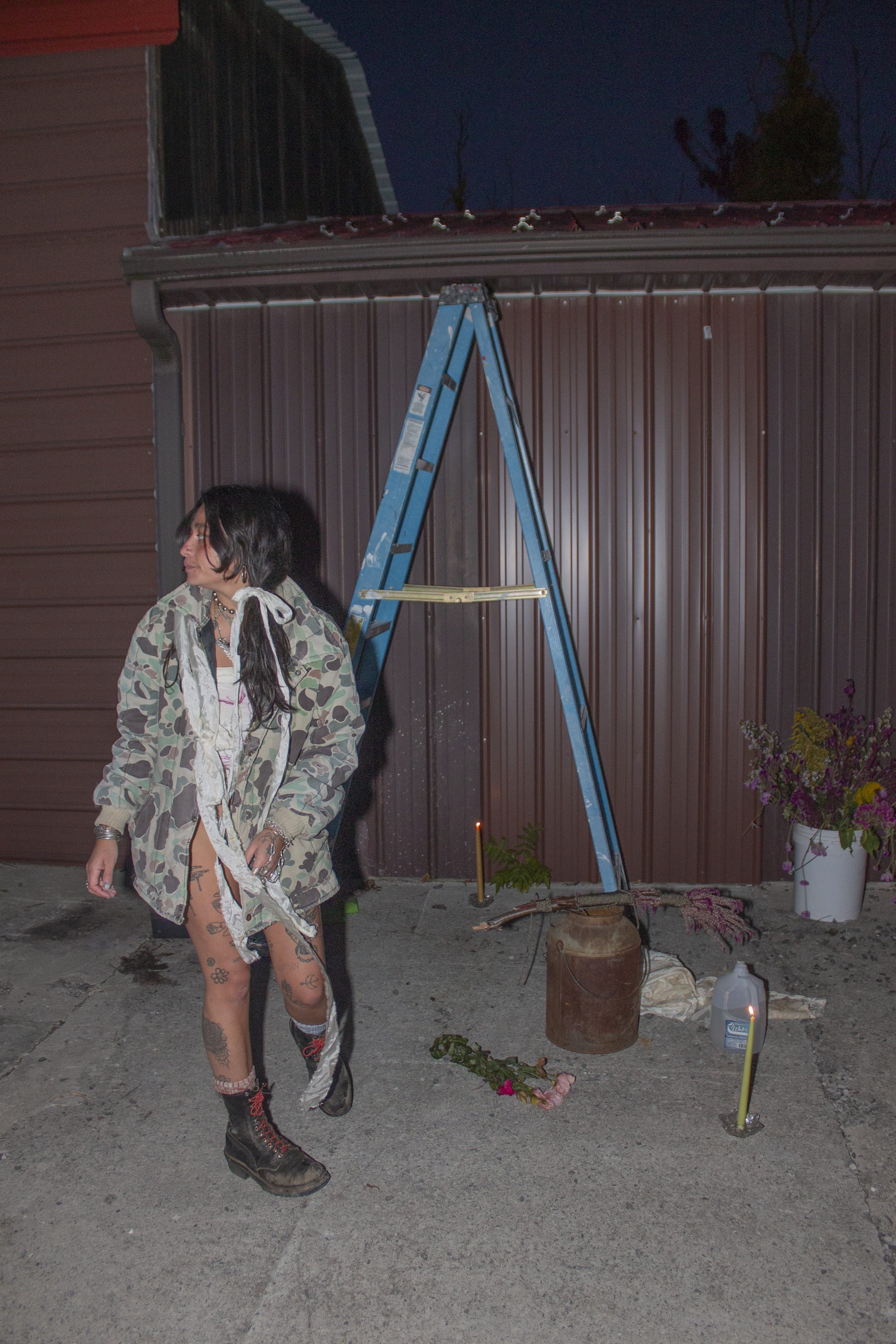
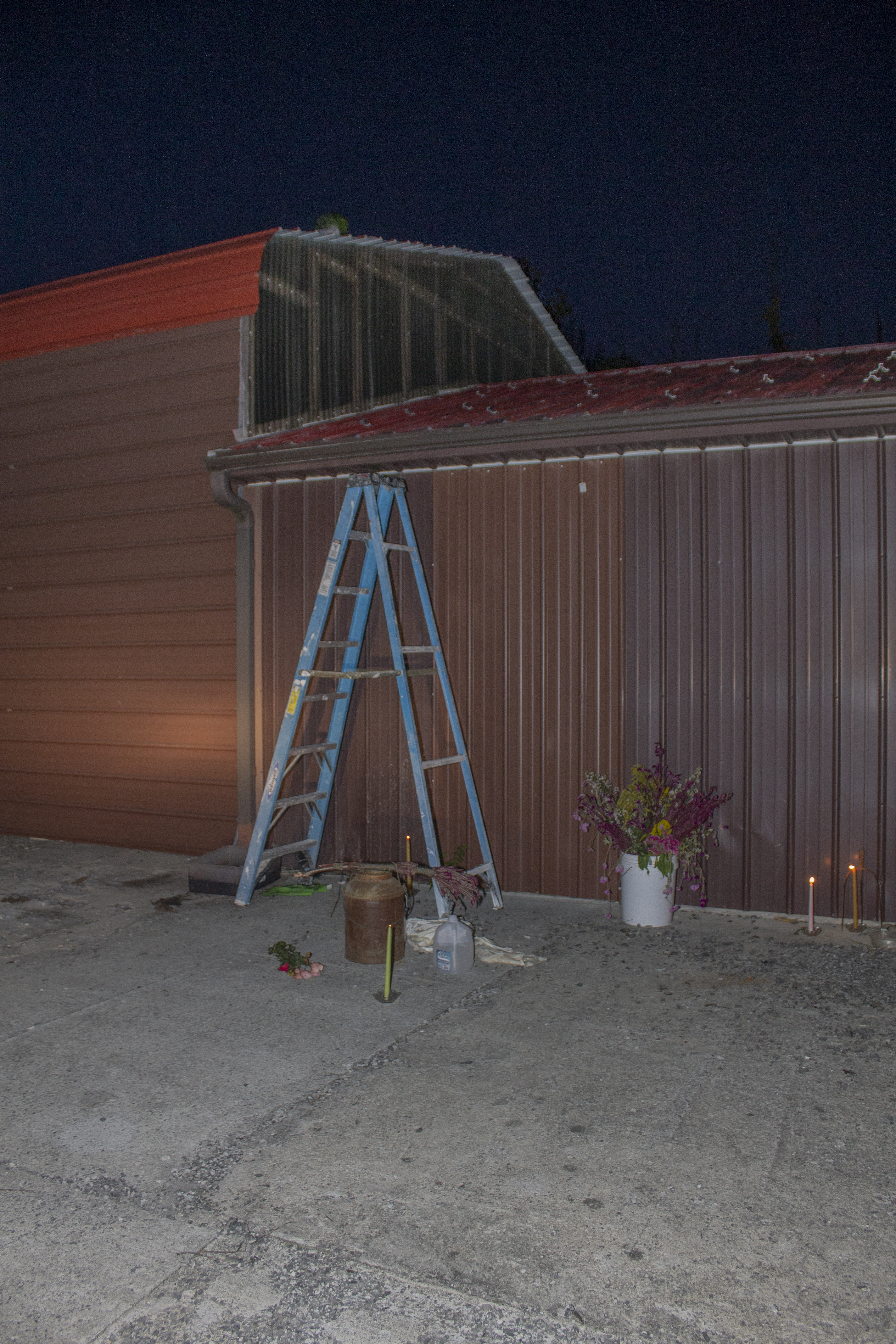
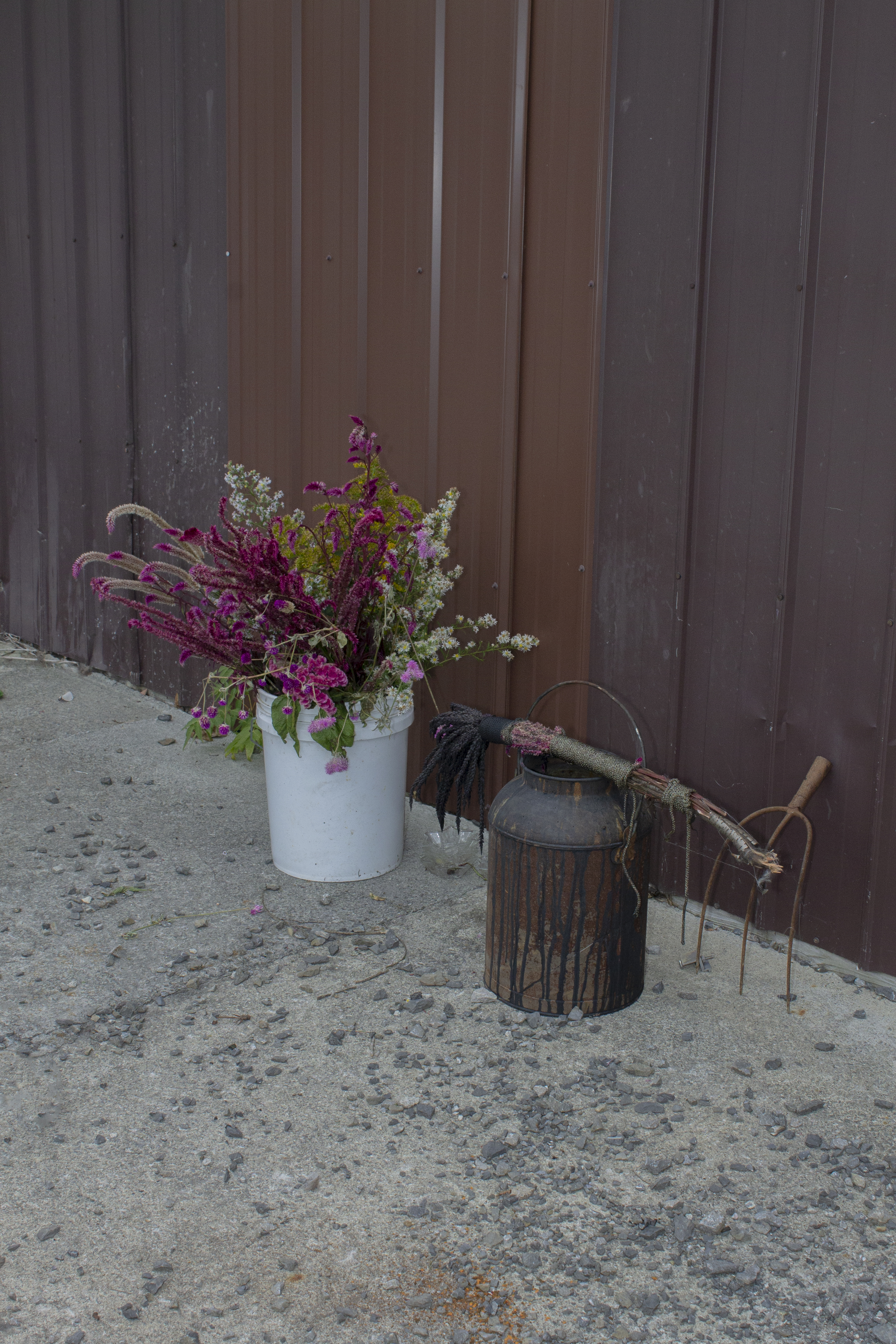
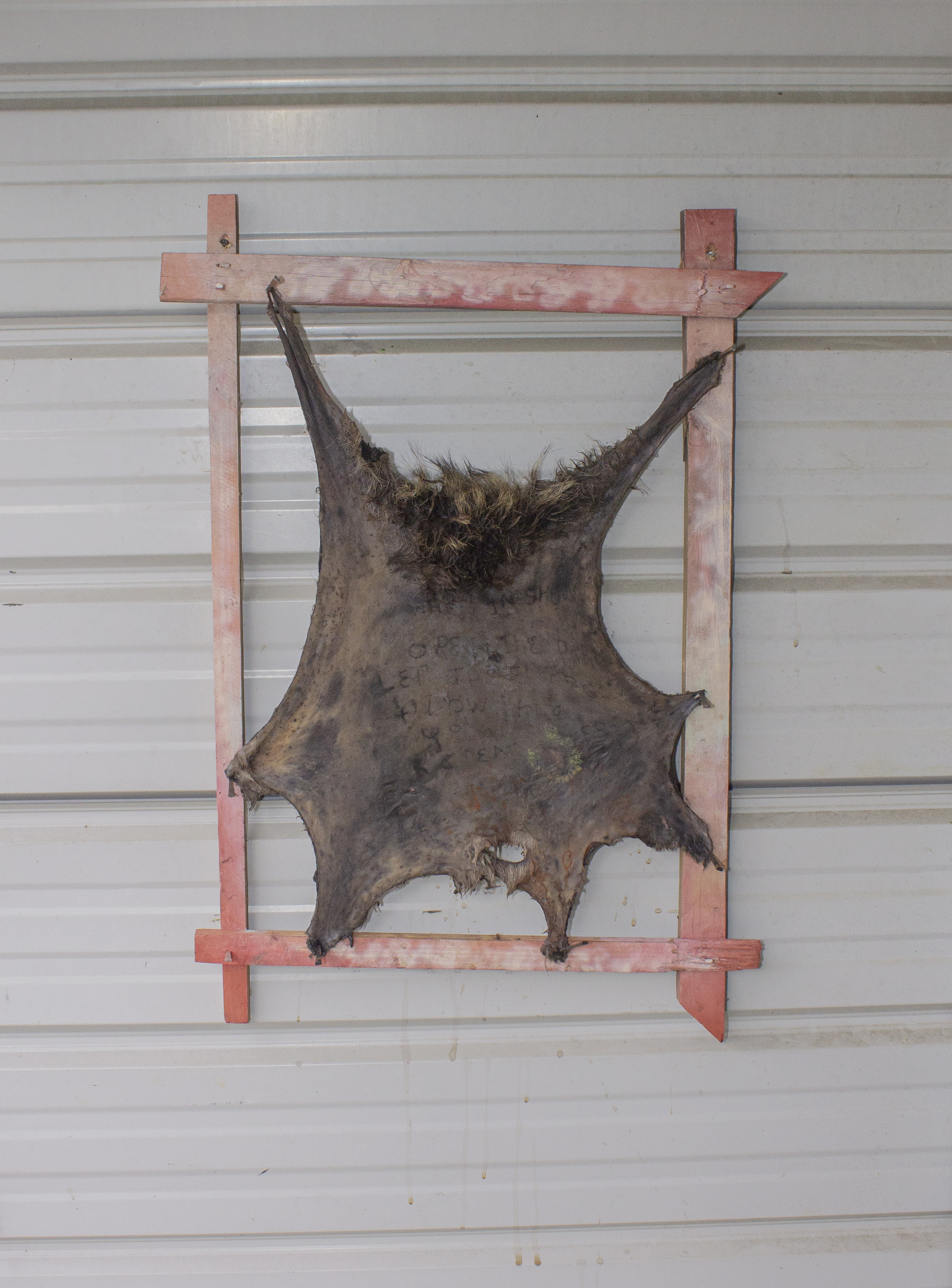


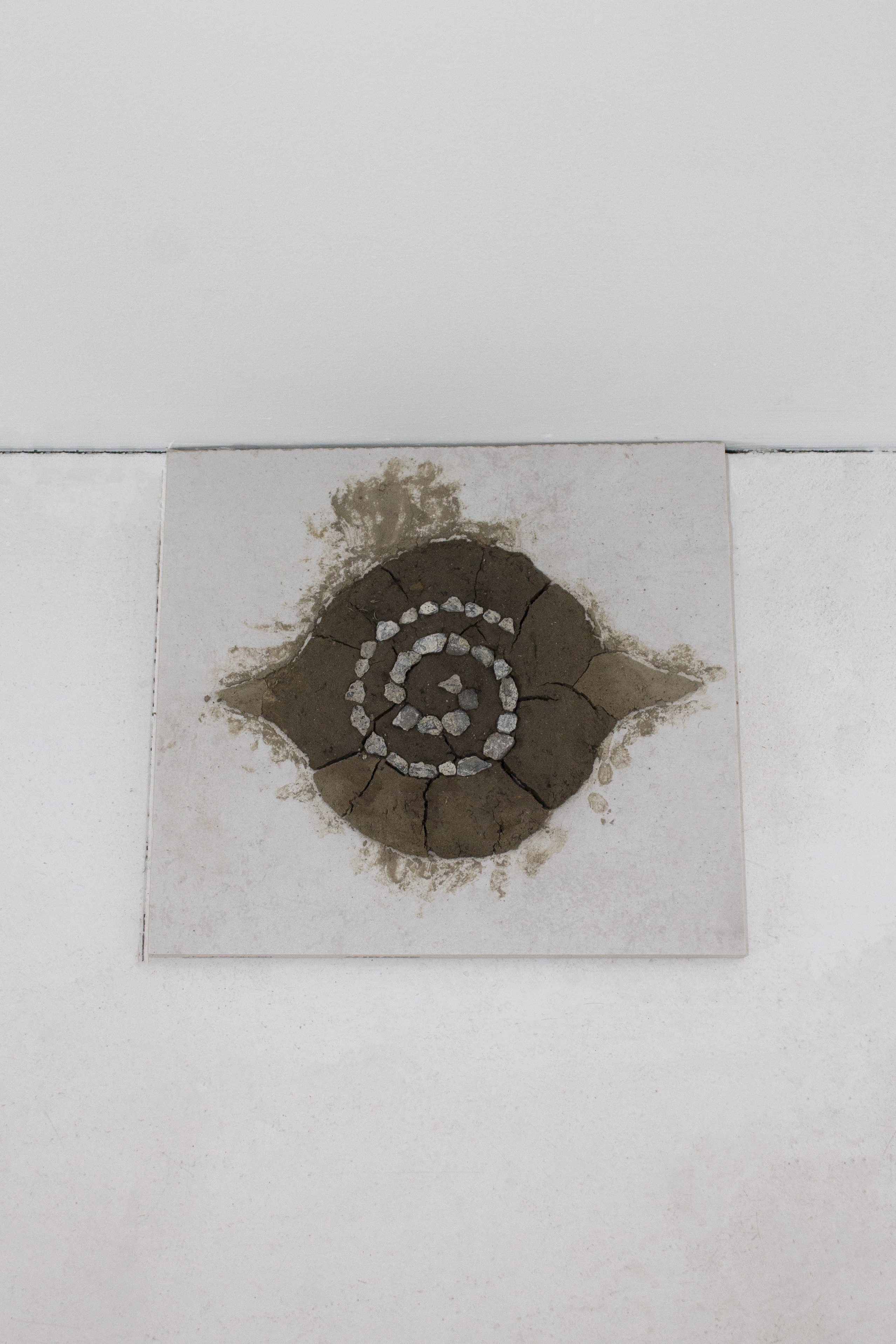

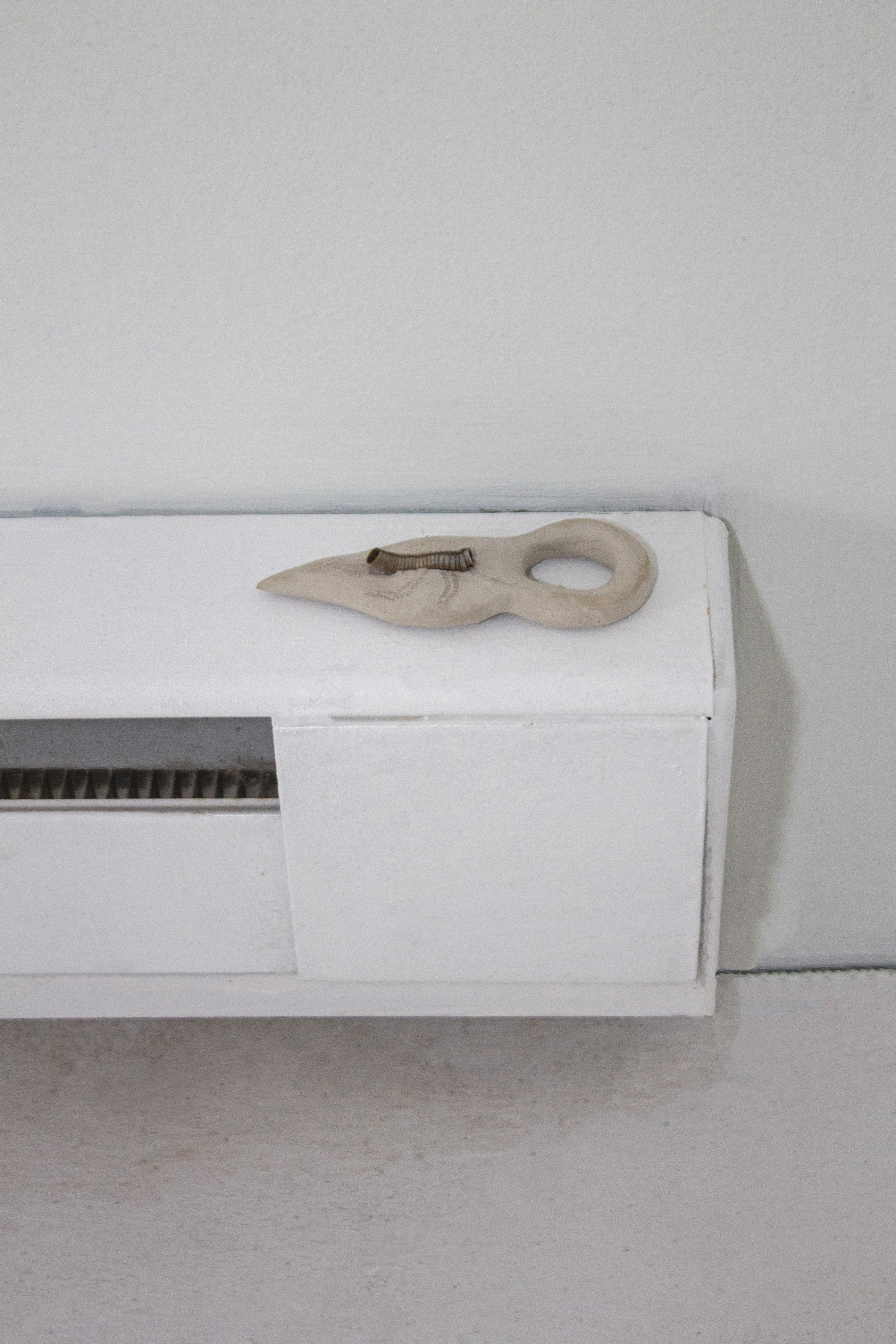
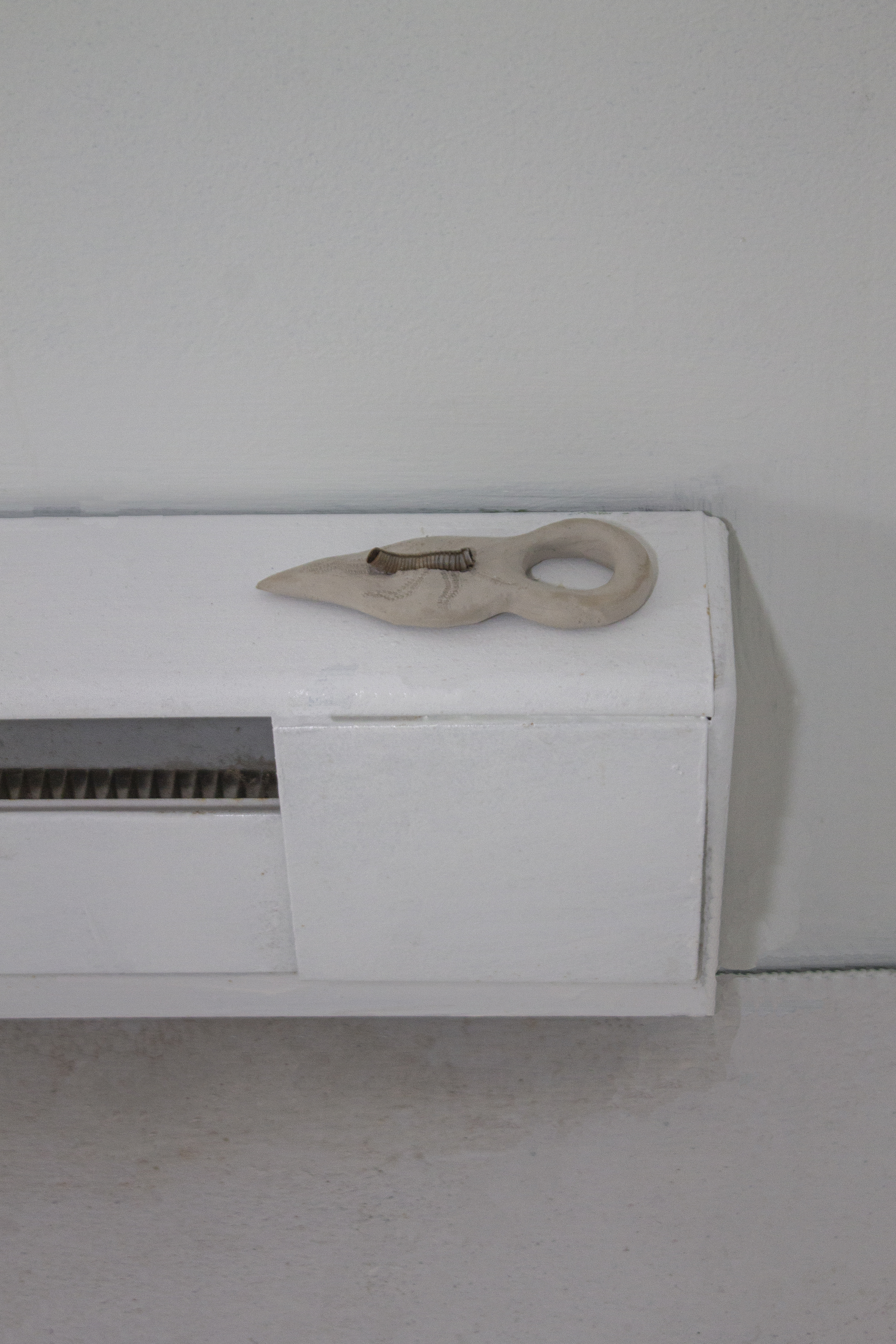



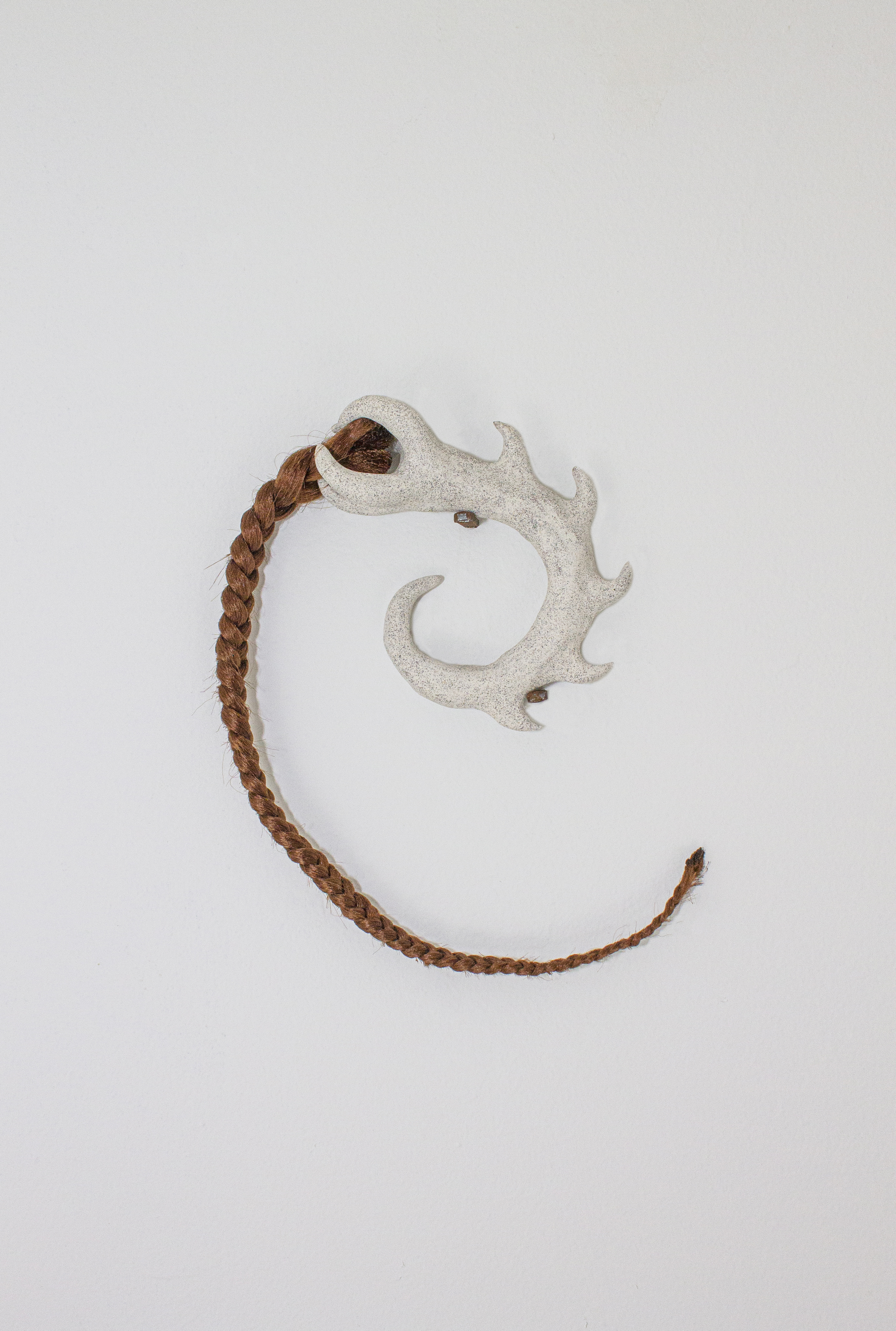
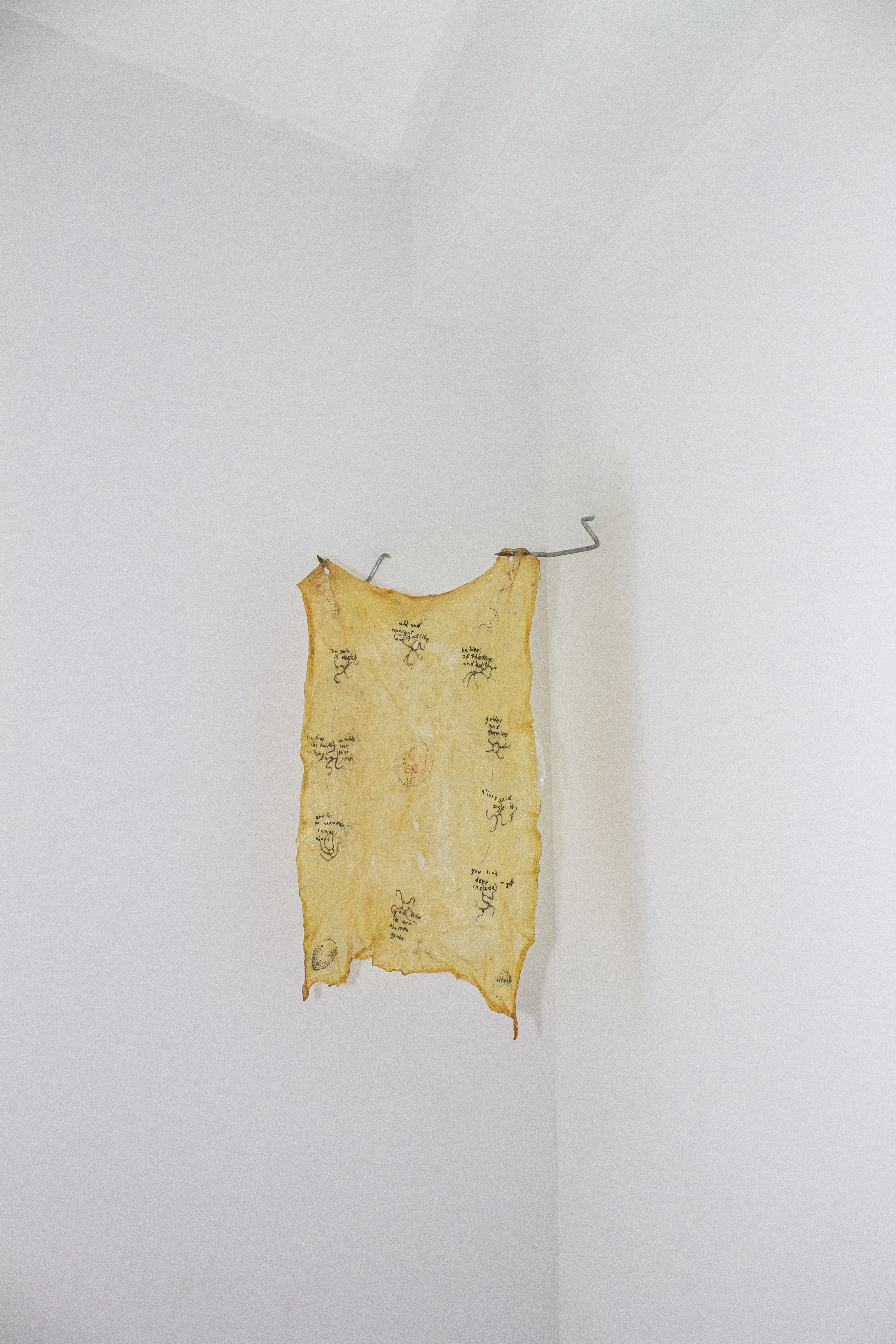
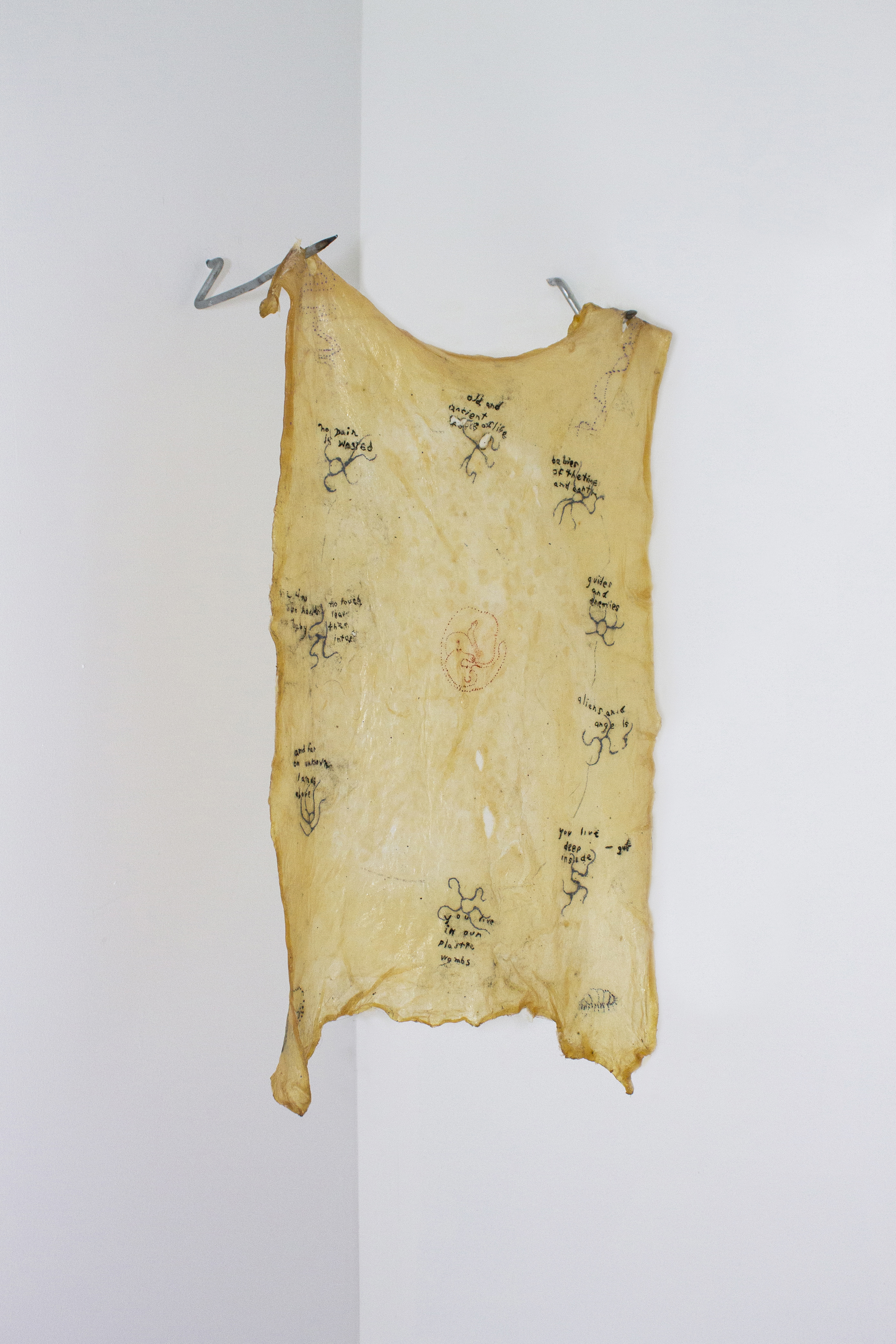
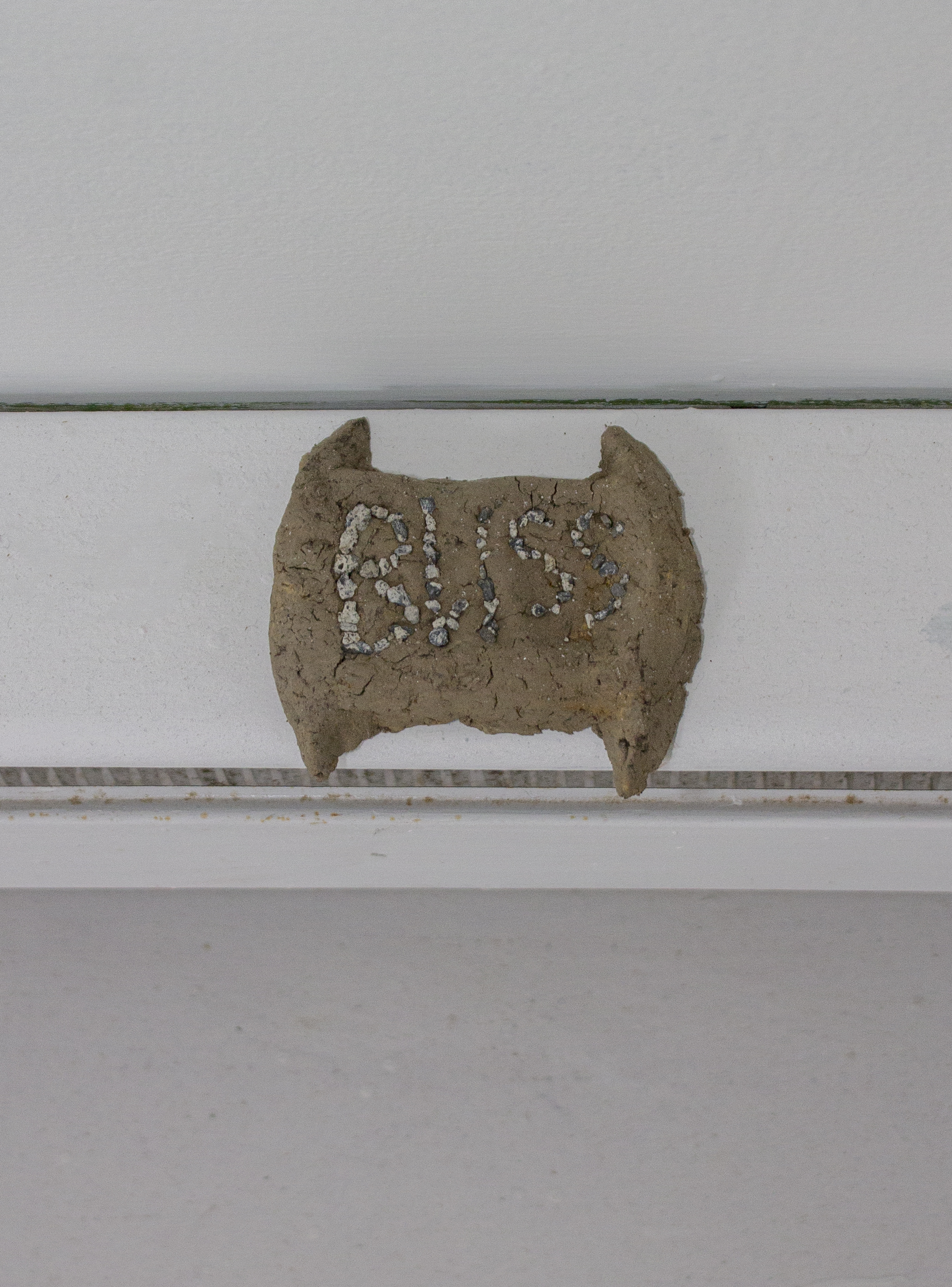
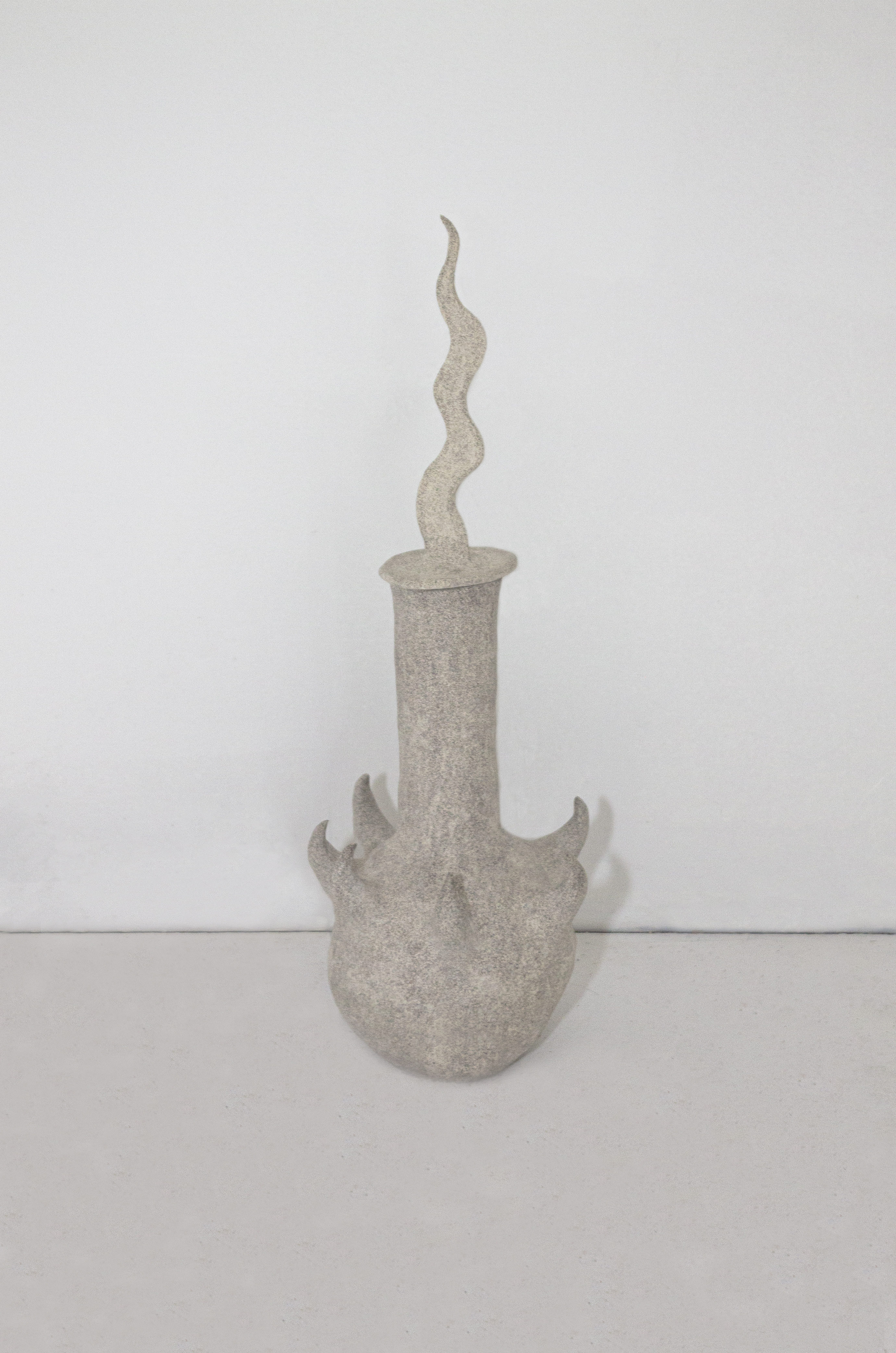
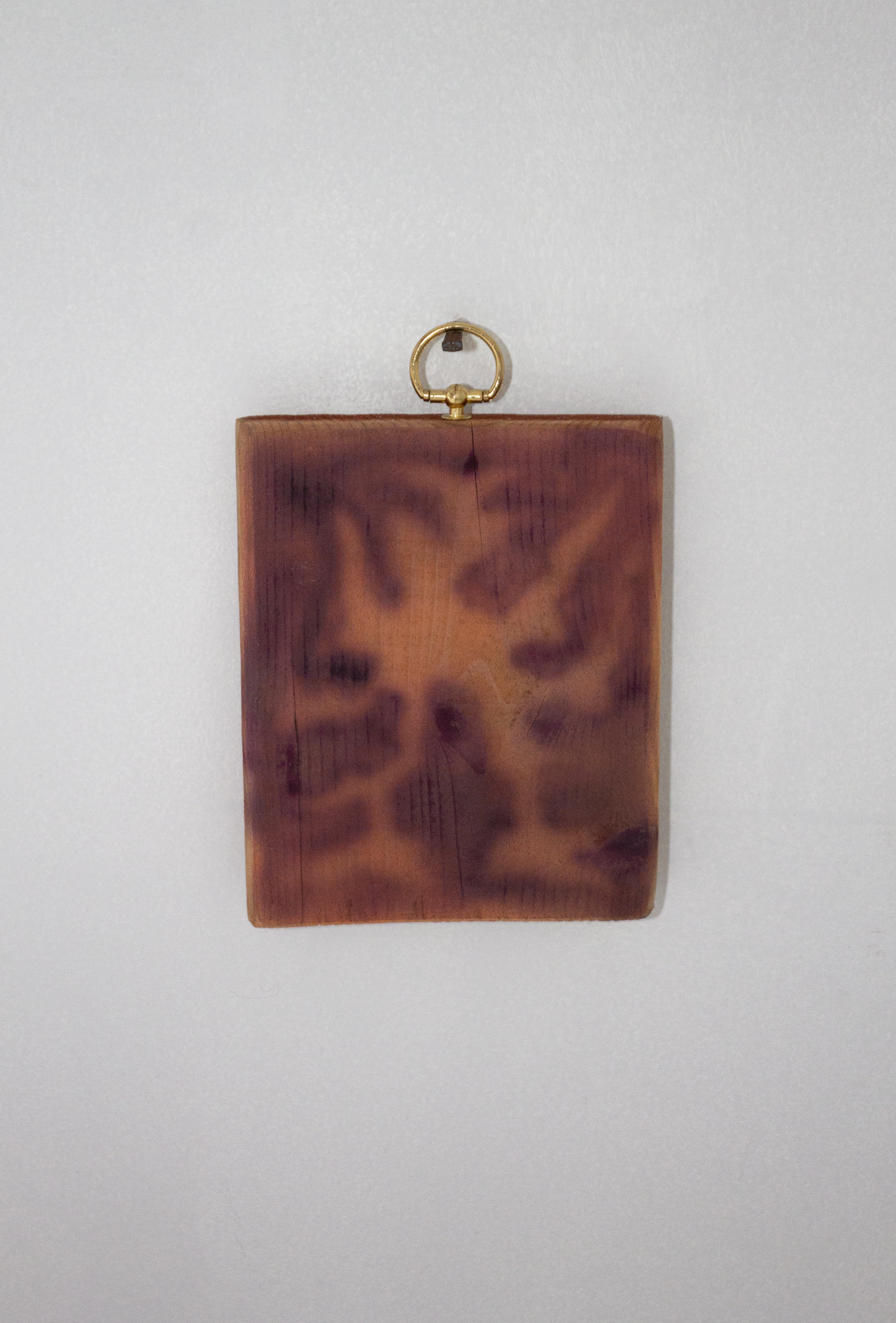
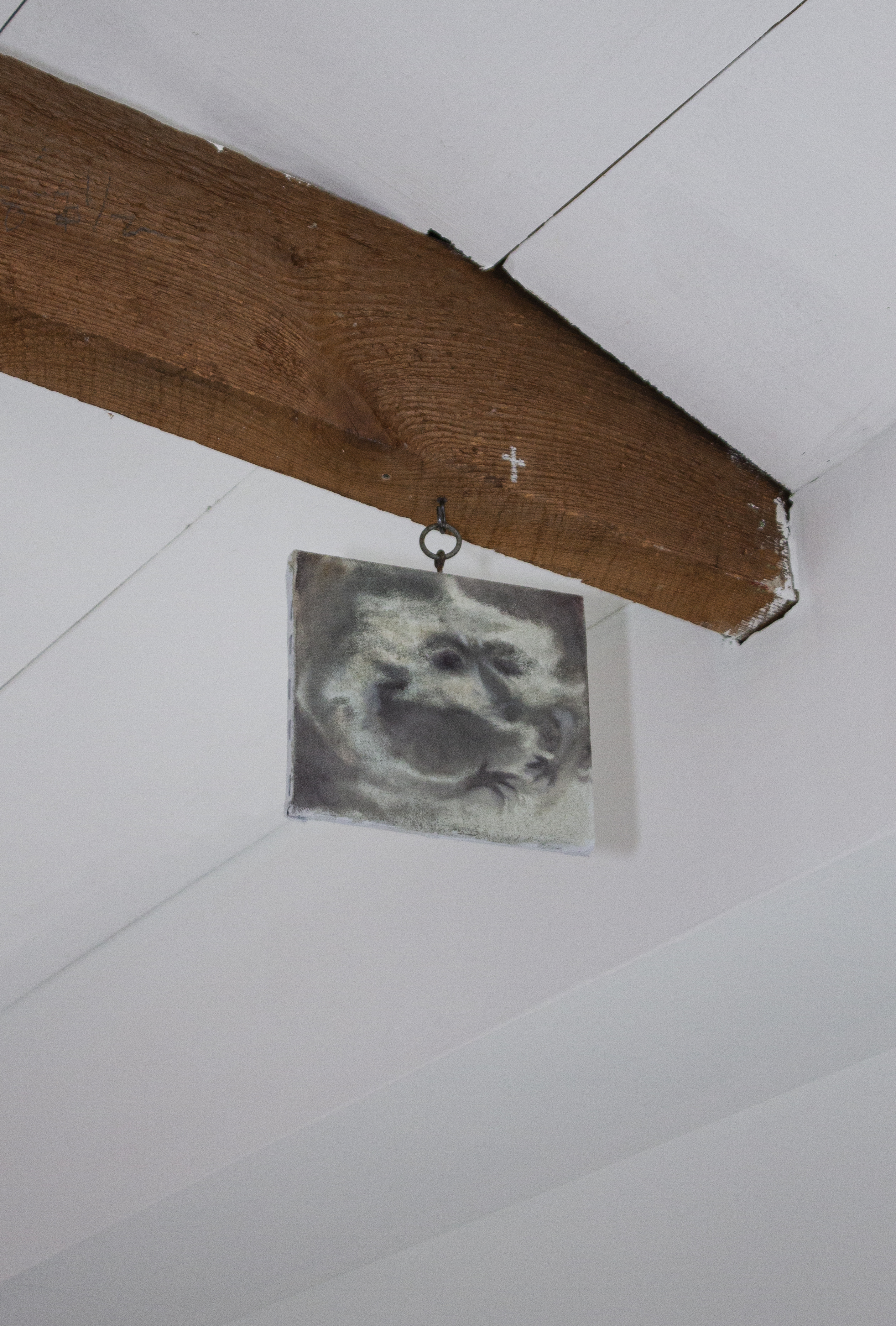

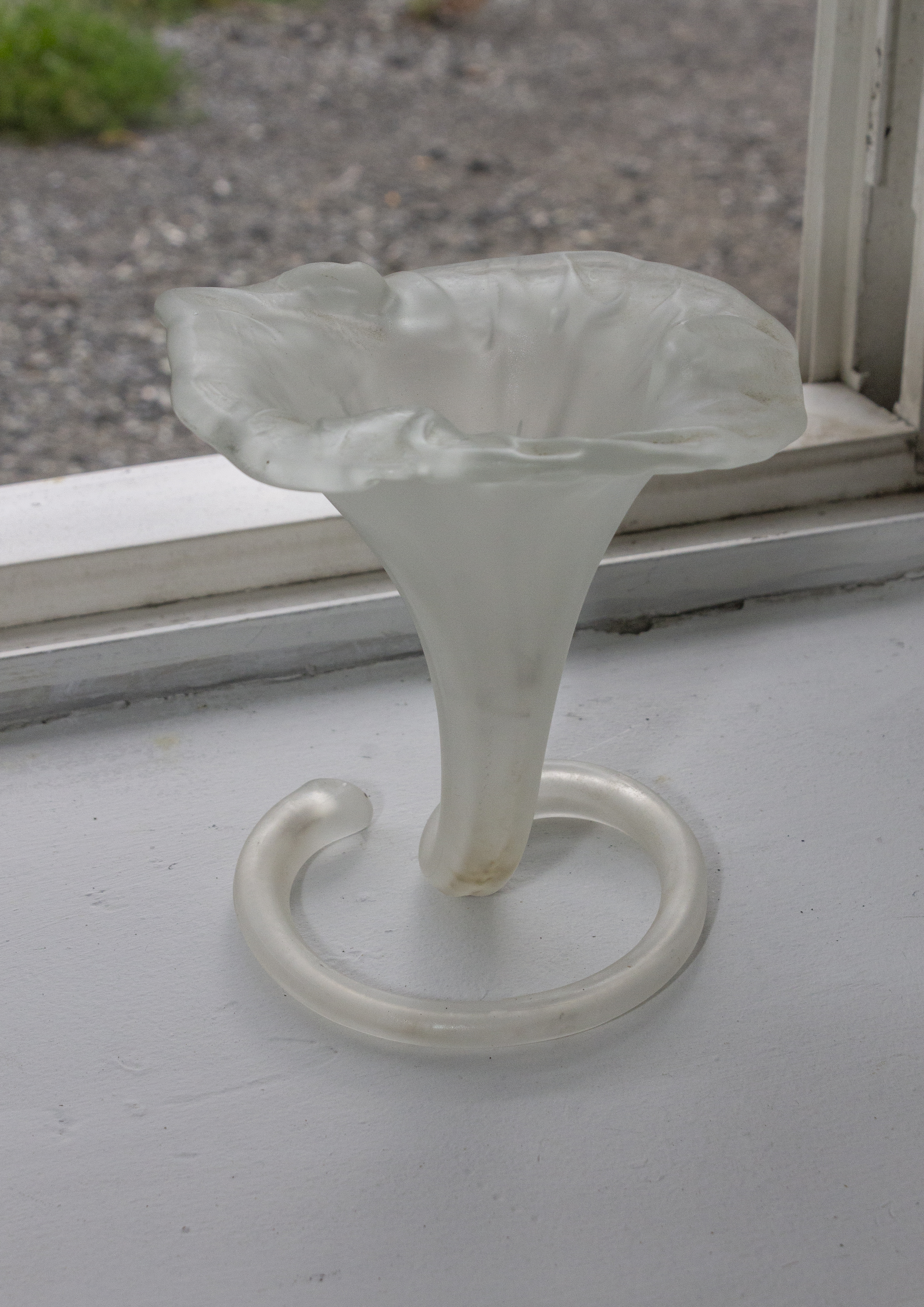


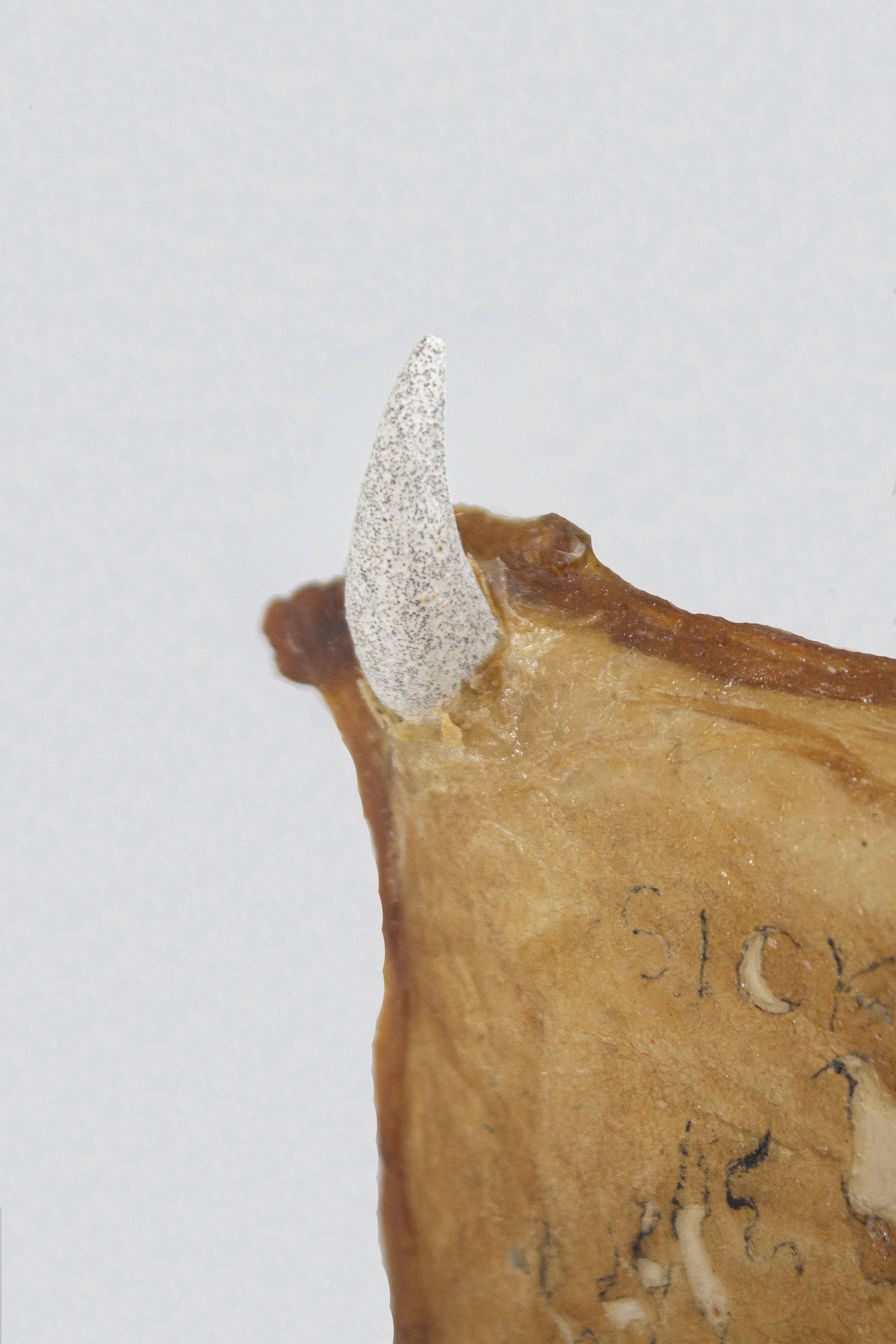
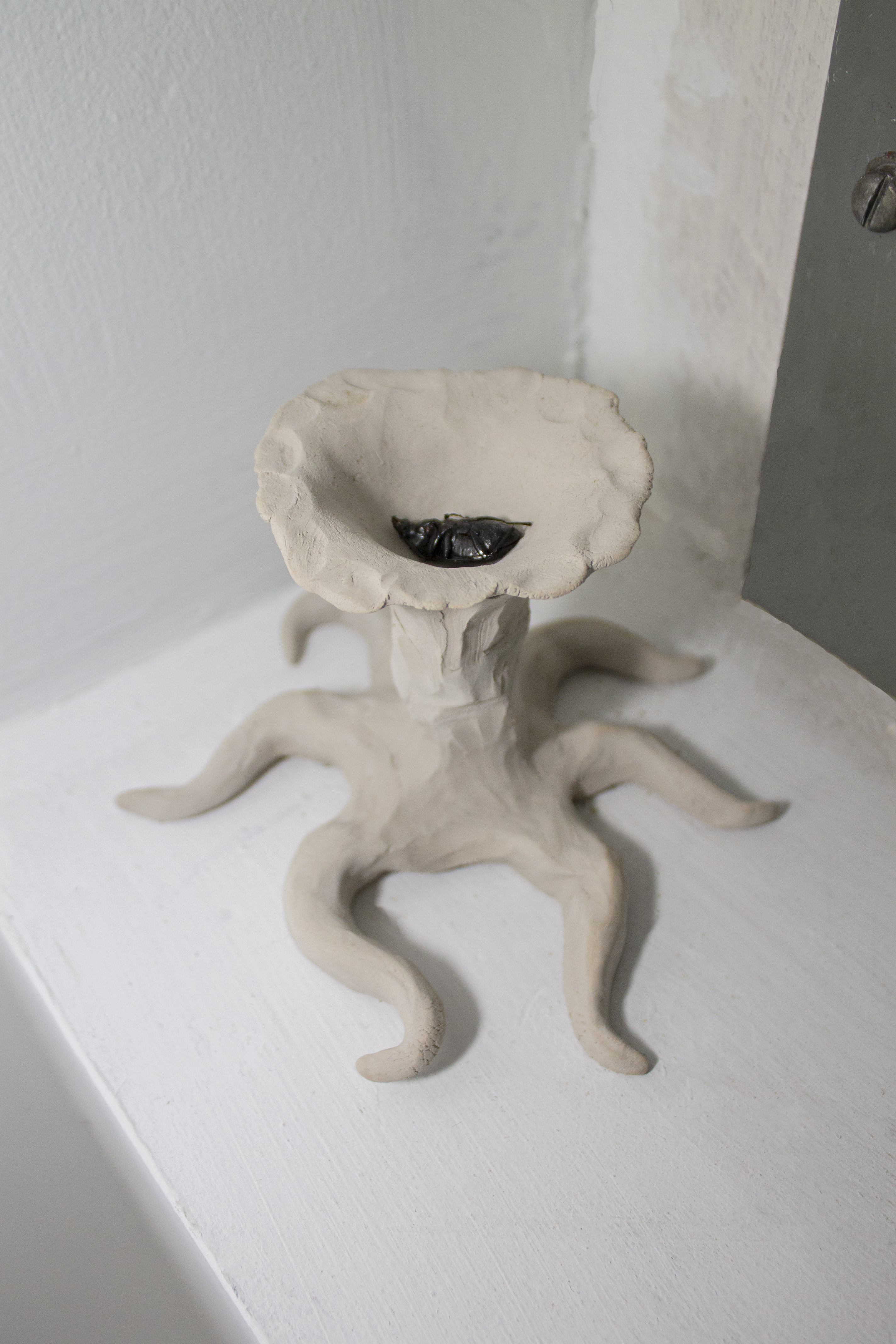
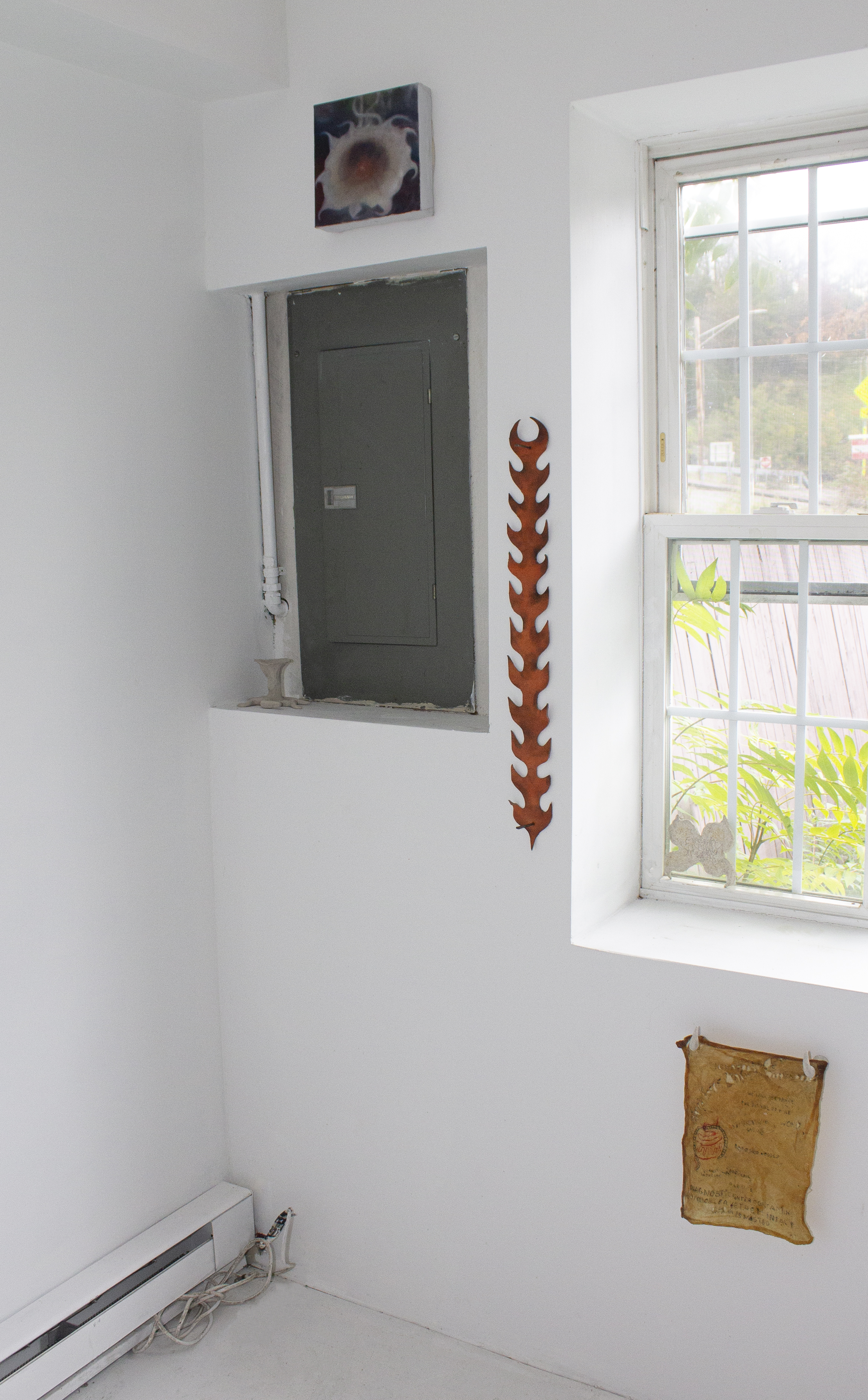
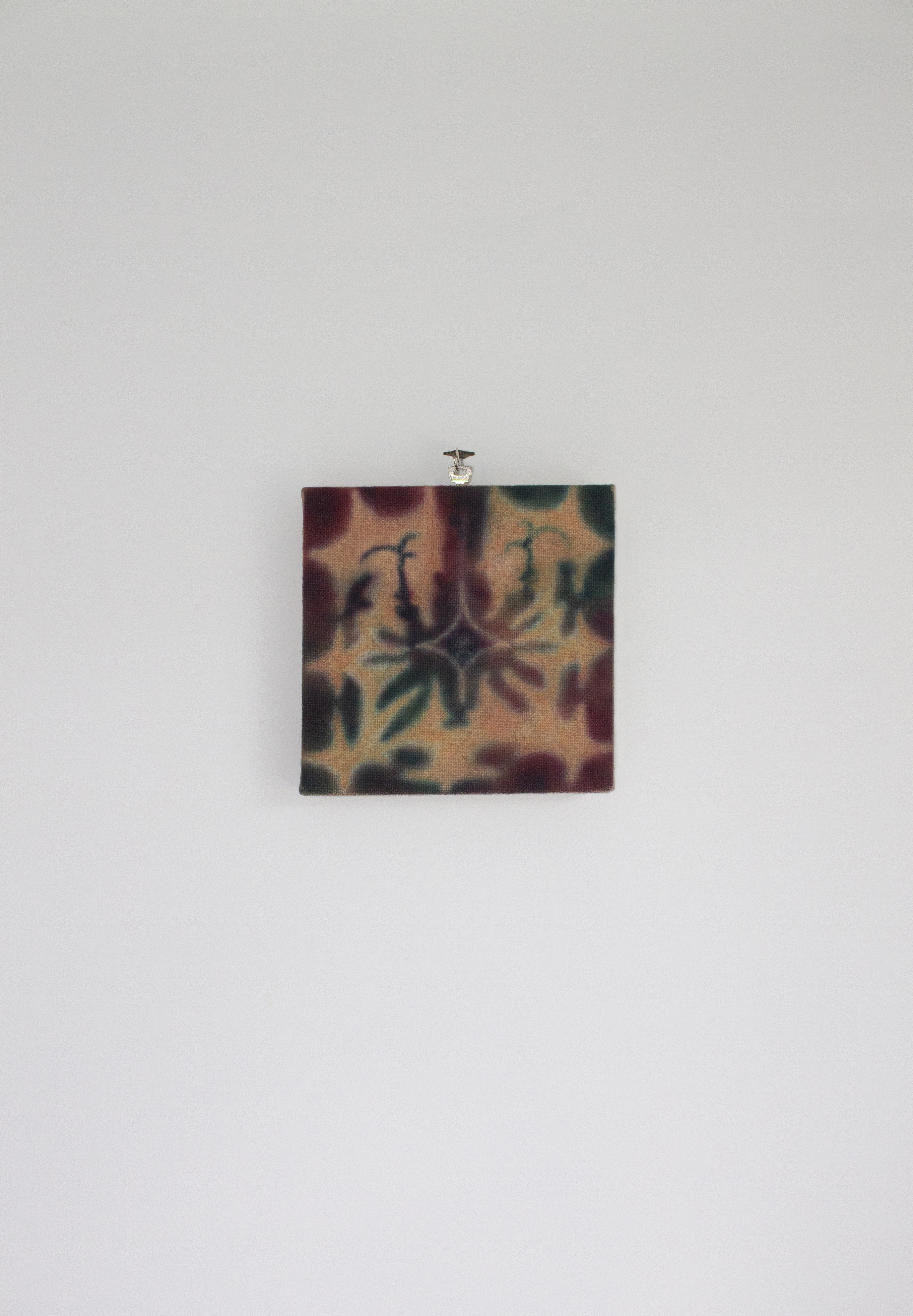
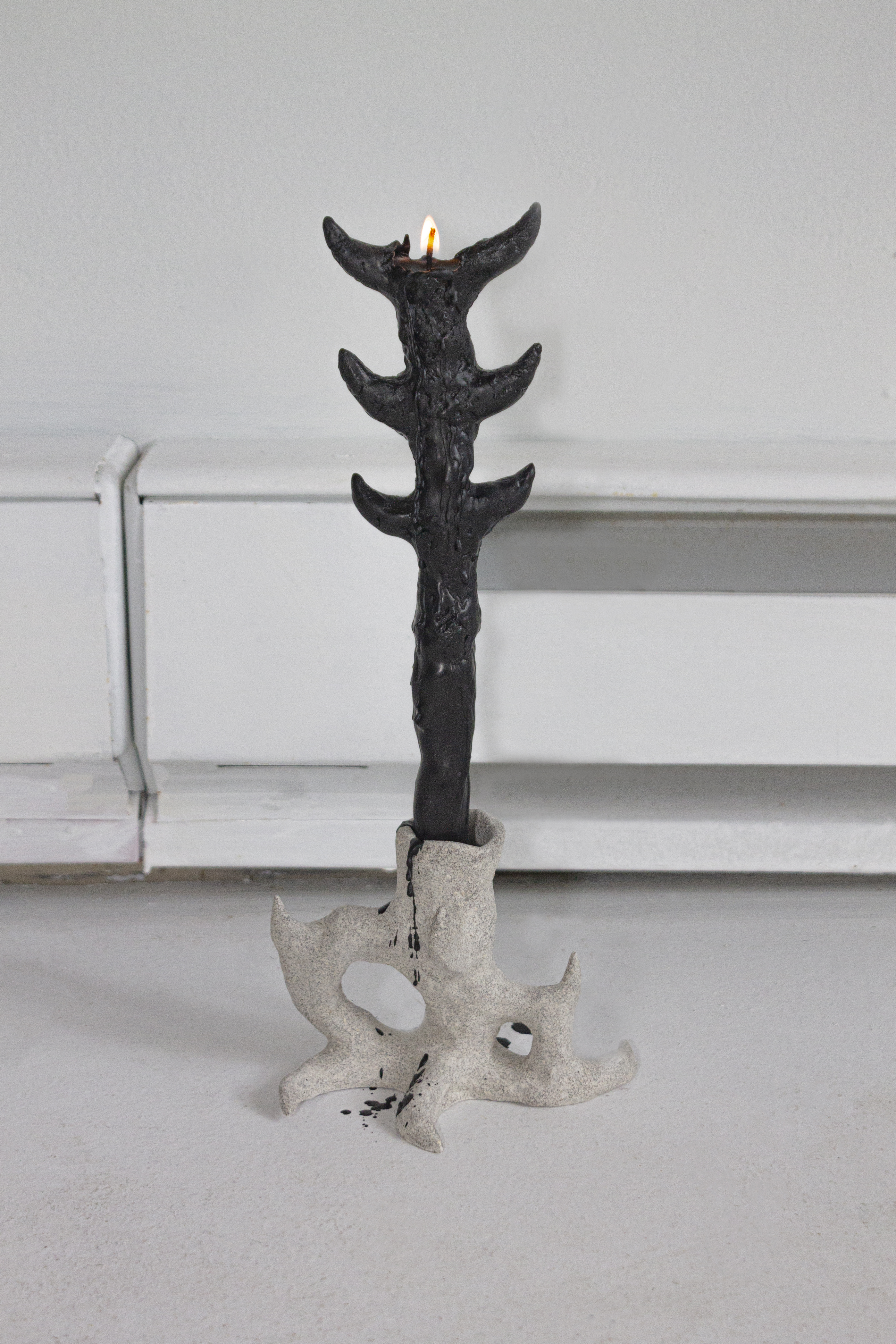
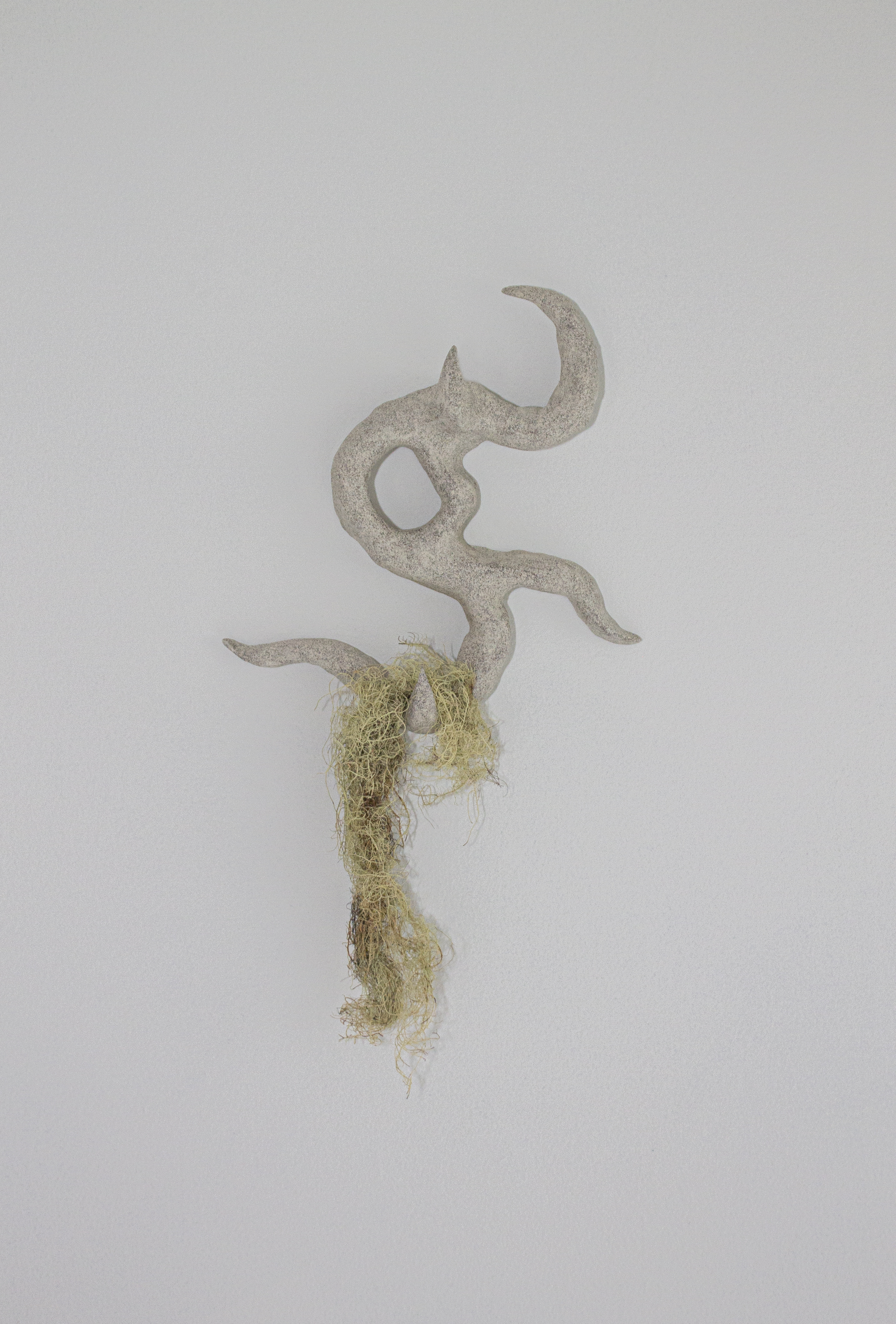
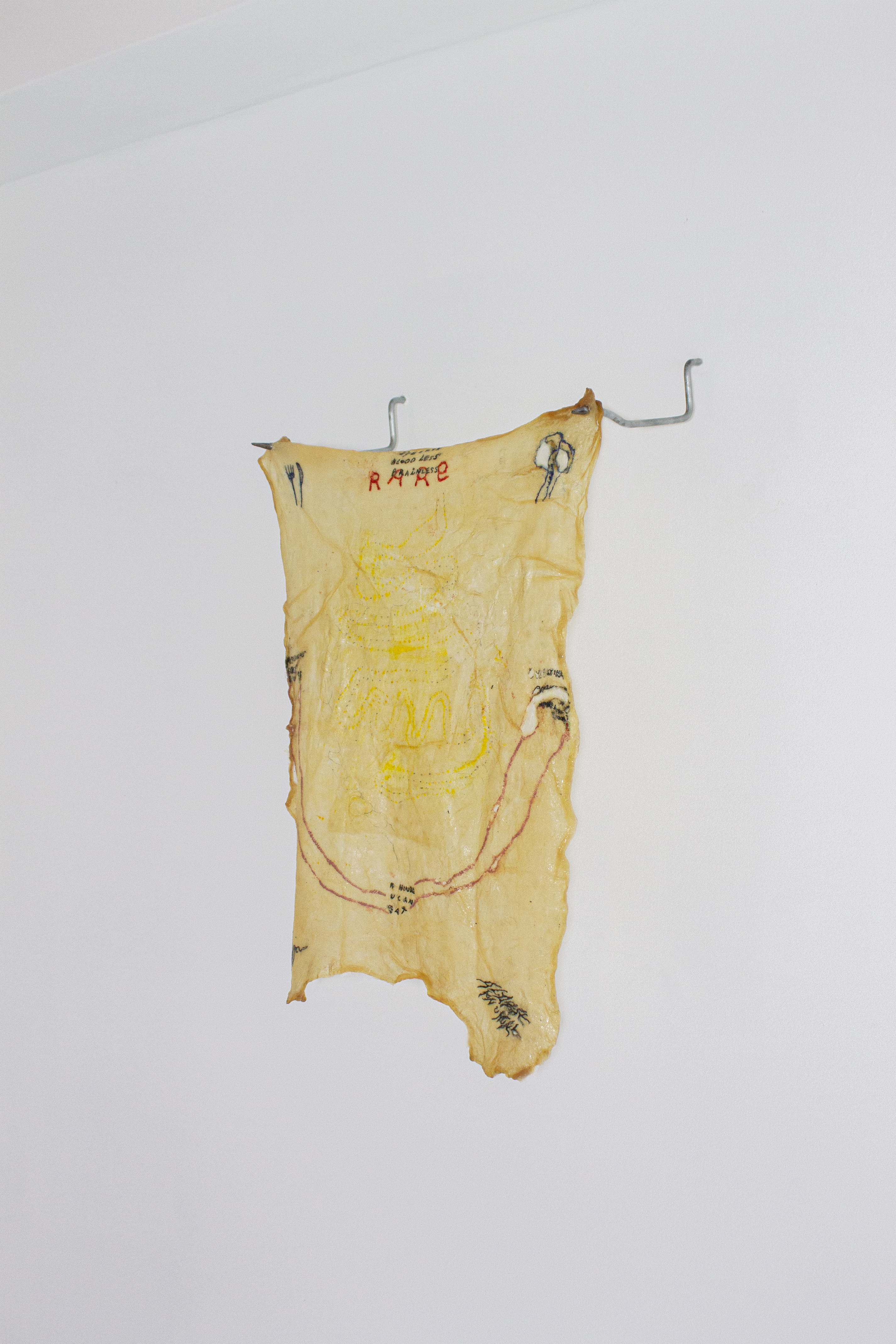
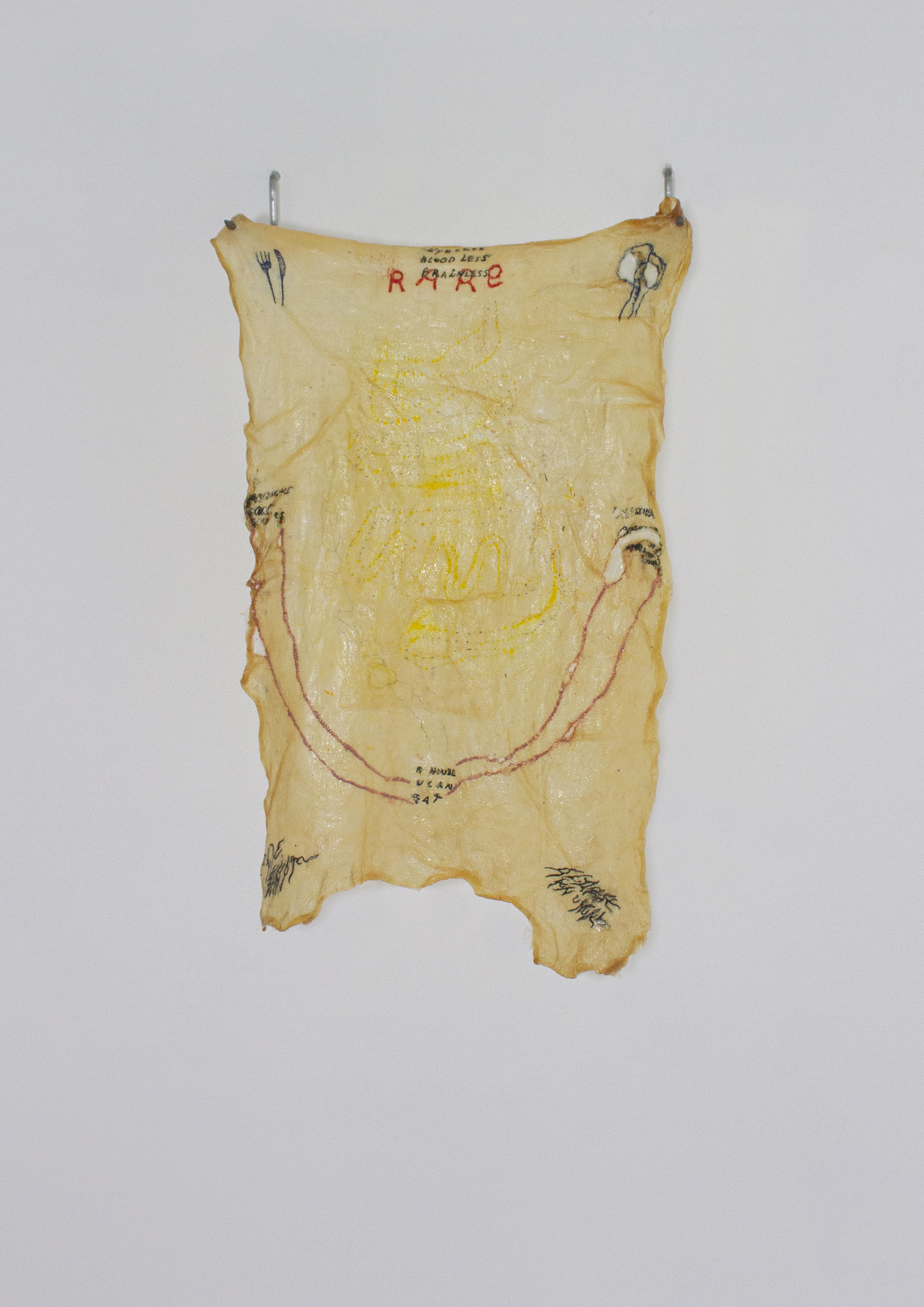
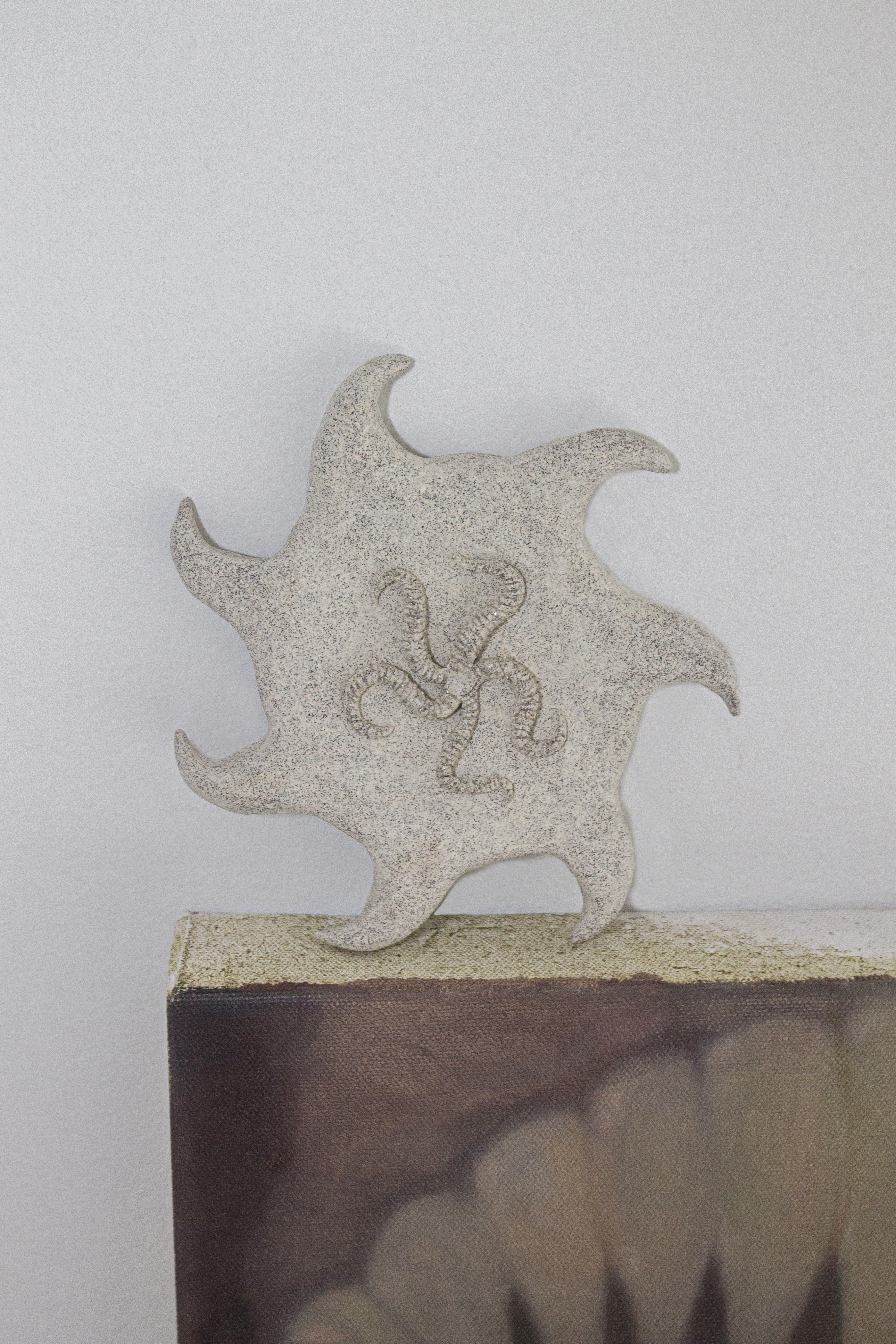

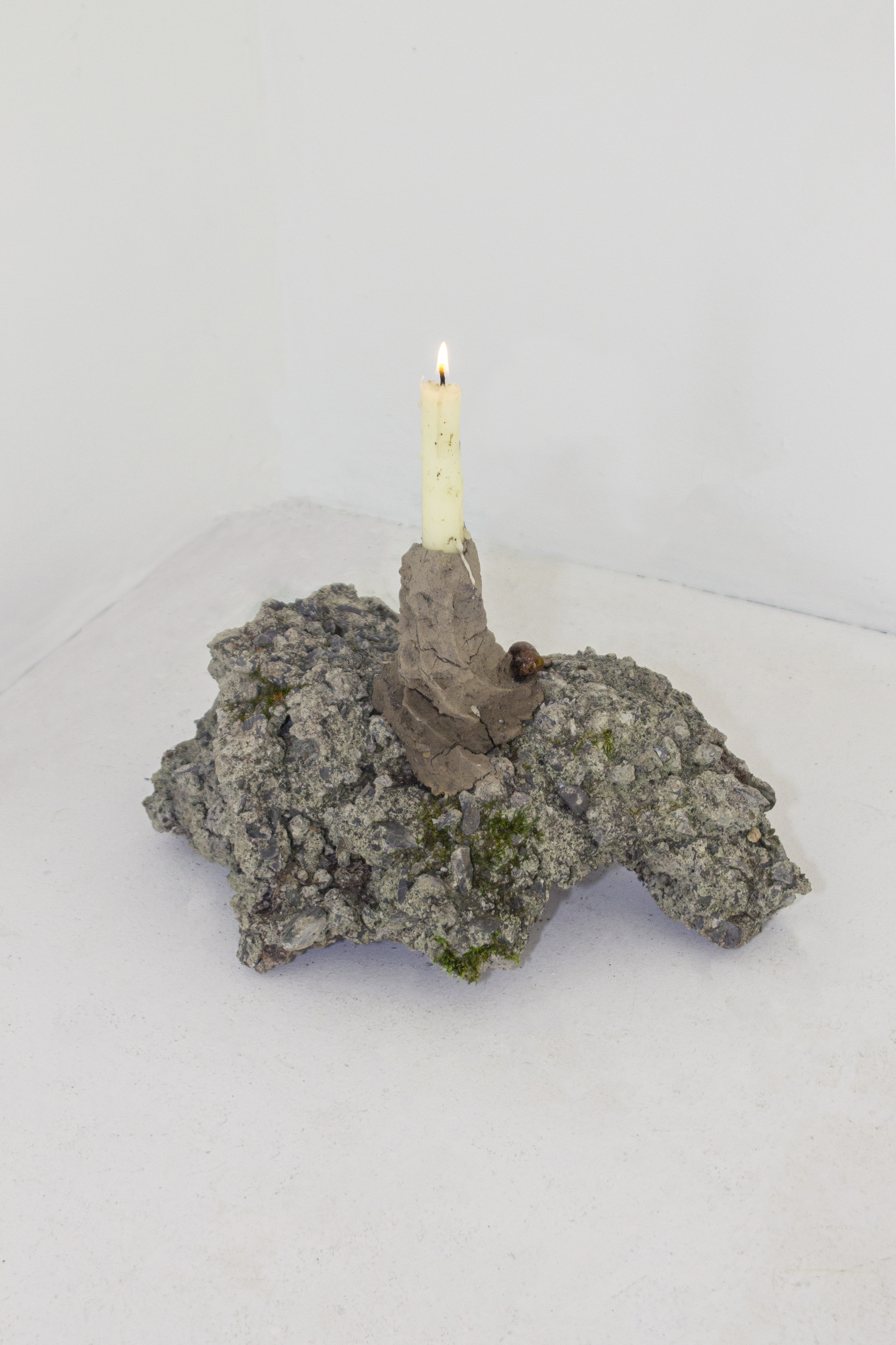
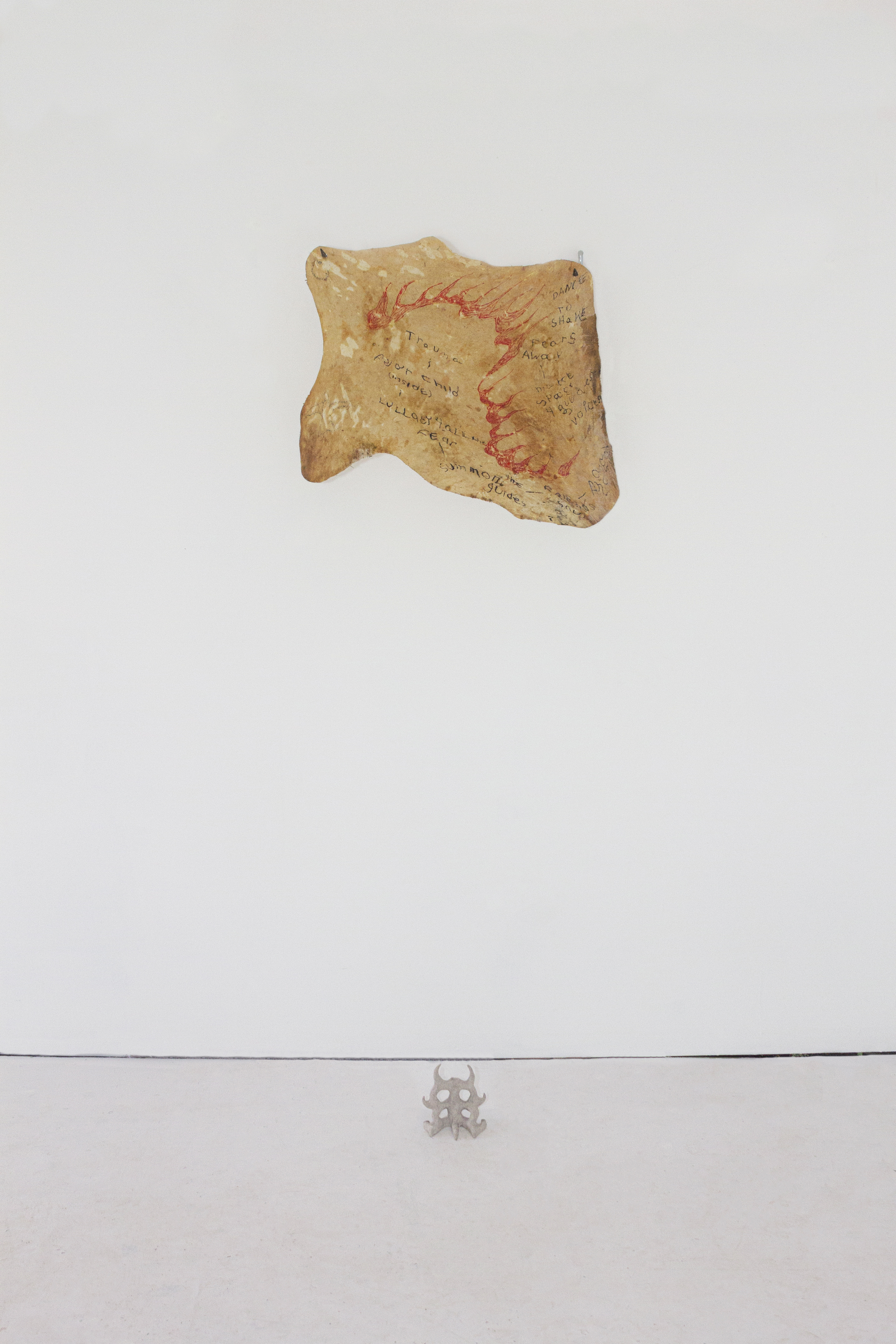
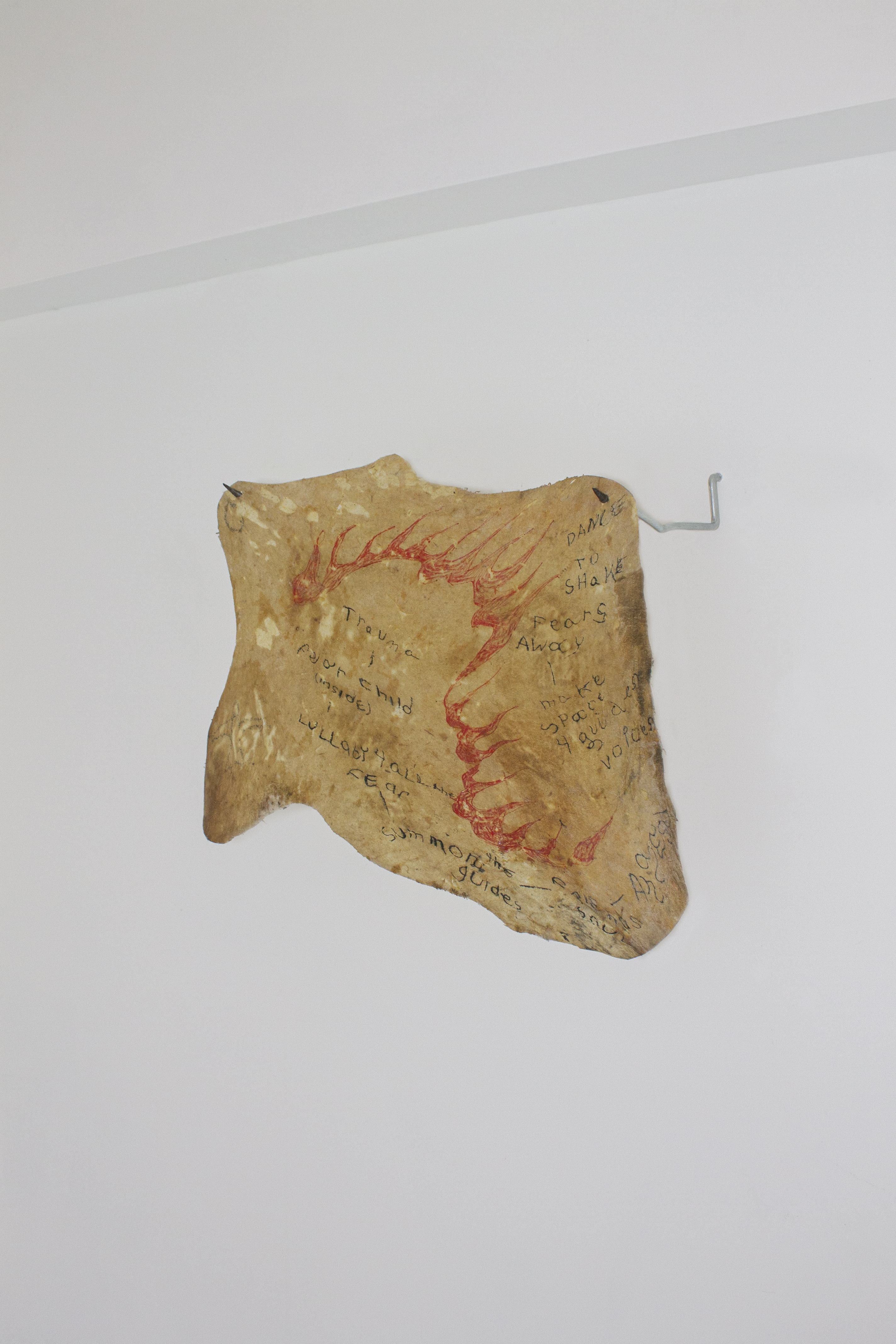
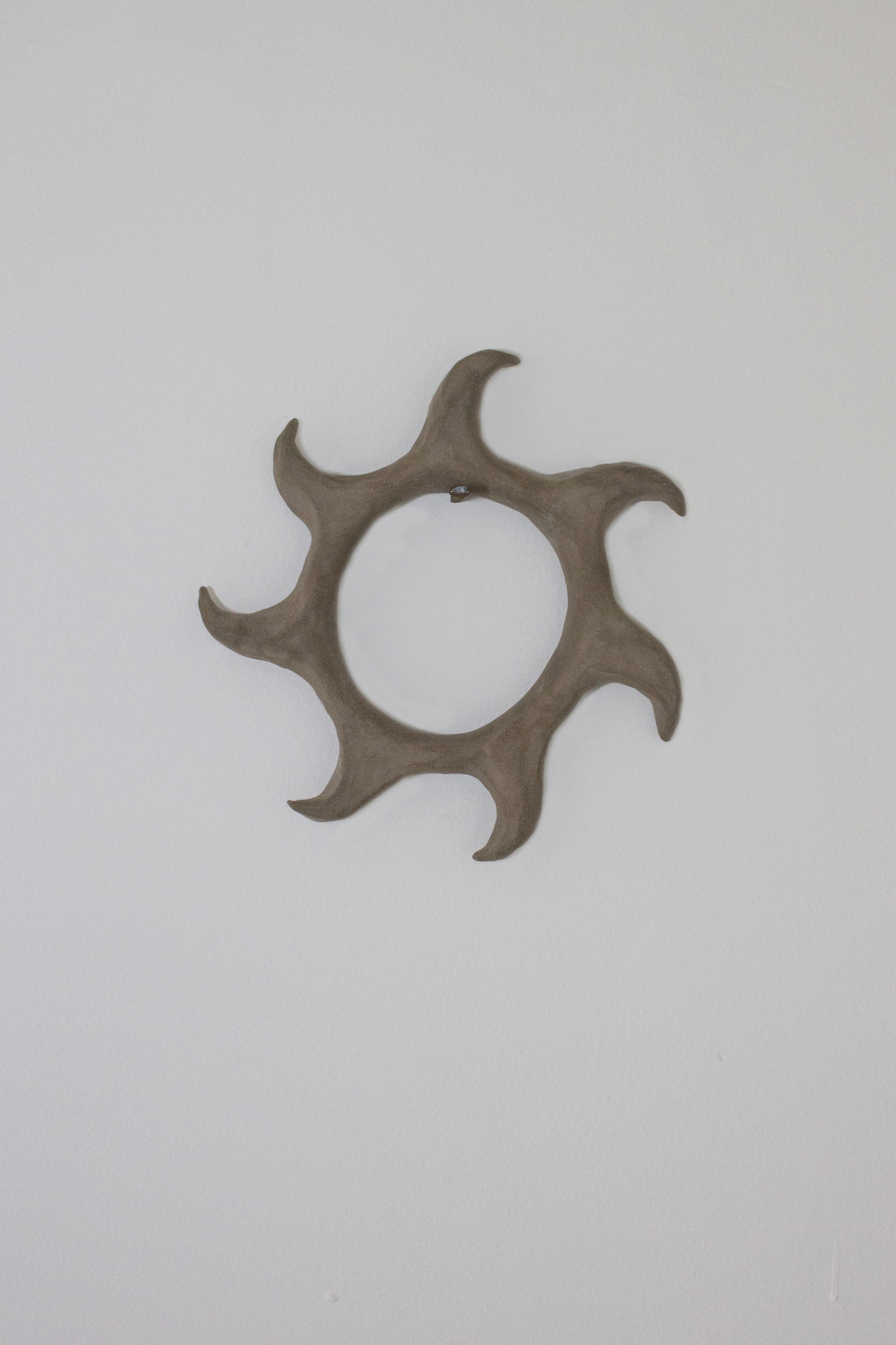
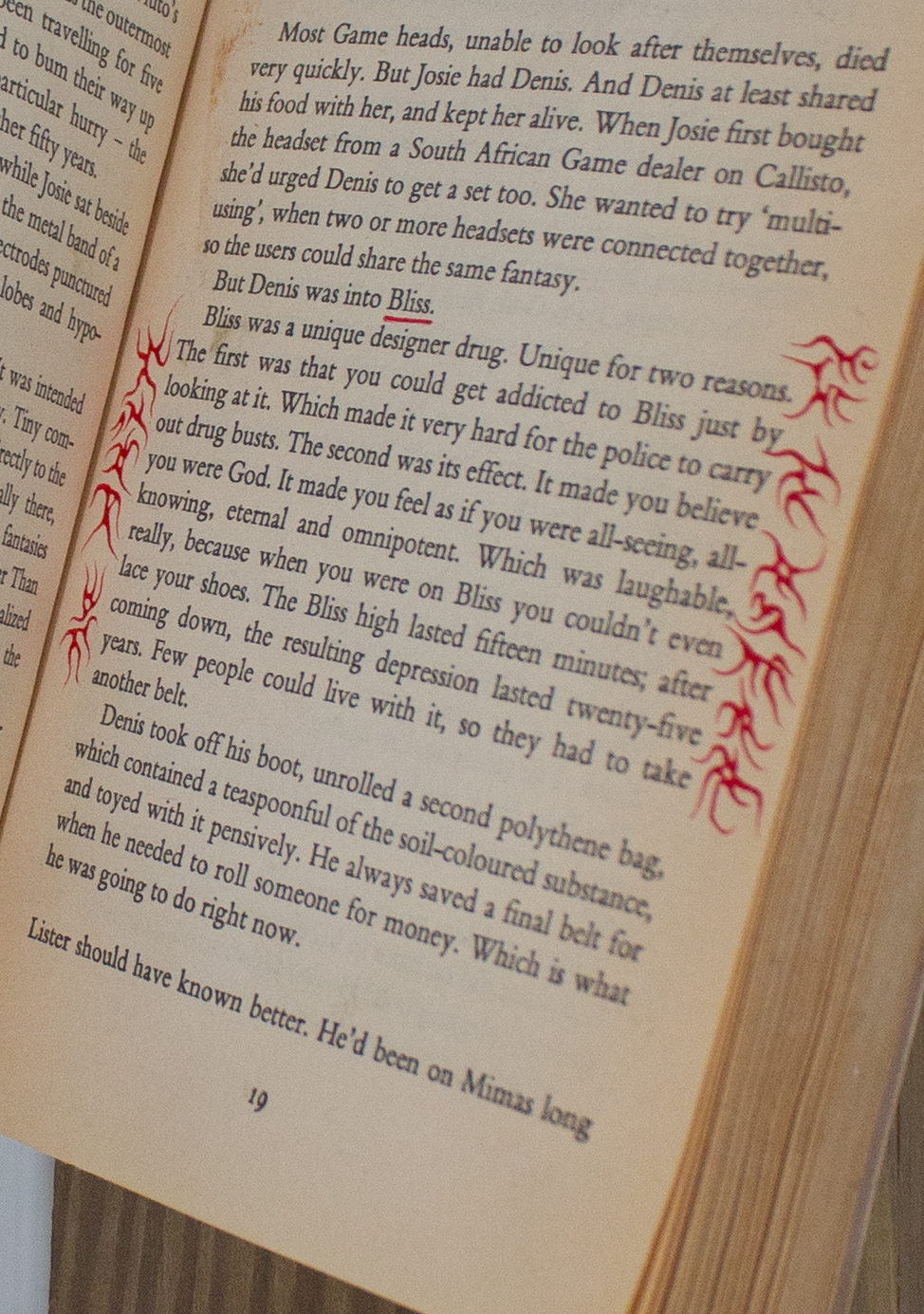



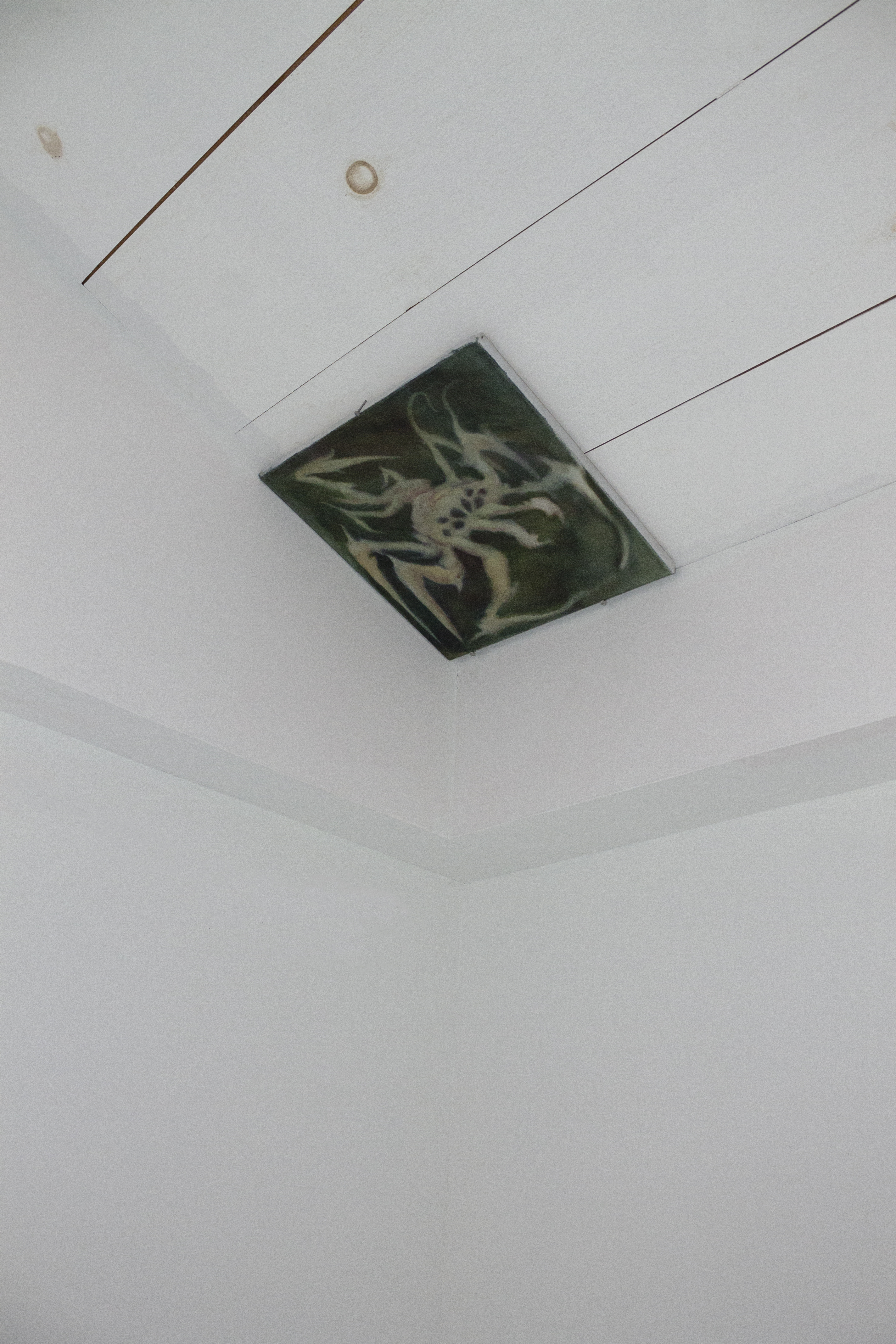
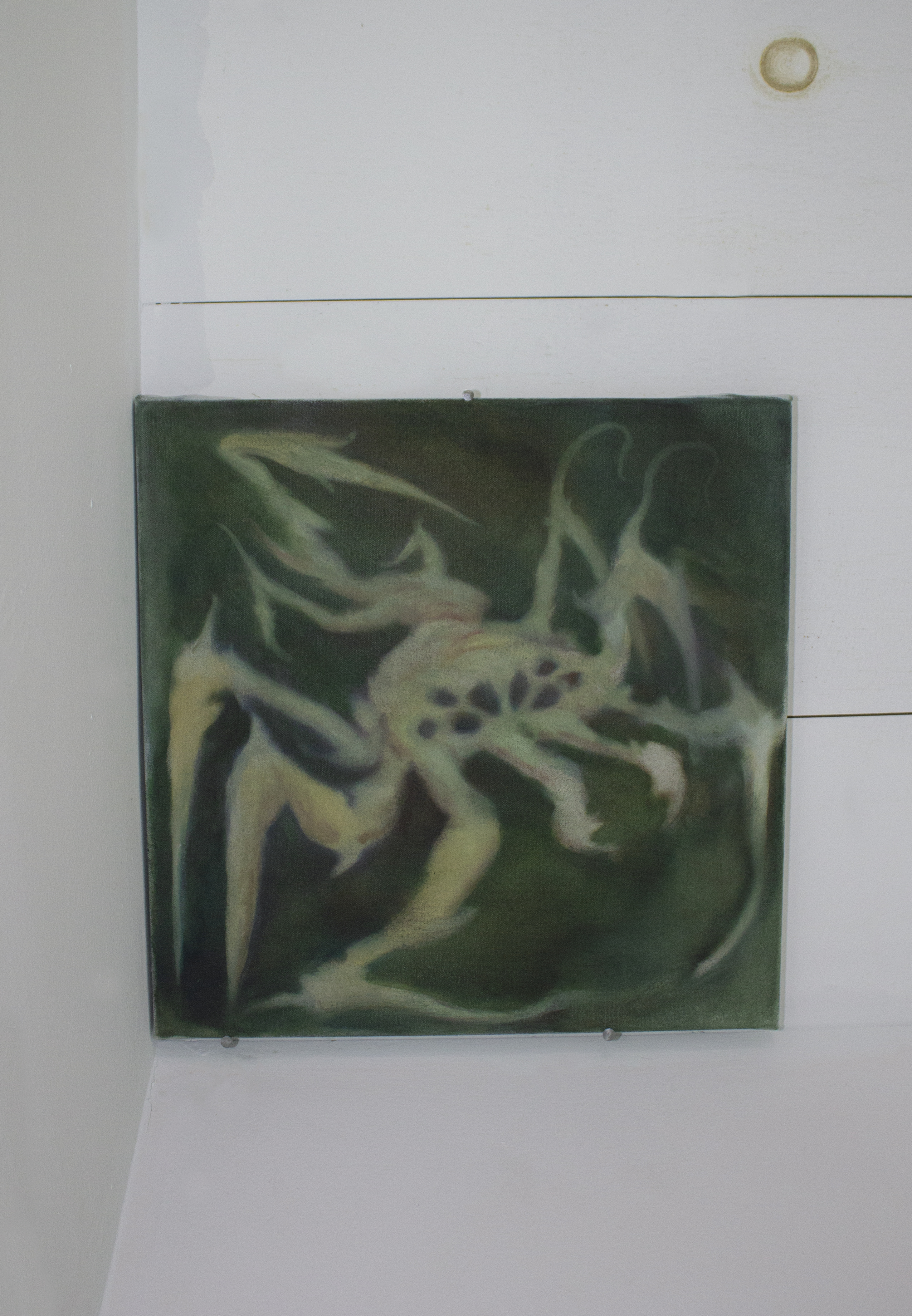
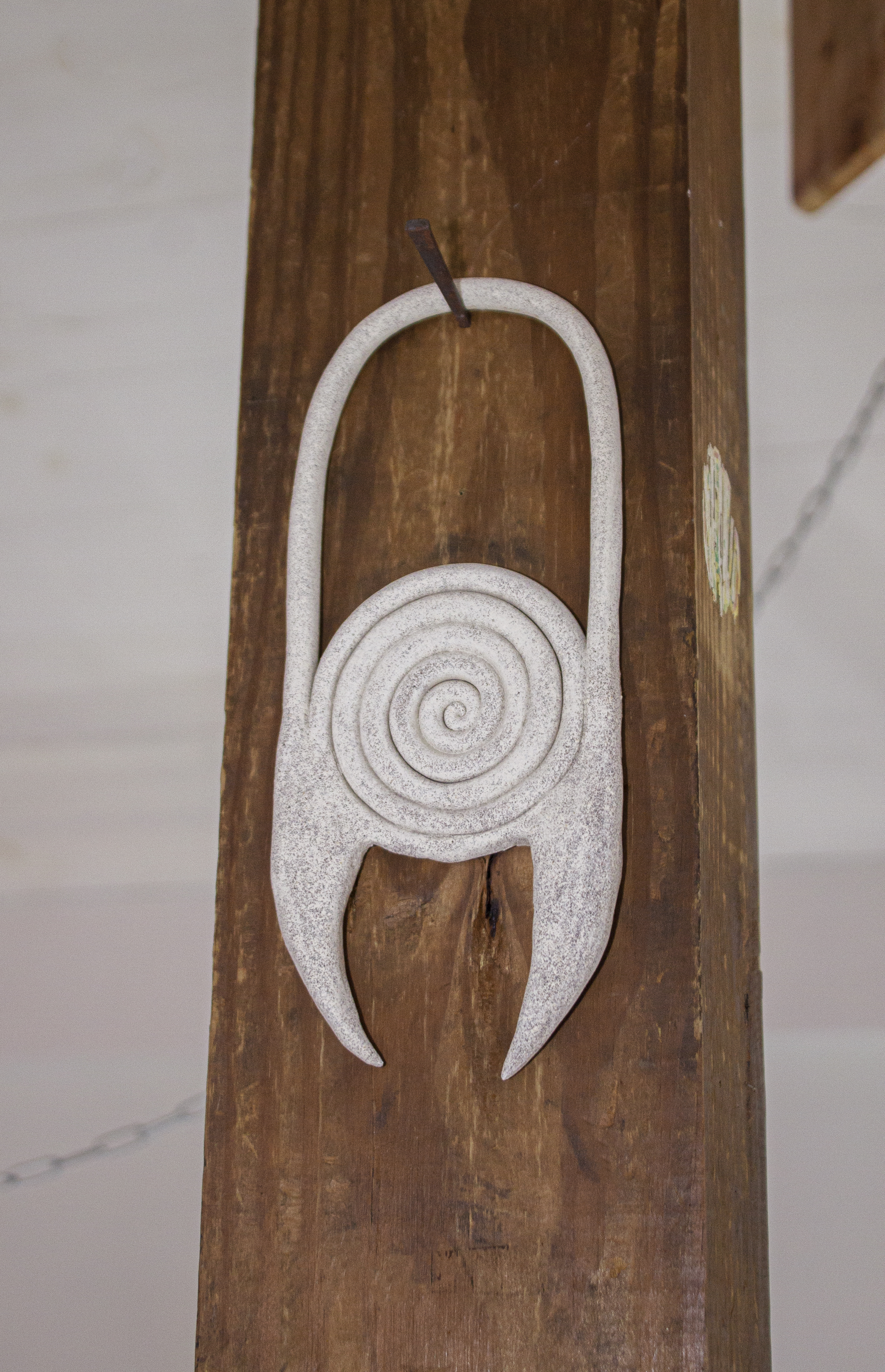
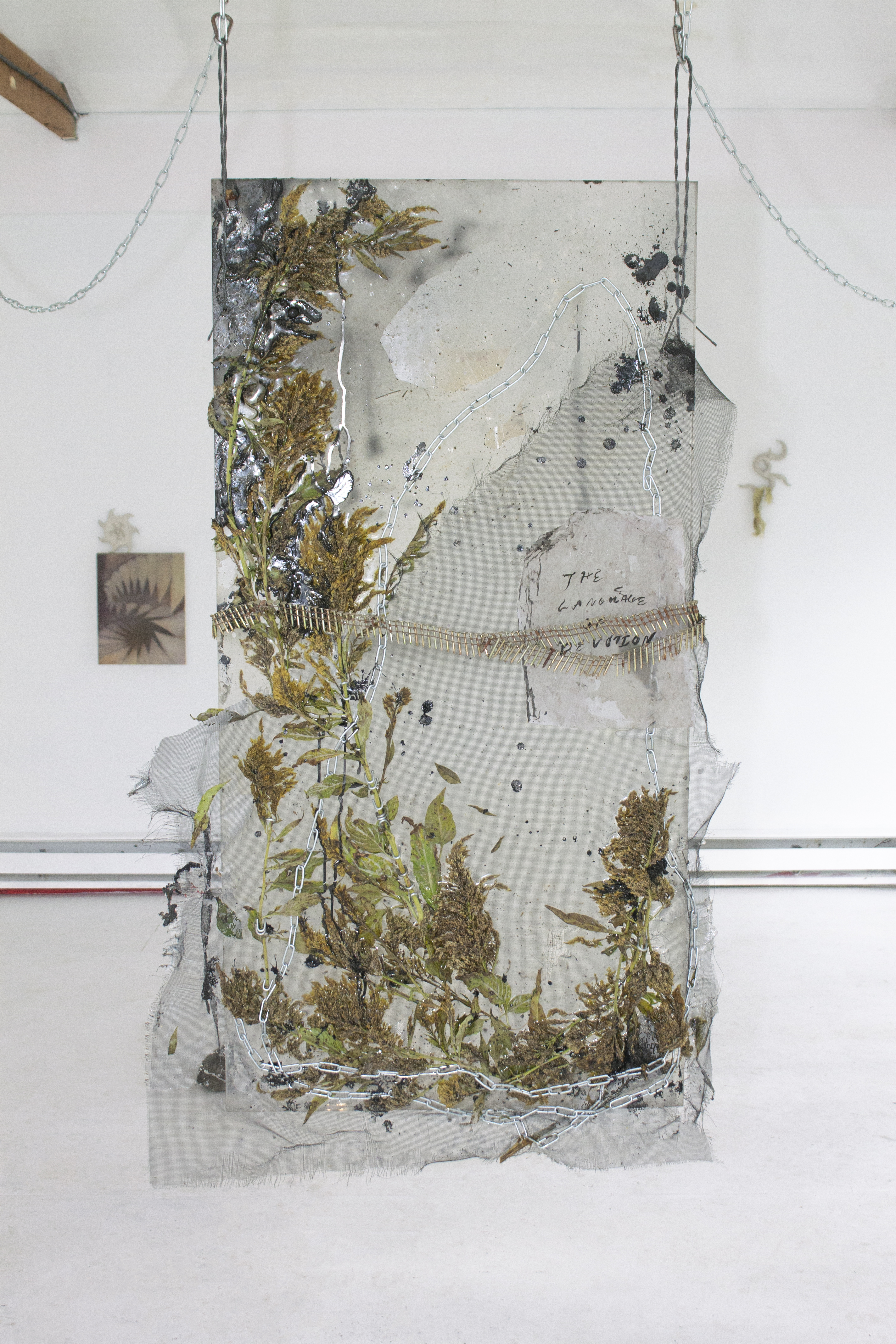
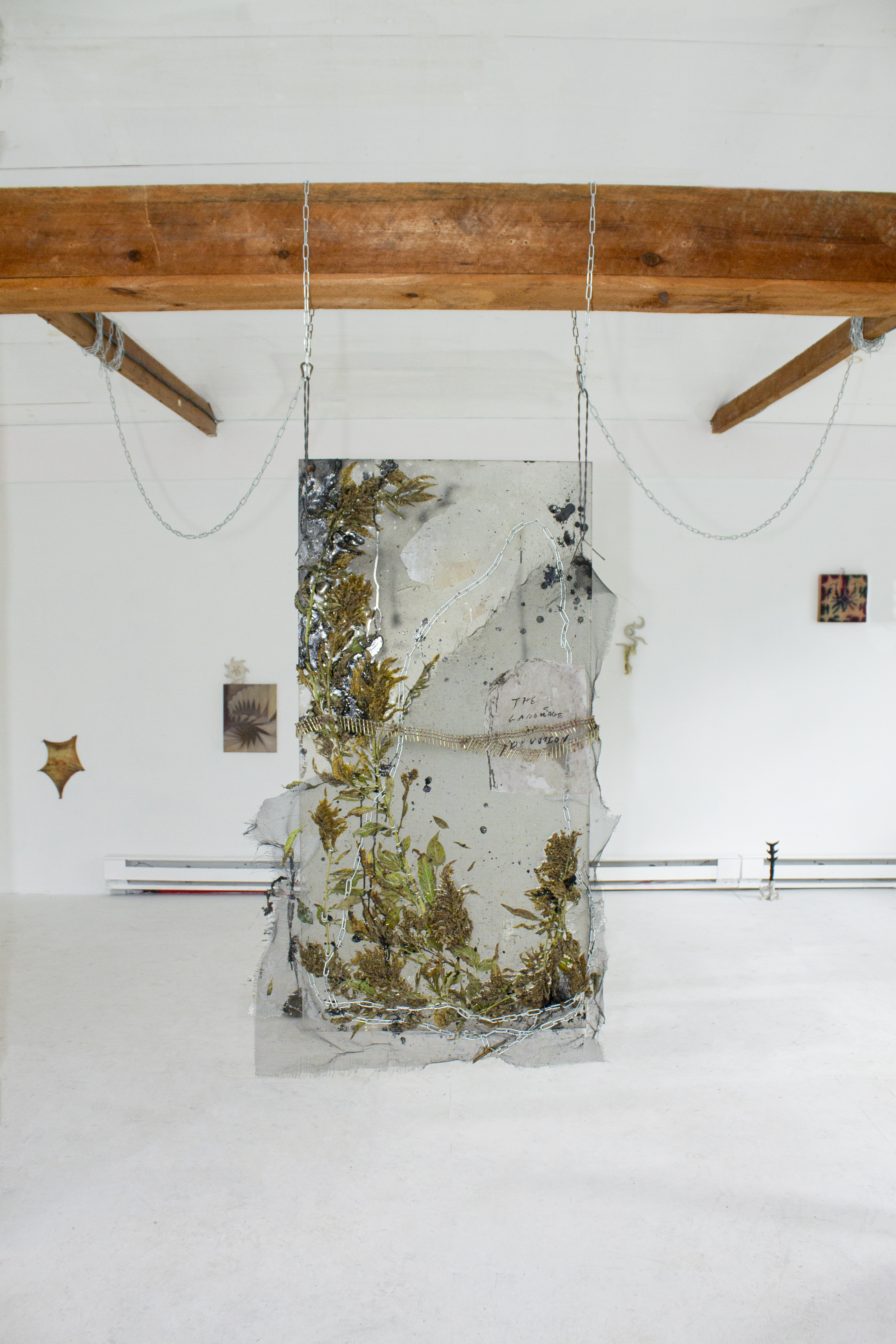
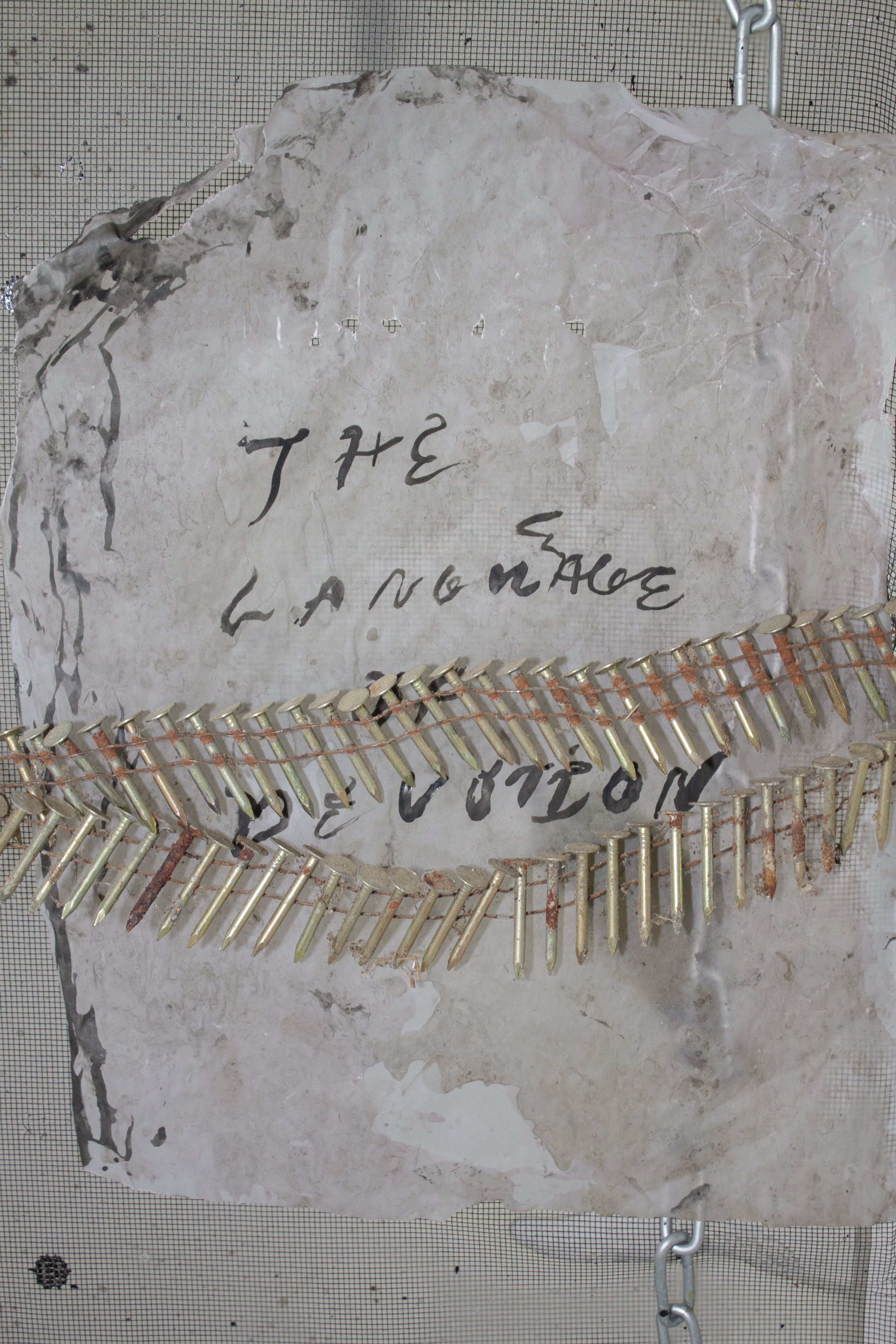

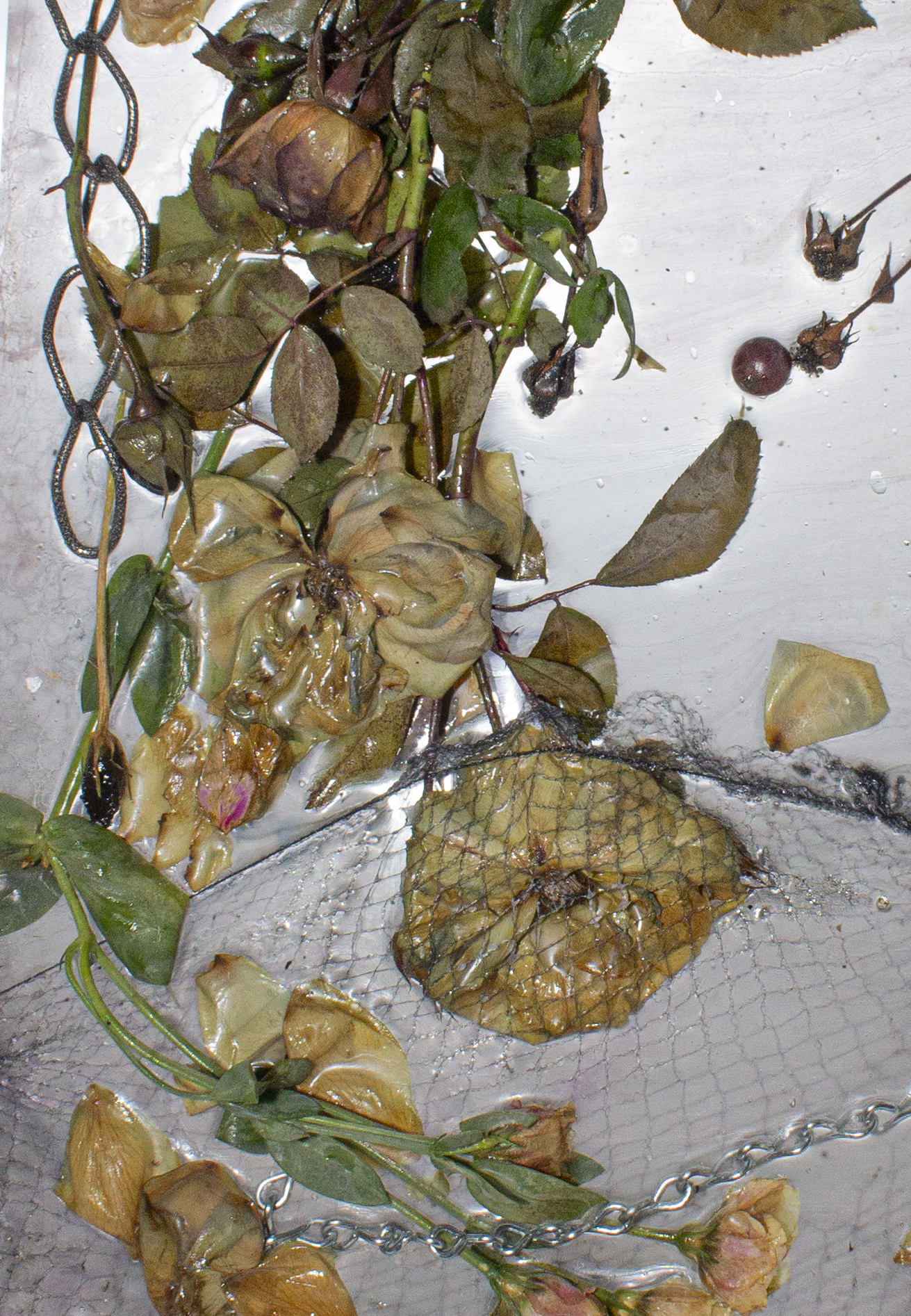
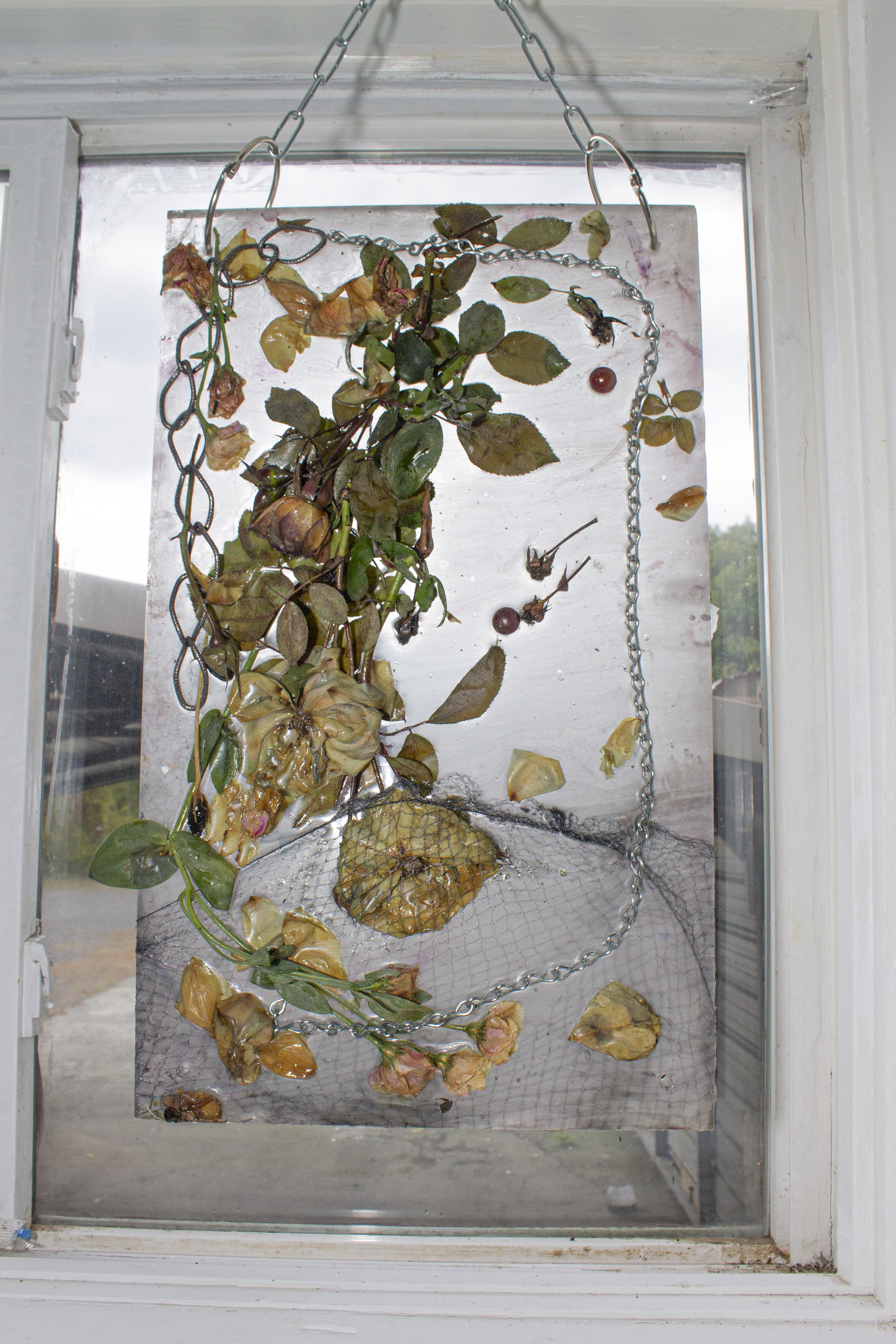

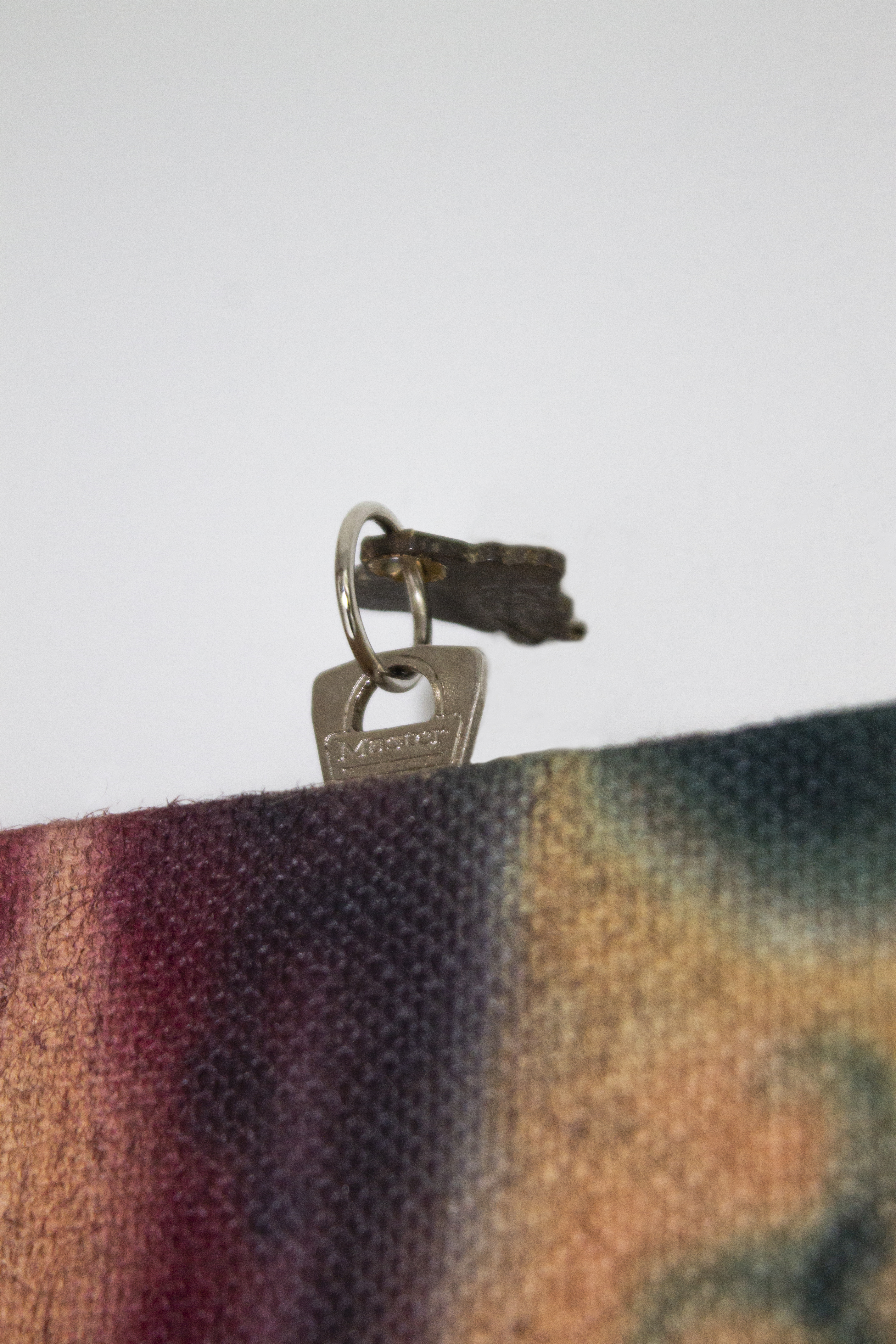
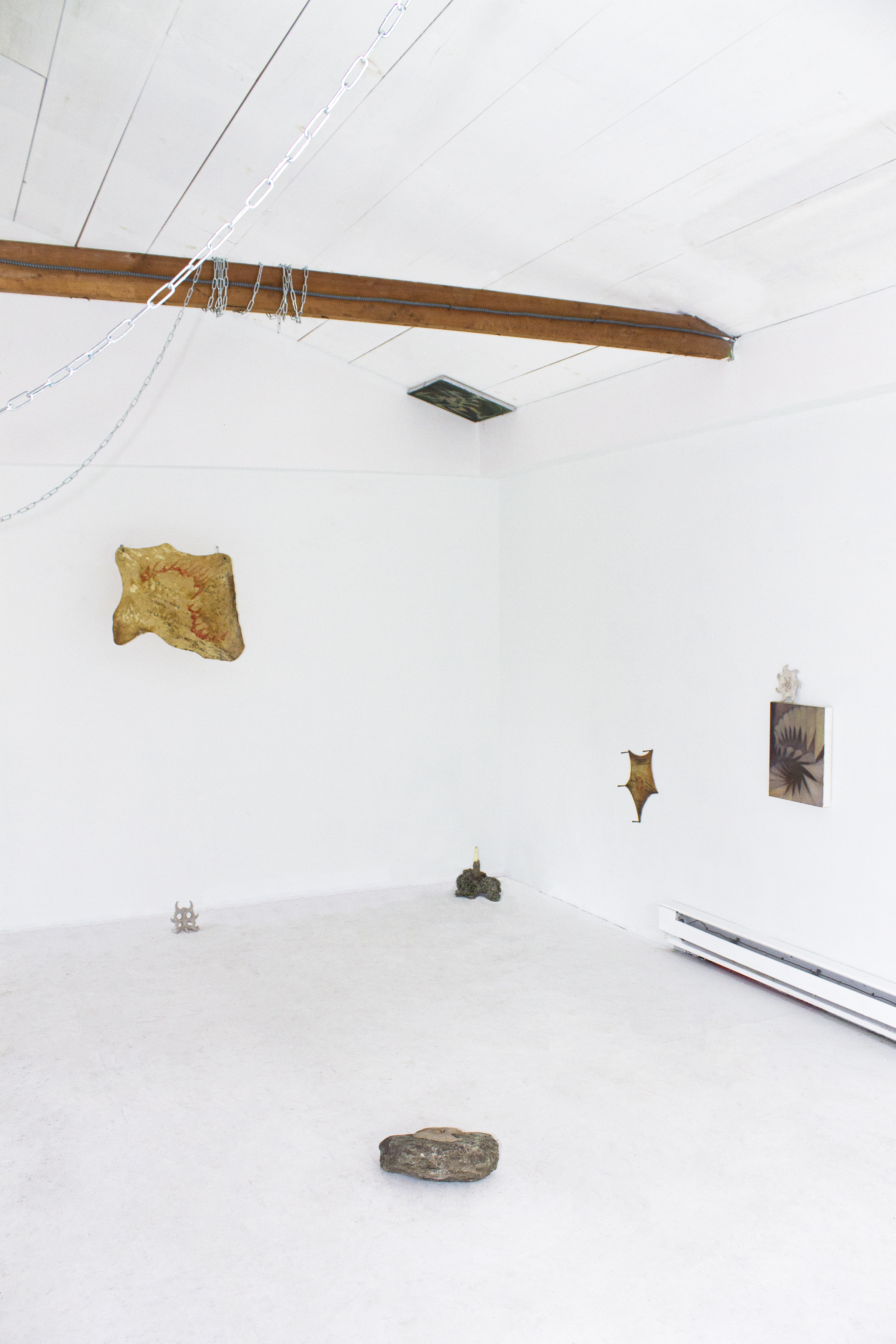
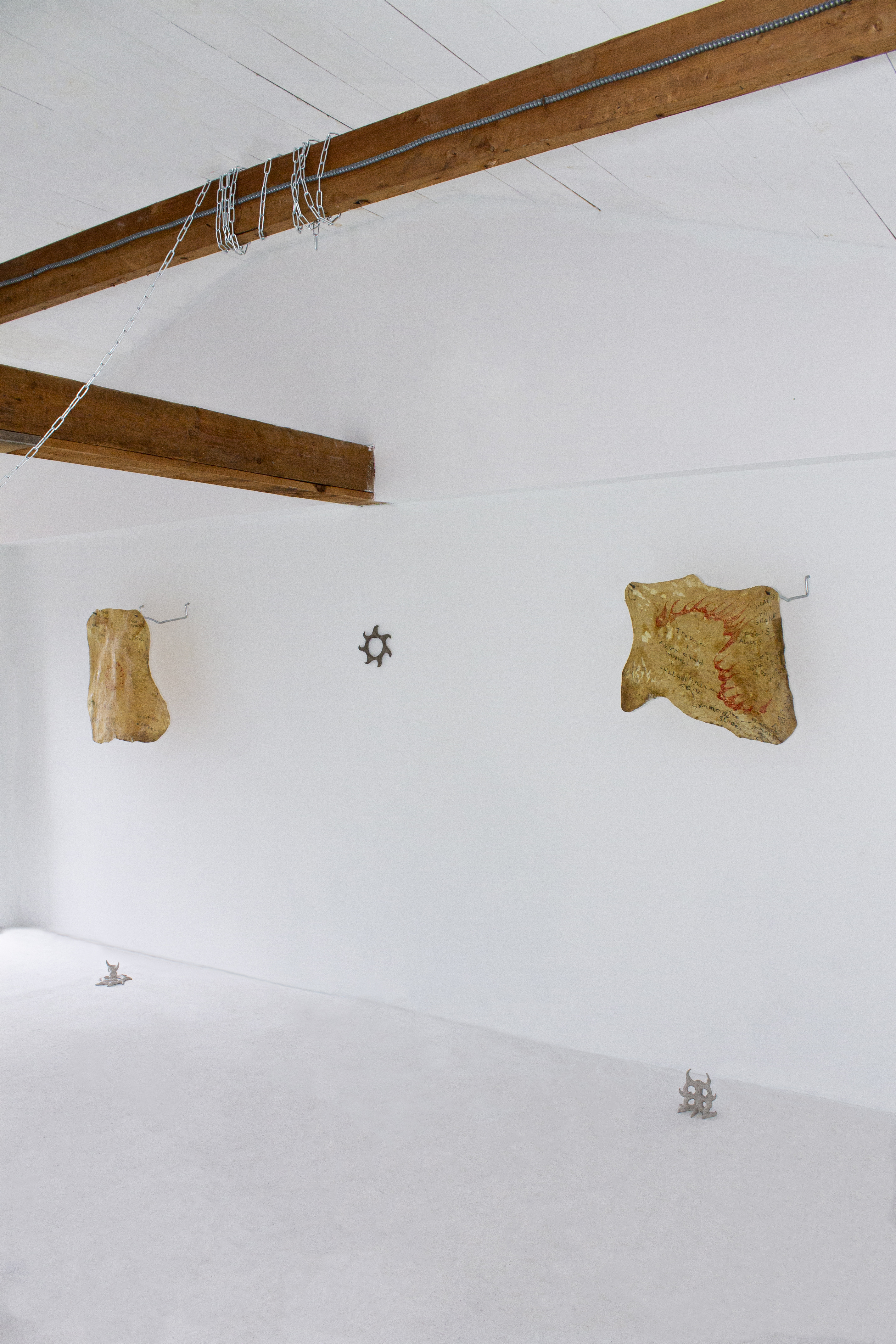
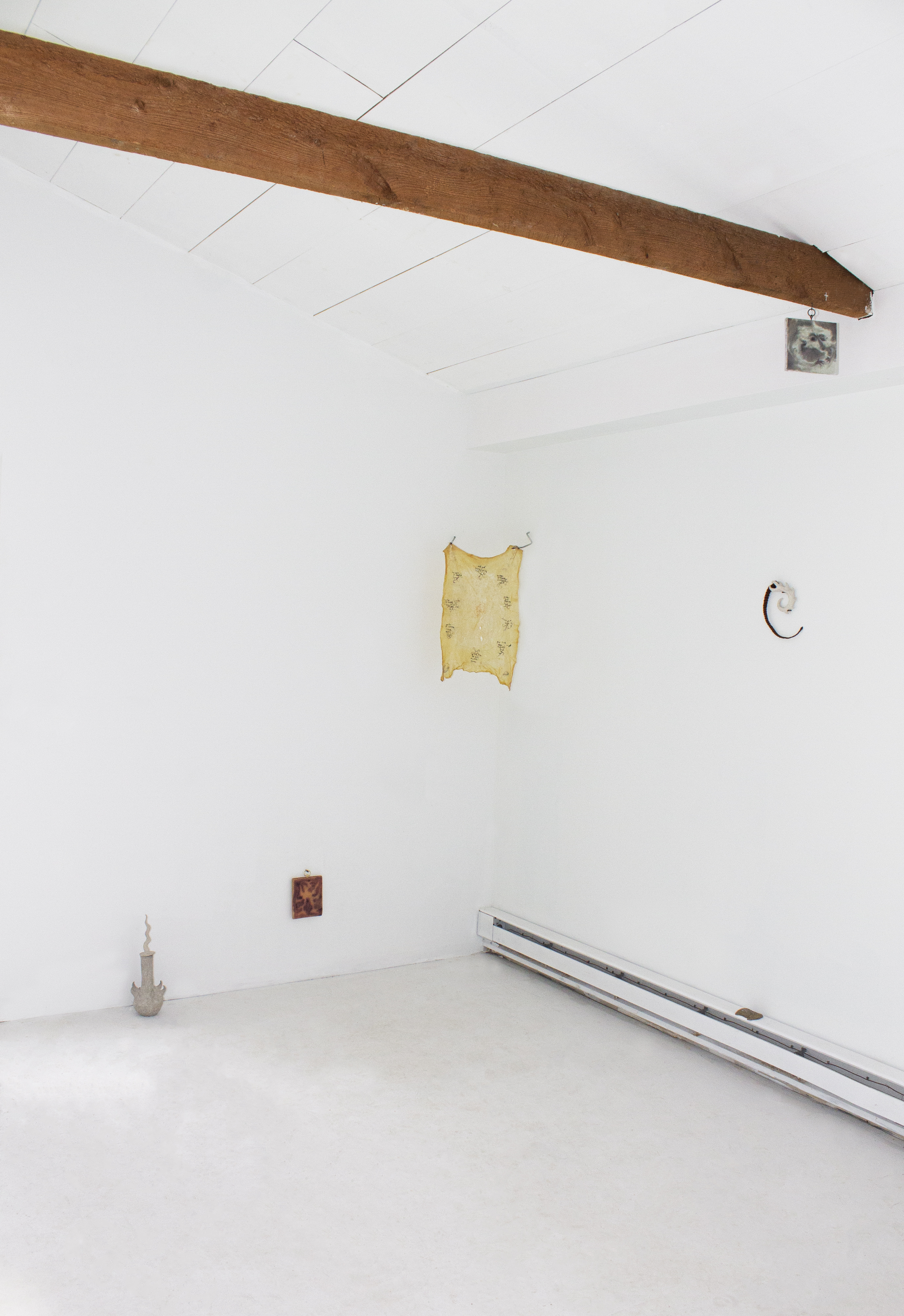

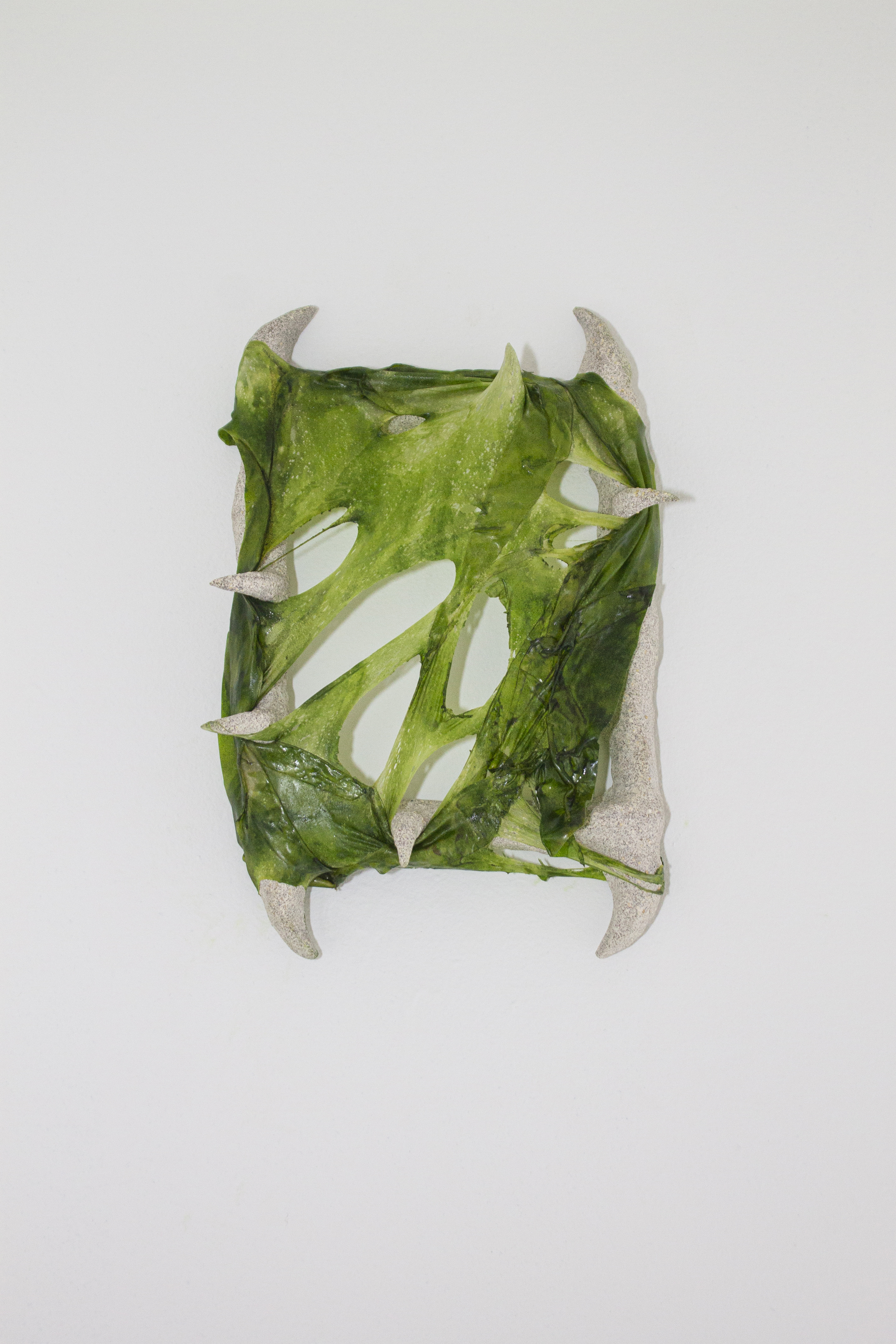
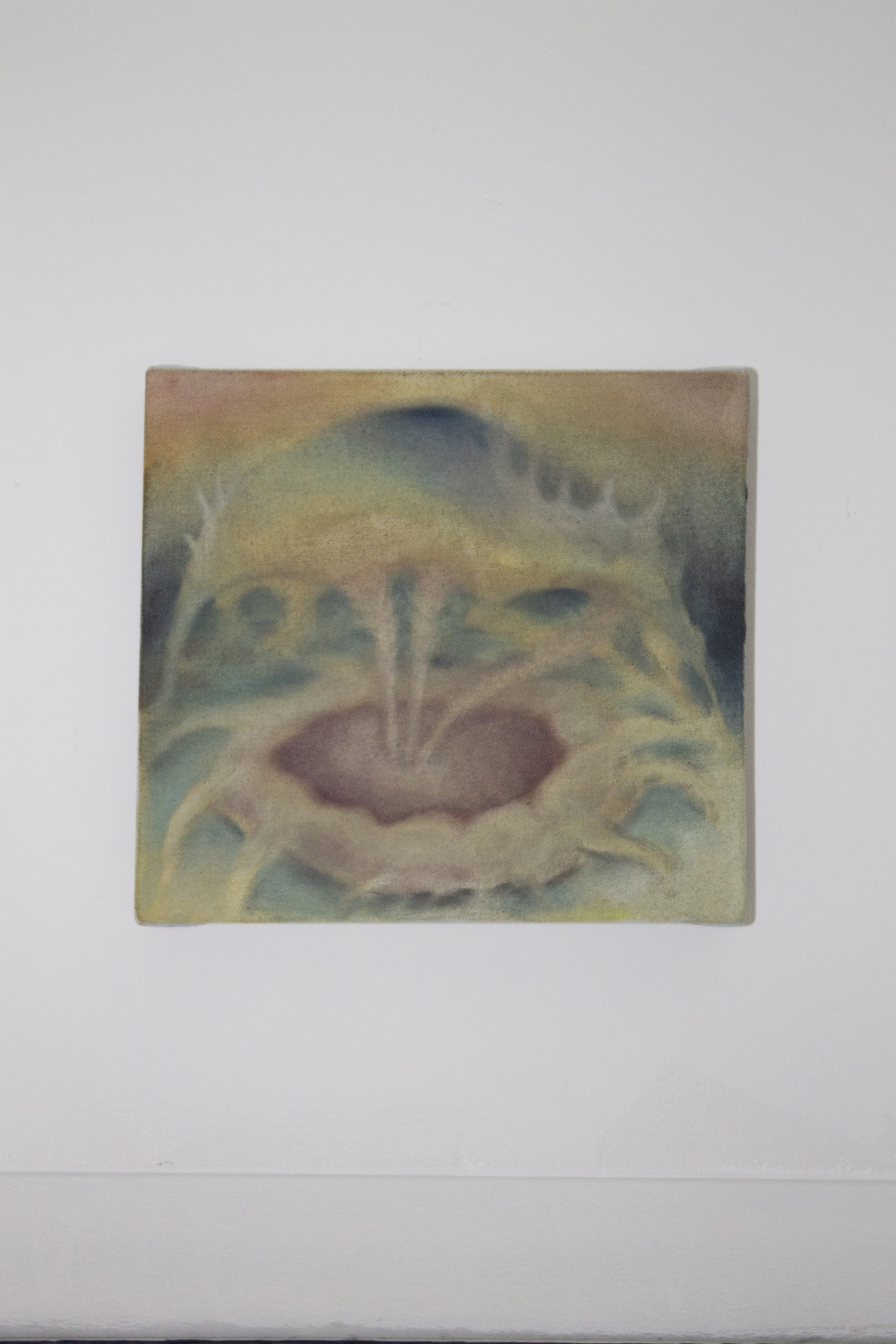

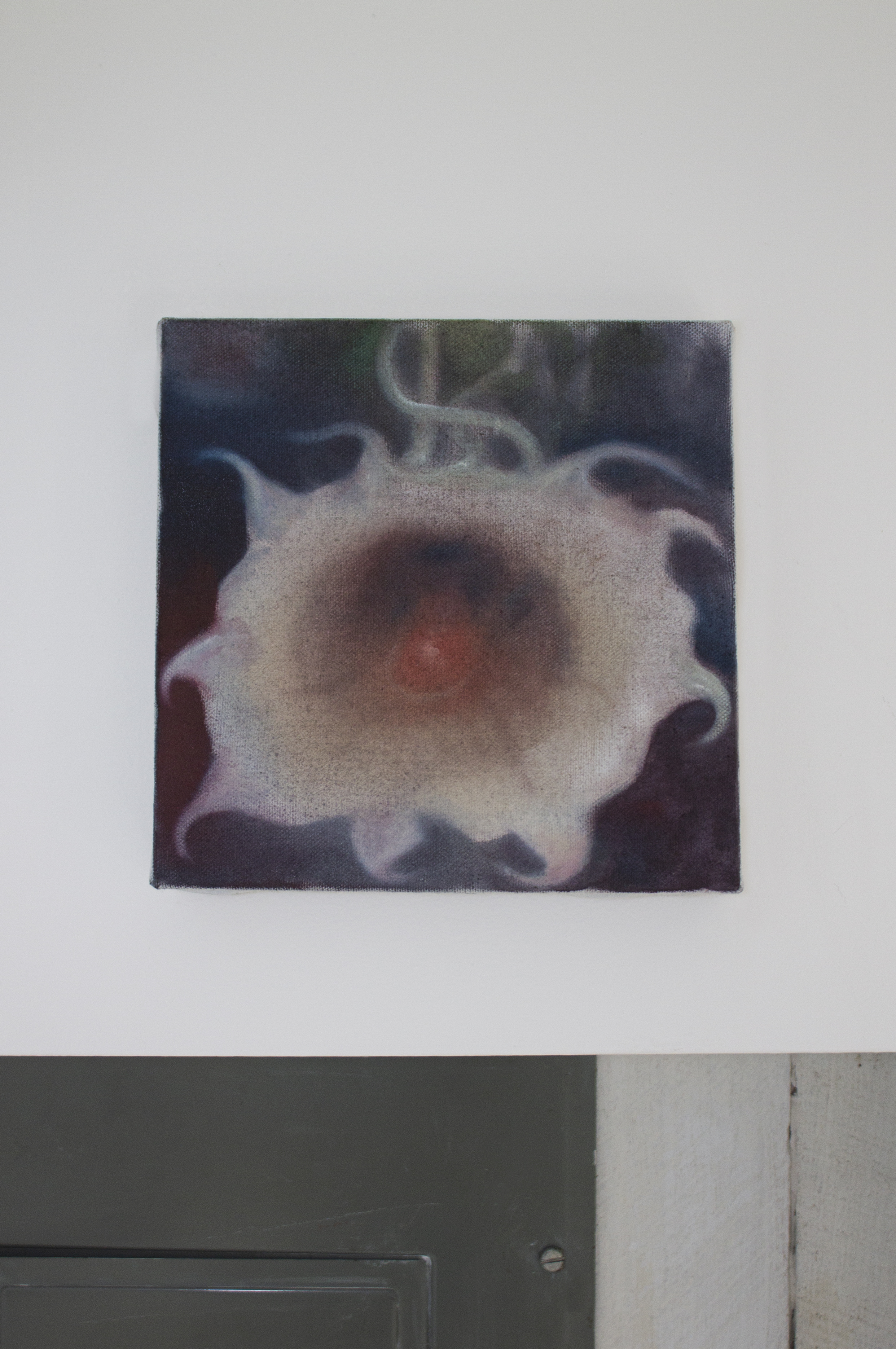

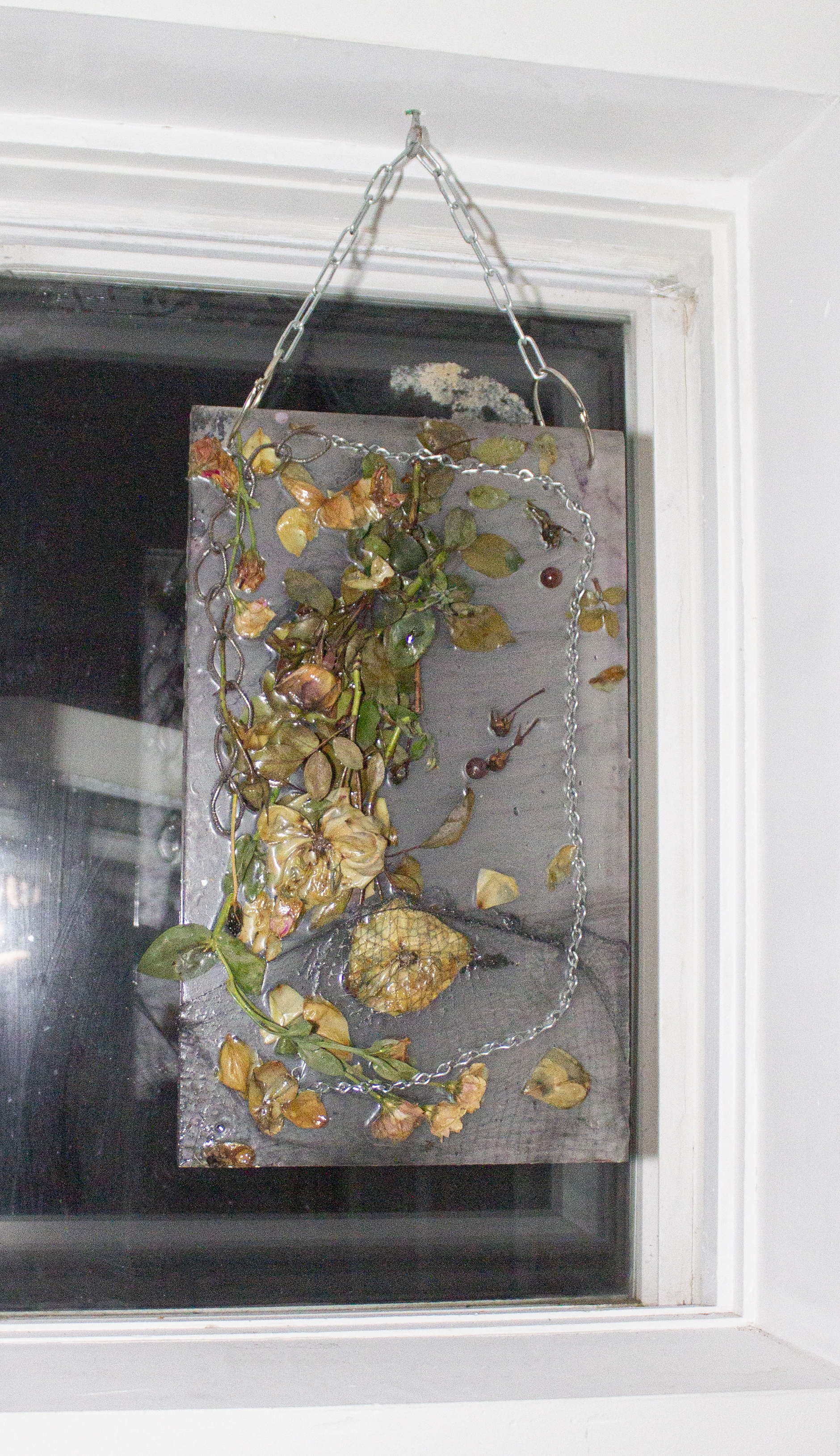
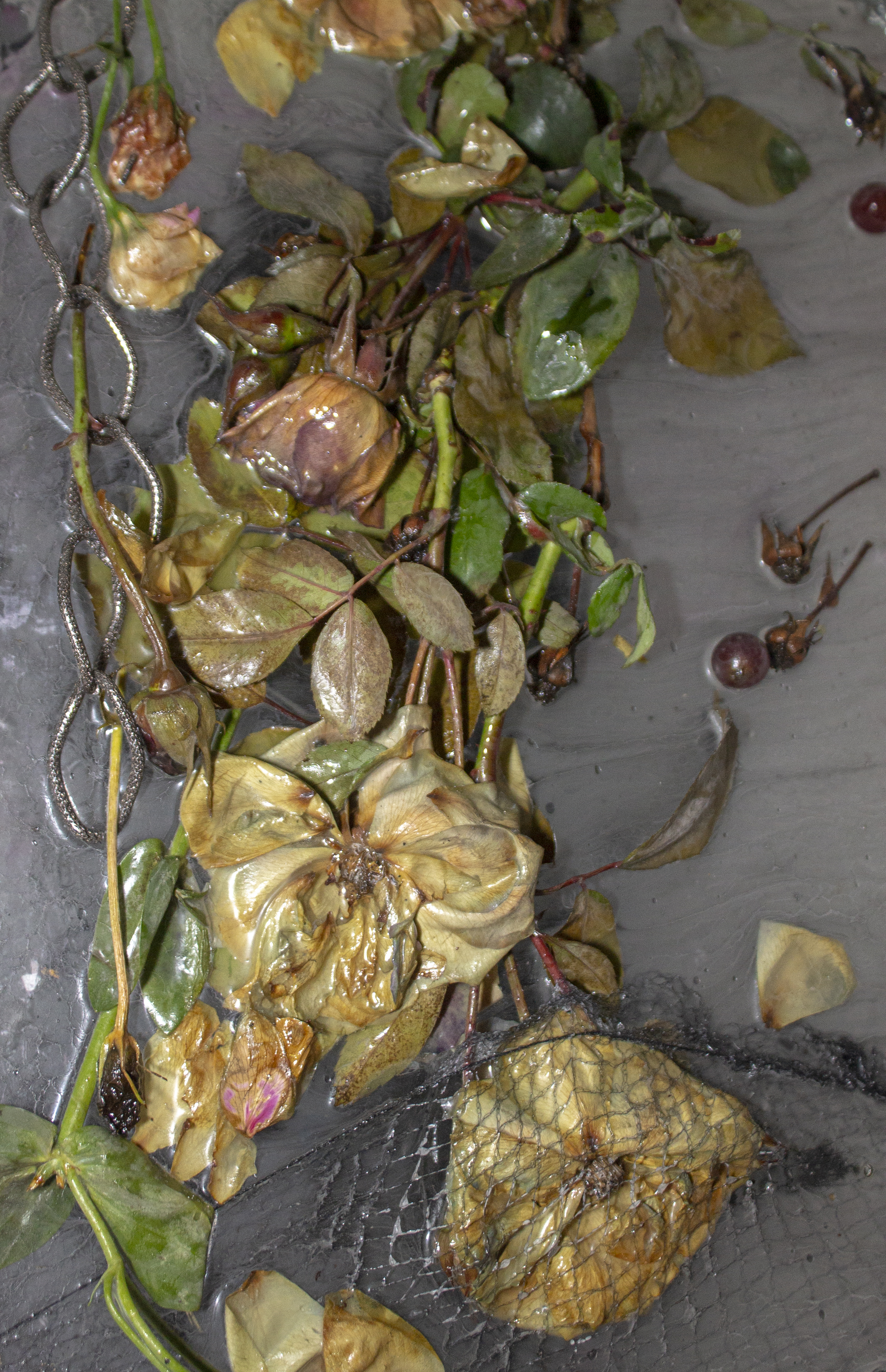







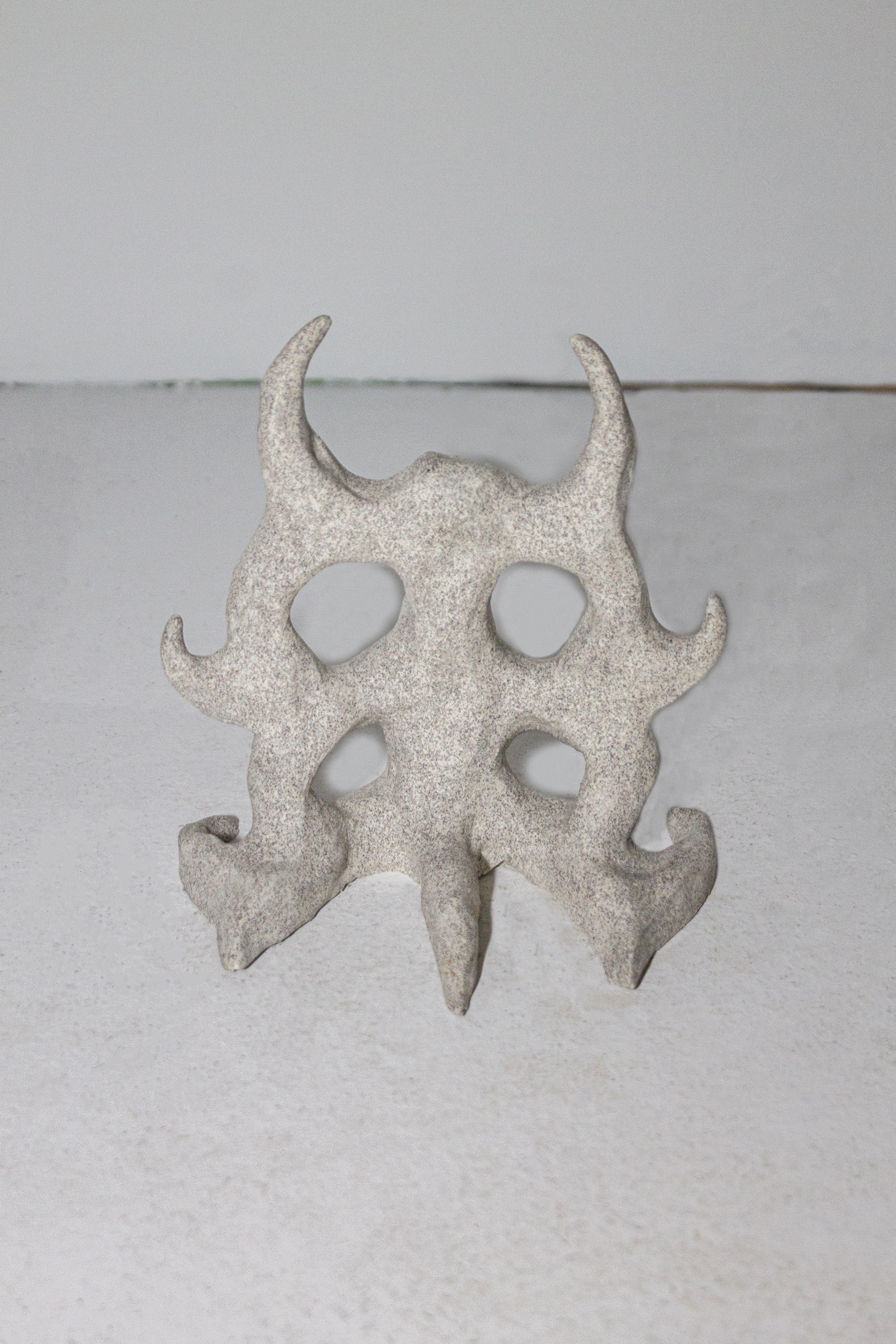




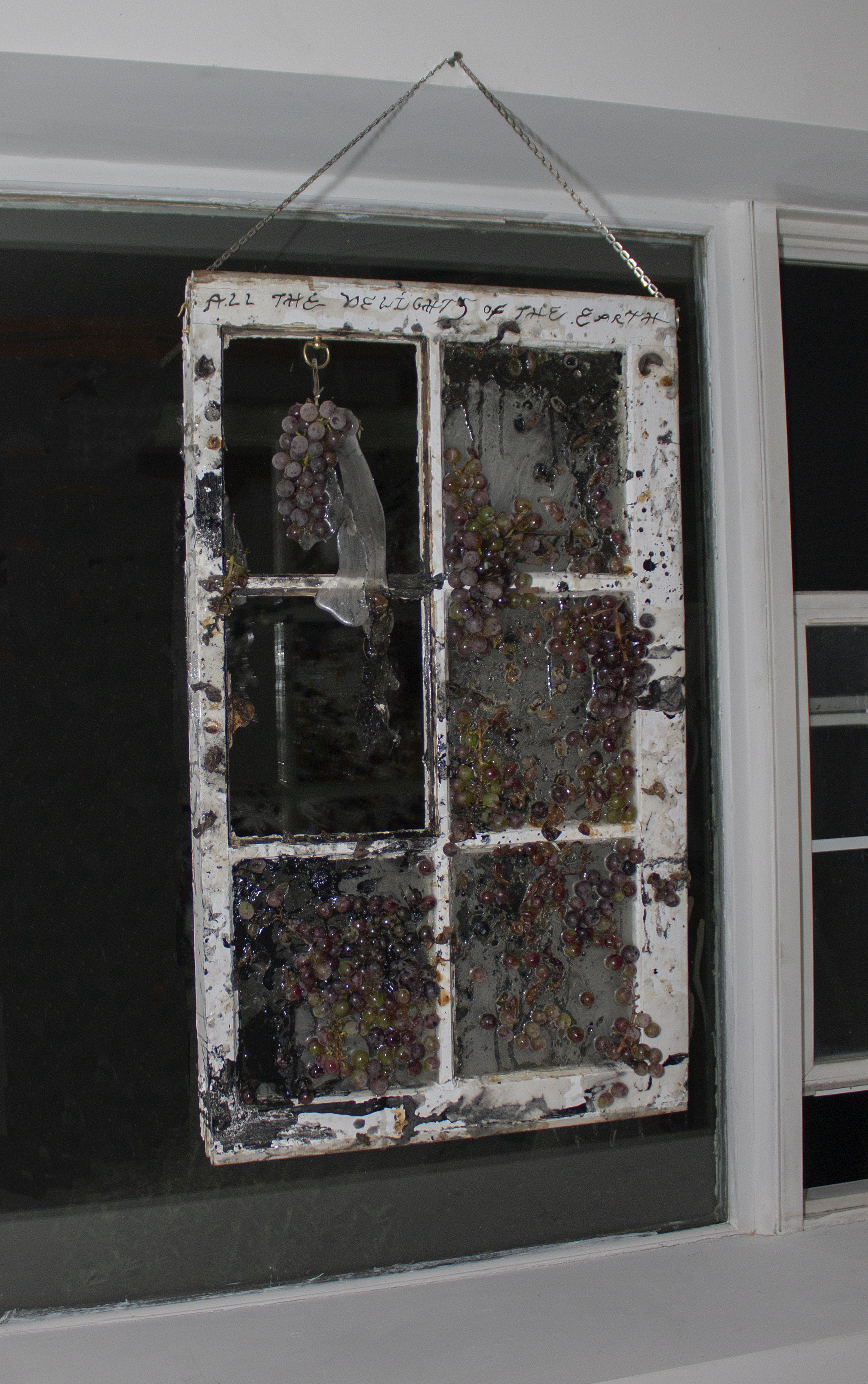
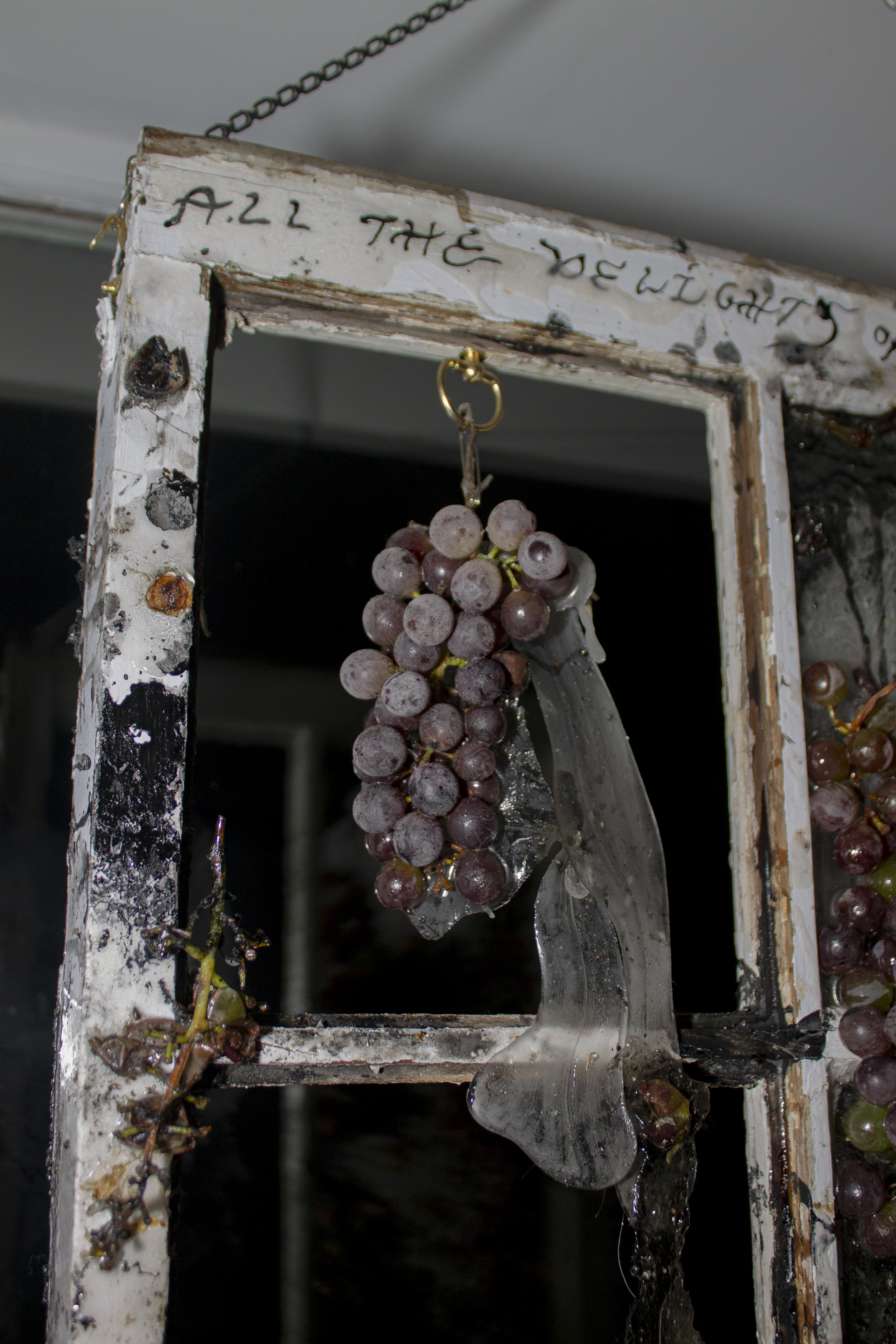

ARTIST STATEMENTS AND BIOS
éli del aims to dive into crude, visceral and enlightening experiences to come back and share what they have found in the abyss. Their practice makes use of calligraphy, diagrams, drawings, songs and tattoos, tools which allow them to connect to their epigenetic legacy of trauma, poverty, mental health and addiction problems, while invoking an inspiring heritage of witchcraft, visions and spirituality. This process leads to pictorial objects that form an erratic cartography inspired by Chaos Magick, psycho-pop literature and ecofeminist practices. Like molts that result from moments of healing, evolution or involution, their works integrate poetic messages – a sibylline prose that is blurred by sharp and sinuous scribbles and abstruse symbols. This textual aspect of their work is made to be sung, deciphered, or left to interpretation, taking the form of motivational phrases and enigmatic advice that serve as an invitation to regeneration, fluidity and ruin.
Graduate of UQAM’s Visual and Media Arts program (2019), they live in Tio’Tia:Ke (Montreal), where their work has been shown in exhibitions, festivals and various public and private spaces such as Art Souterrain, OFFTA , Espace Maurice and Projet Casa. They also exhibited pieces in Québec city, Rouyn-Noranda, Berlin and Brussels. éli del is currently taking part in the 15th edition of Projet Complot.
Cléo Sjölander is an emerging artist born in Tiohtià:ke (Montreal), where they also currently live and work. They have a bachelor’s degree in visual art (Studio Arts) from Concordia University (2020). Their works has been exhibited in Canada and New Zealand, most recently at Celine Bureau, Espace Maurice and Projet Casa in Tiohtià:ke (Montreal).
Cléo Sjölander explores the parallels between the defense mechanisms of animals, plants and humans. They are interested in adaptation as a sensitive response to vulnerability, meaning as a way to define and build safe spaces against the oppressive normativity and marginalization of those who oppose it. Their work is born out of a desire of healing and empowerment through dismantling the various domination dynamics imposed by the capitalist and patriarchal structures that govern our existence.
The act of kneading organic matter and turning it into installations bears the mark of ritualized gestures inspired by a legacy of witchcraft and magic. Therefore, their artistic approach explores the material representations of these specific defense mechanisms that allow us to filter our environment and (re)define our limits.
Julien Parant-Marquis is a Montreal based artist working predominantly in painting and drawing. He holds a Bachelor of Fine Arts from Concordia University in Montreal (Canada). Marquis’ practice also includes experimental photography and sculpture.
Parant-Marquis’s work presents intricate sceneries where a narrative structure is often hard to grasp. This is a result of his attempt to paint images of spaces filled with unidentifiable components. These spaces are mainly depictions of what the artist refers to as visualizations; a glimpse of images or simple shapes that crystallize in his daily train of thoughts. He would expand on this term by defining it as “a visual spasm that is primarily subconscious". In a way, it is similar to a retinal imprint caused by gazing at a glare for too long. Once they are roughly sketched on whichever newfound piece of paper, they take on a materialized form that can serve a future painting.
His research is mainly directed towards the construct of a visual lexicon where he can source his ideas for imaginary collages. The artist’s elaborate these shape and color compositions “au fur-et-à-mesure" in an automatic response to the developing stages of an artwork. The cumulative effect of searching for meaningless shapes and empty symbols further establishes his visual language. In the end, Parant-Marquis’s practice is an embodiment of his obsession towards the visceral experience of making a painting.
Alex Patrick Dyck is a multimedia poet, splosh artist, frog man & medicine maker; a romantic hoarder of sentimental trash and trampled roses, an altar builder, memory gatherer, a seeker seeking. They work with the interaction of plants, dye, resin, textiles, bodily fluids, text & chains as a way to explore the life-death-life cycle of the natural world. The subjective nature of interacting with the written word establishes intimacy but also exemplifies that language, and the ways we experience and interpret through it, is not identic to understanding. The works they make are constantly decaying and changing in texture and color, a reminder that all things change; "god is change."* By working towards living in fluid reciprocity they seek to reconnect with the ways their ancestors lived upon the earth.
Alex has self-published two books of poems, curated 12 immersive exhibitions and shown in NYC, California, Miami, Maine, Olympia, India and Tokyo. Their work has been featured in print by Commune Press, Cixous72, Bushwick Daily, Sex Magazine, Ginger Zine, Dark Chart House of Production, Smalls Fires Press & Heads Magazine. They hold a BFA from Pratt Institute and have graduated from Wild Gather: Seeds of Herbalism, Ninunong Gamot: Philippine Ancestral Medicine & currently attend The People's Medicine School. They live, work and grow in Upstate New York on occupied Mohican land.
Marie Ségolène is an interdisciplinary artist, writer and curator based in Montreal (Canada). She holds two bachelor degrees from Concordia University in Creative Writing and Intermedia Cyberarts In 2019, she completed her Masters in Performance from the School of the Art Institute of Chicago. Marie has exhibited work and performed in the US, Canada, and Europe, as well as self-published five artist publications with the support of Anteism.
In the spring of 2021, Marie directed a short performance film, entitled Rouge Gorge, that was exhibited at the Cue Art Foundation in NYC. Rouge Gorge was awarded best experimental film by the New York International Film Award and was selected for the Berlin Indie Film Festival. A few months later, Marie founded Espace Maurice, an apartment gallery located in Montreal’s gay village. Espace Maurice has featured collaborative curatorial projects with Cleo Sjolander, Julien Parant-Marquis, Jeffrey Grunthaner, Éli Del, Nina Schuiki and
Anna Cahn.